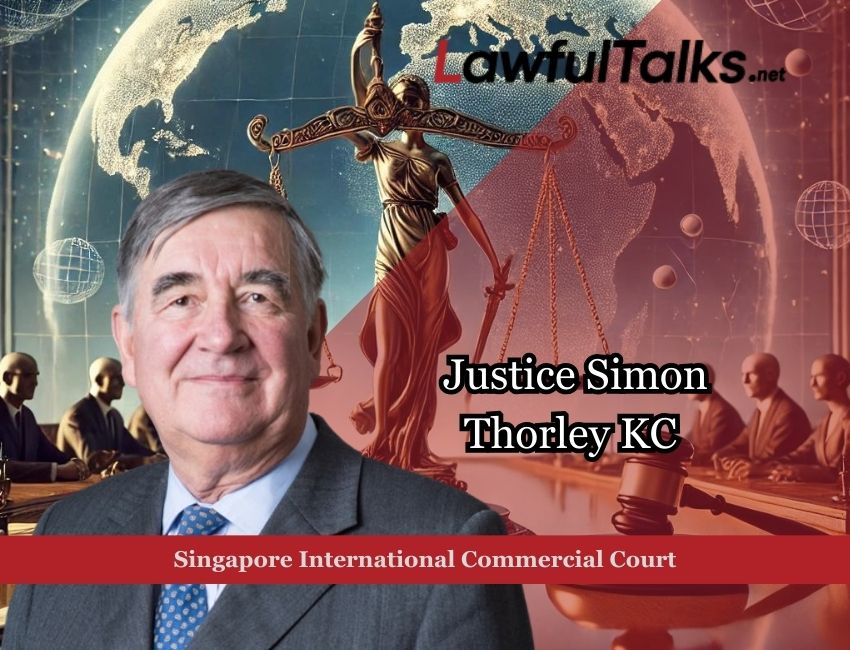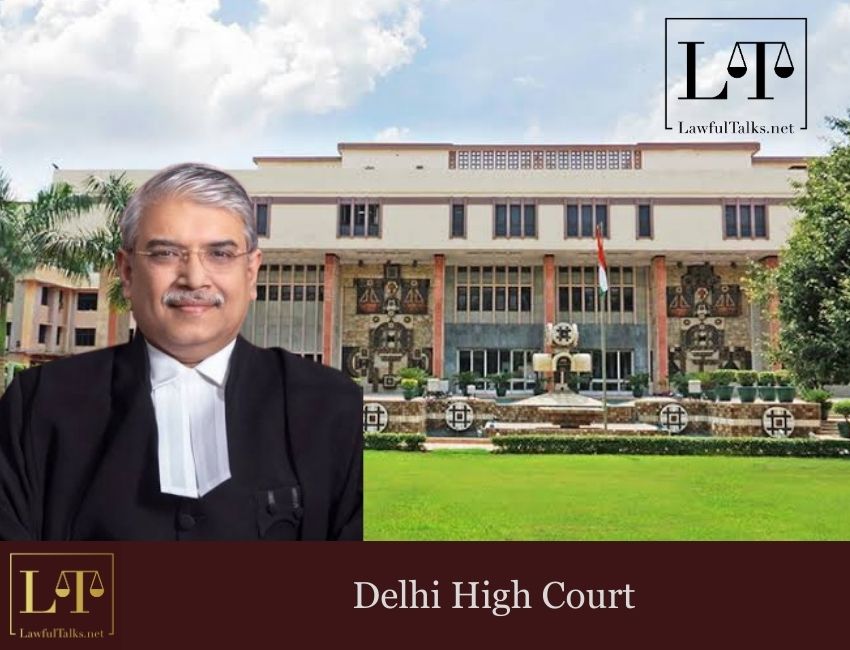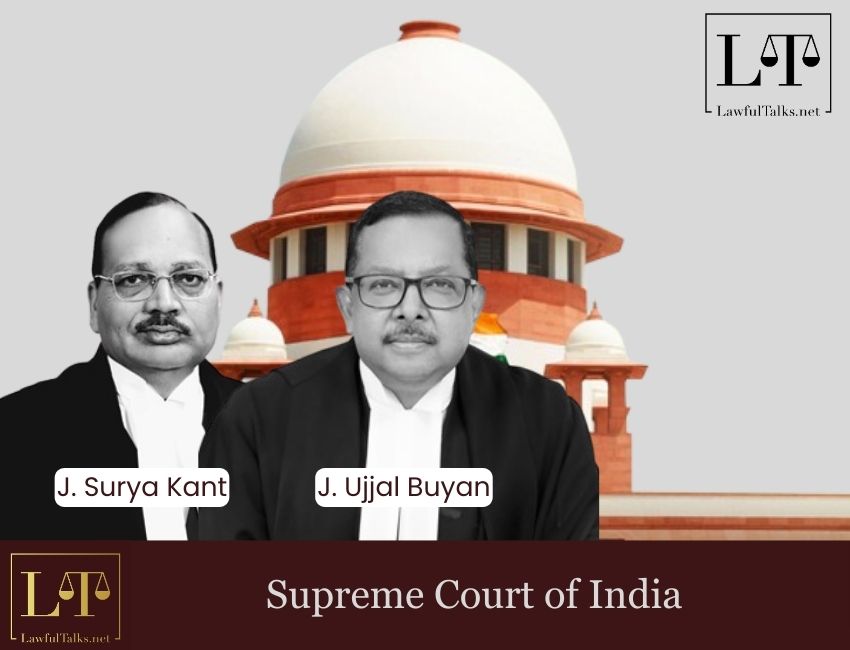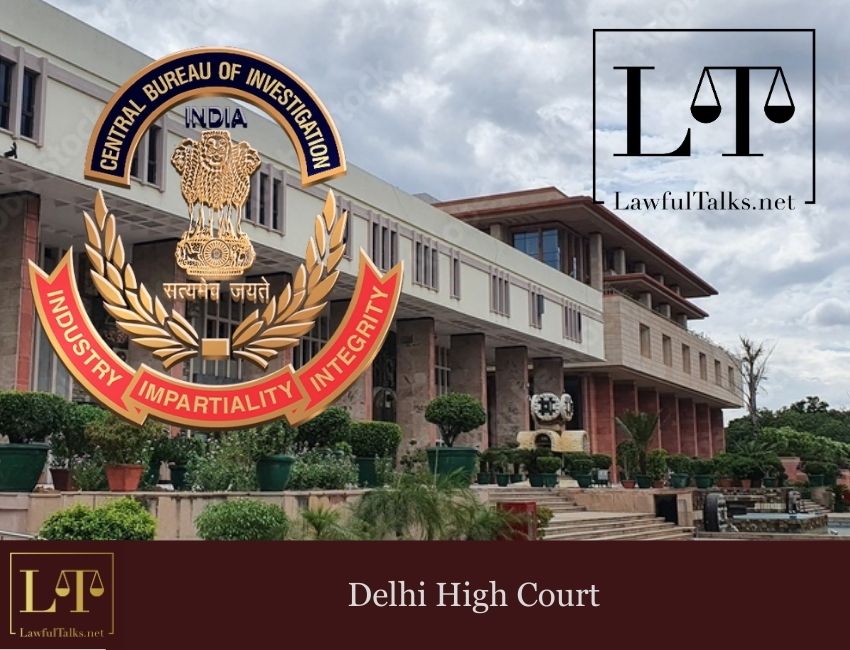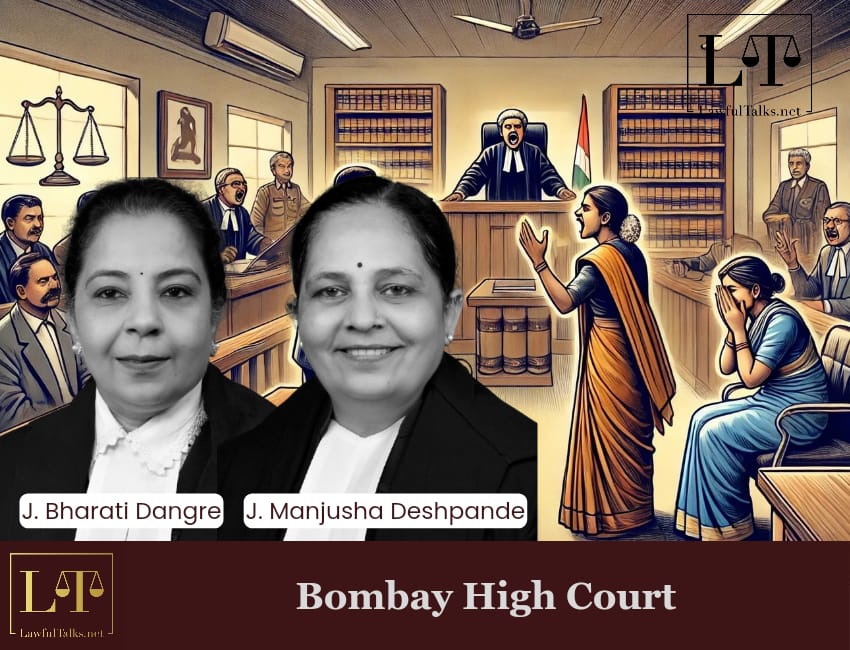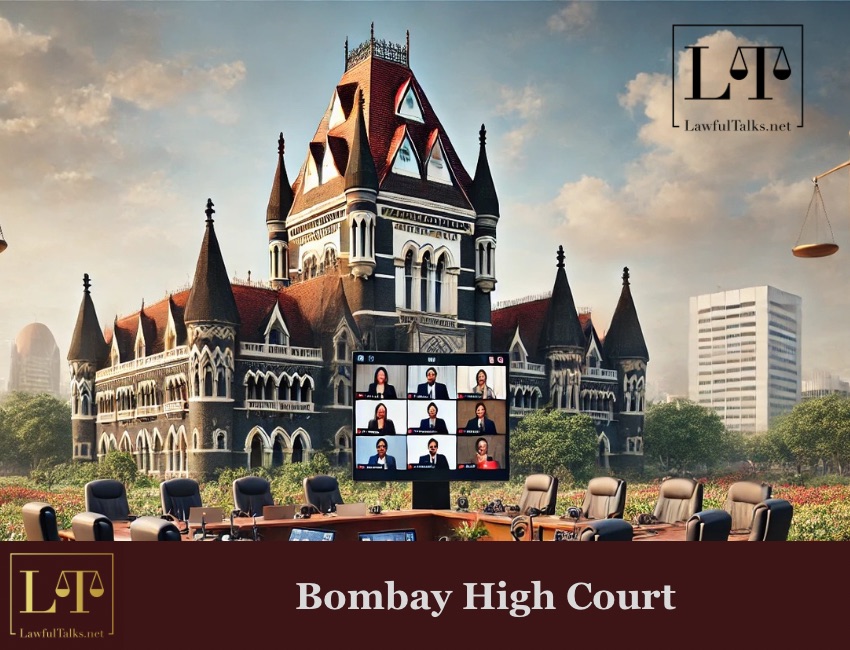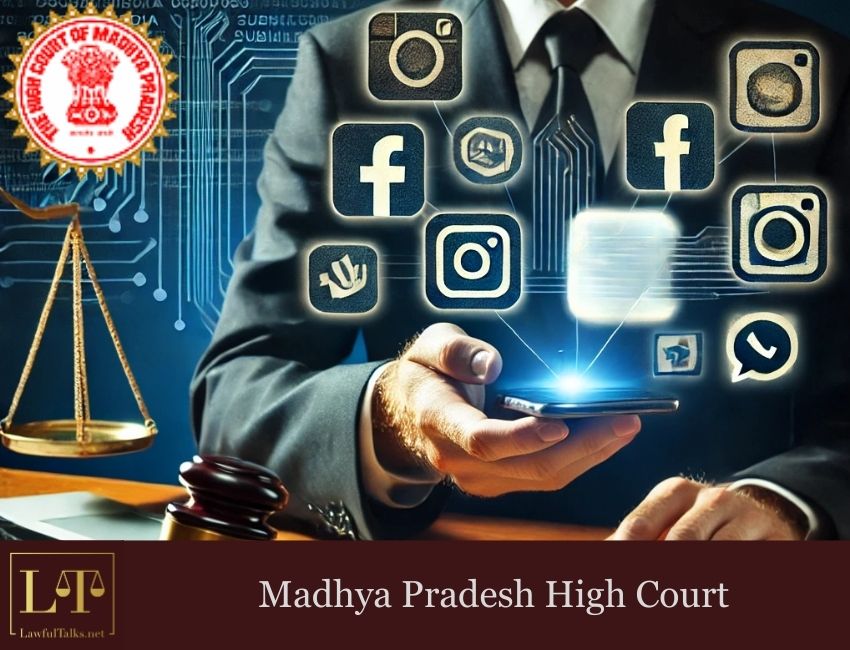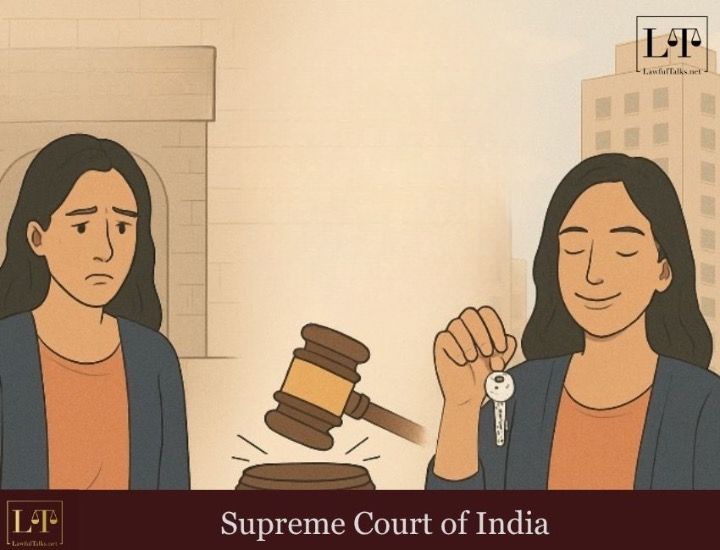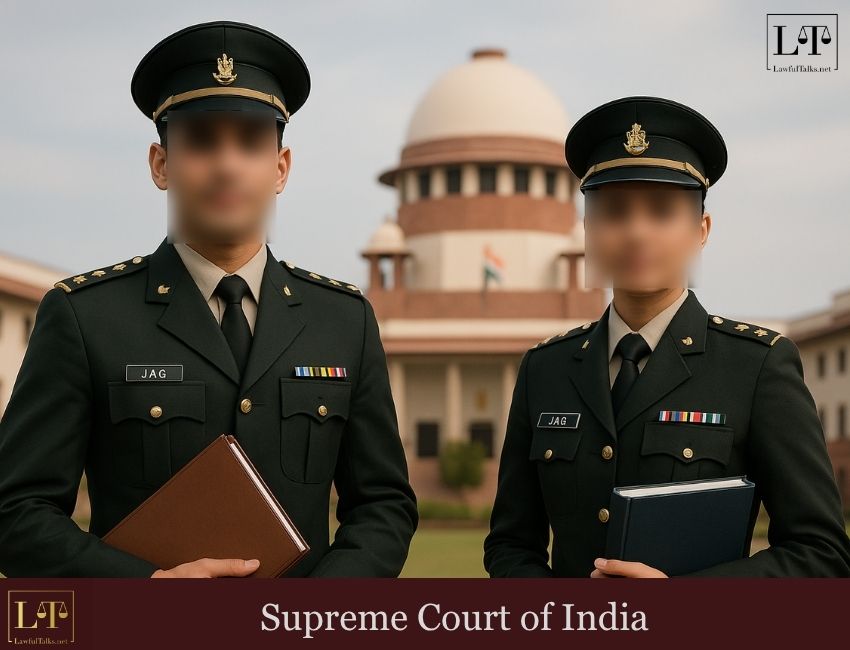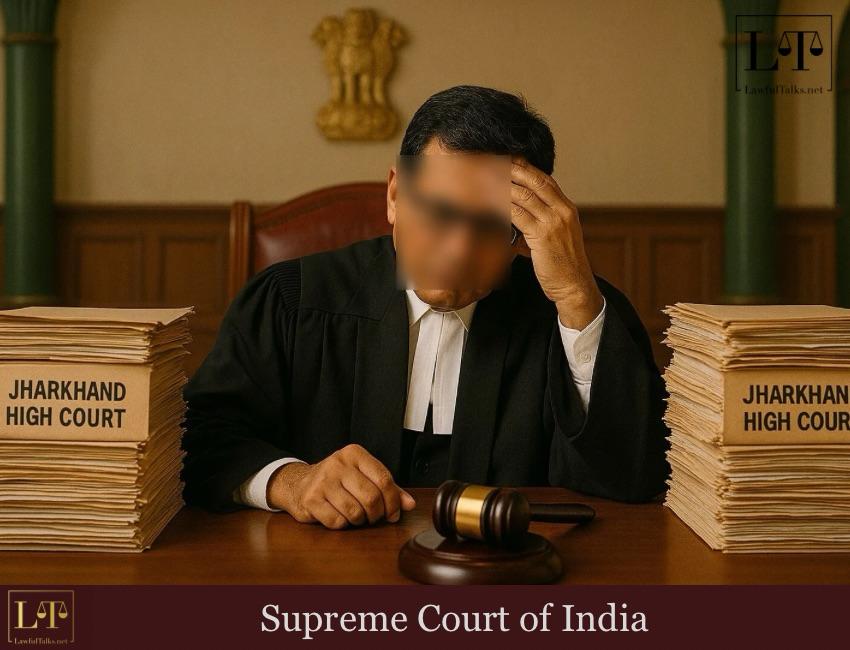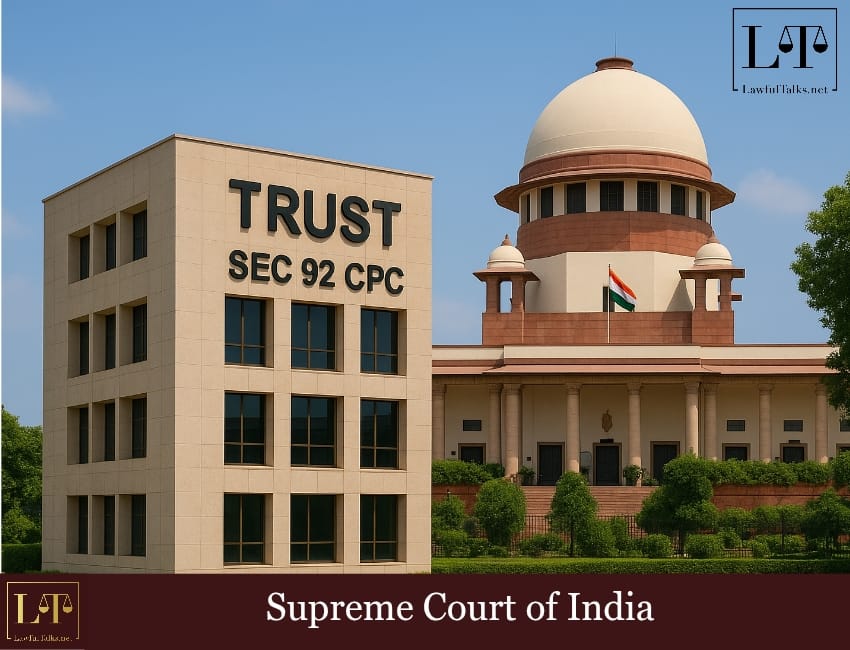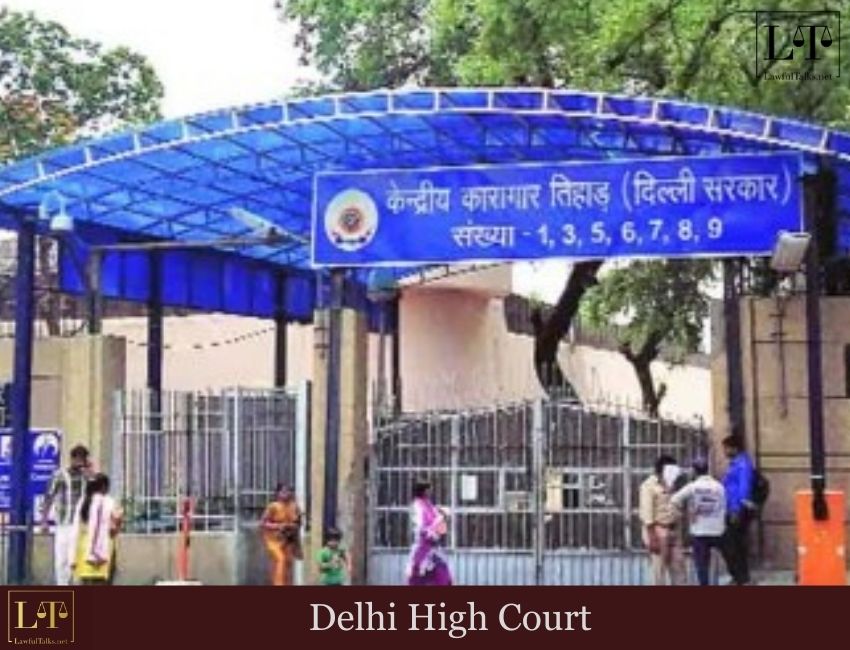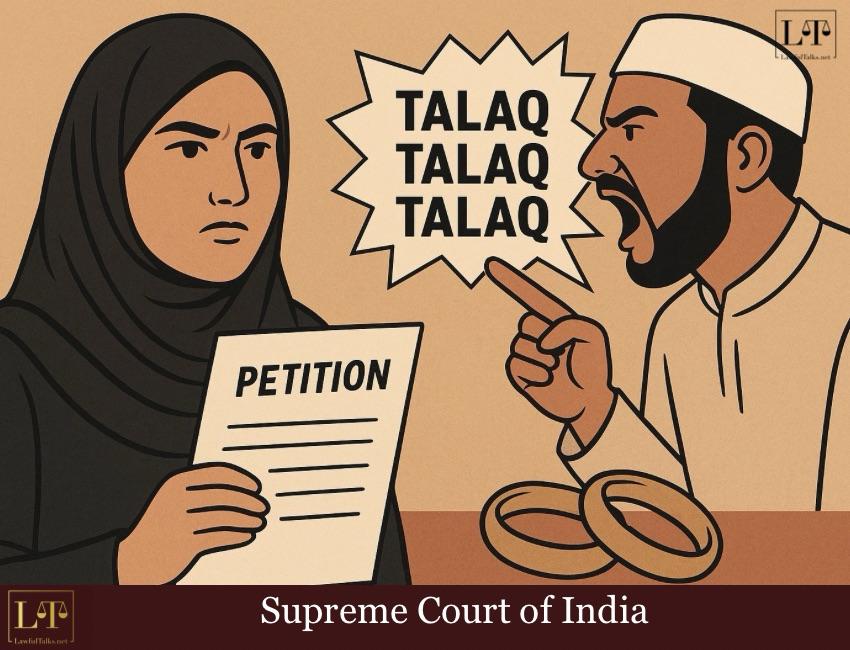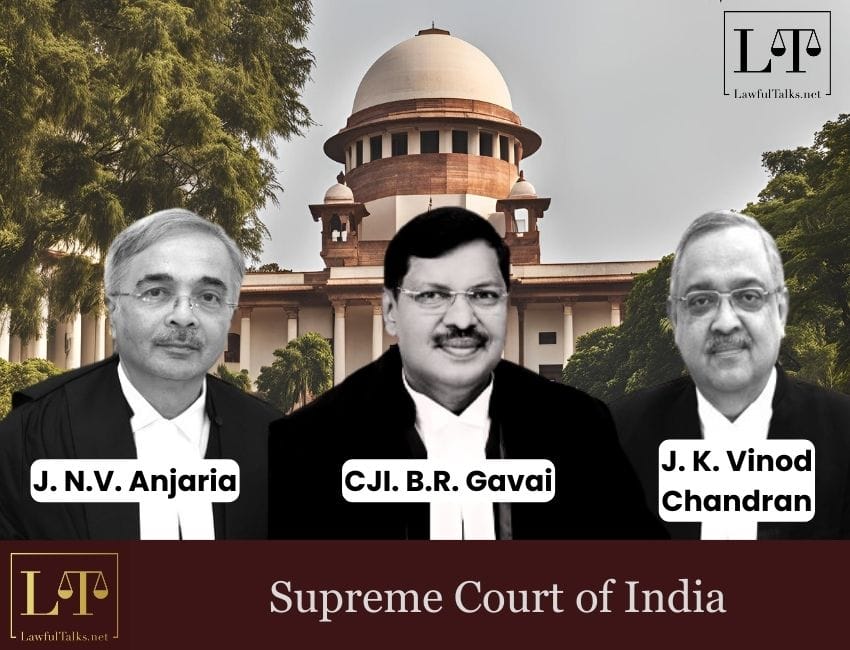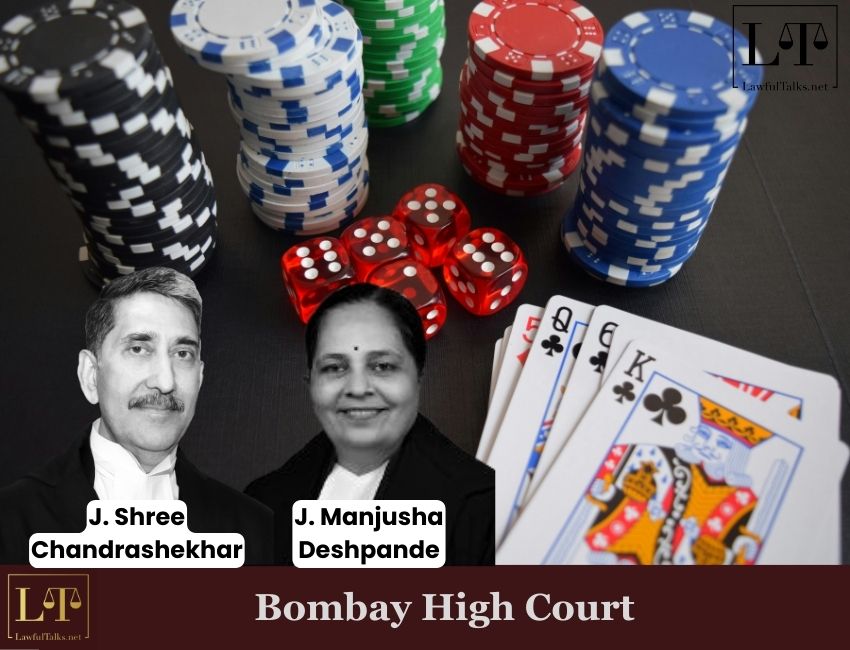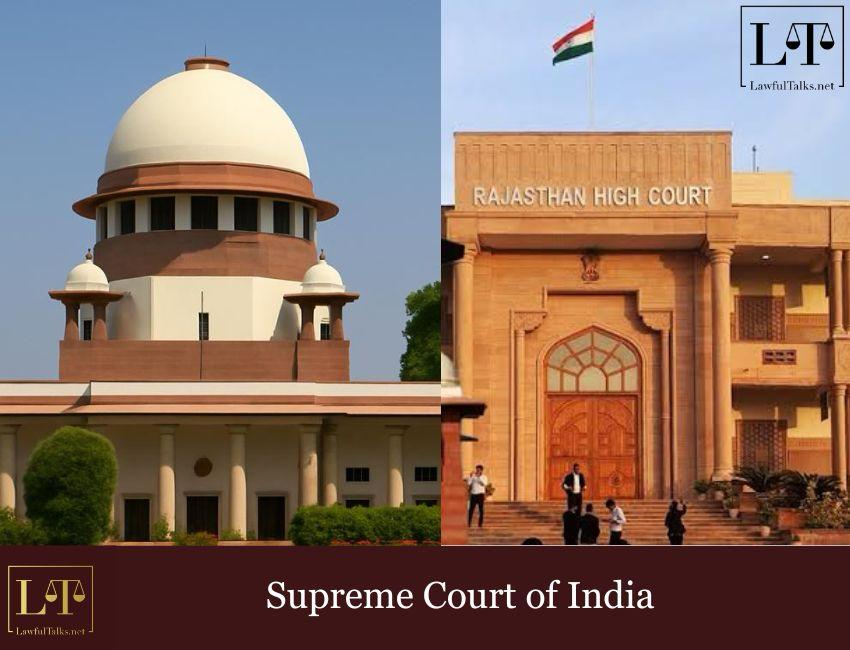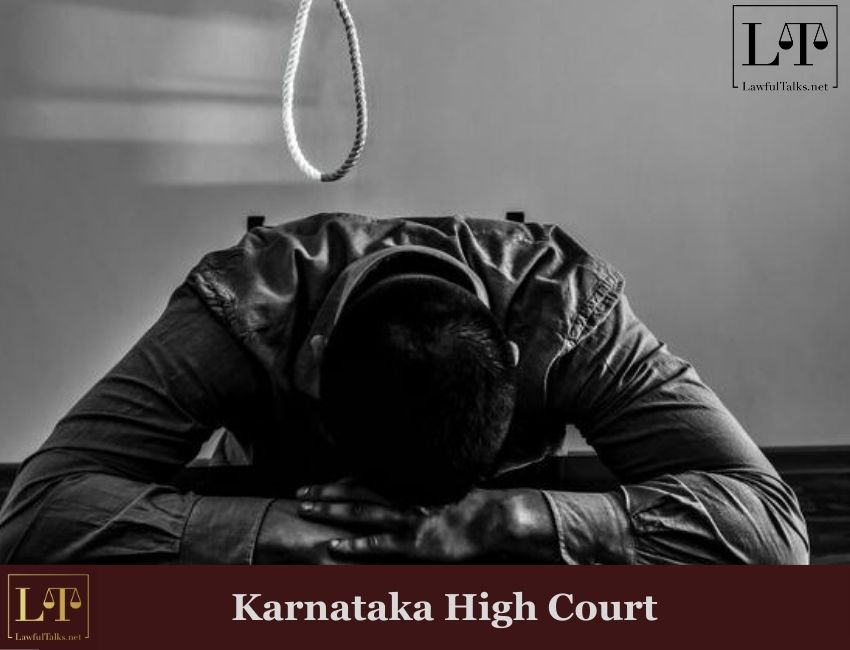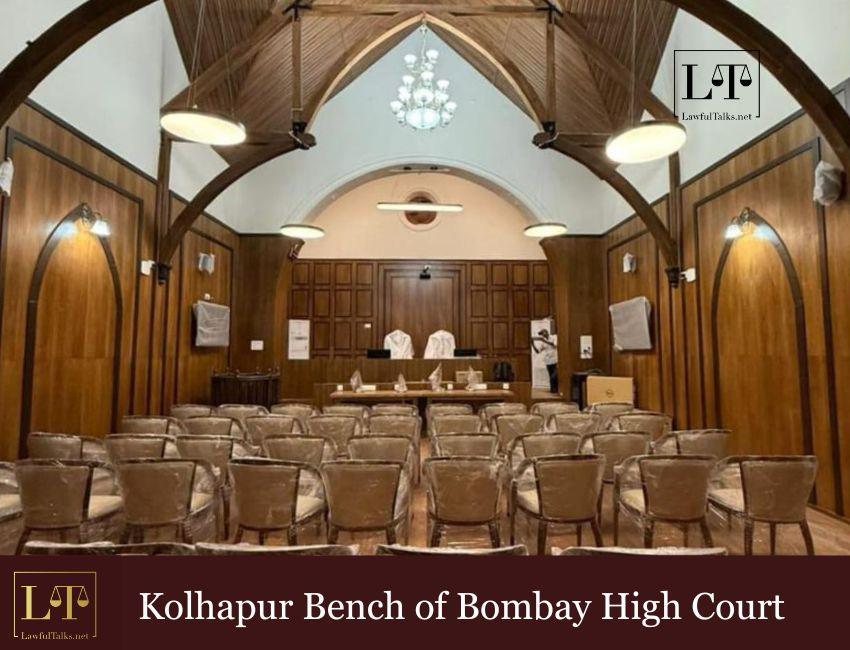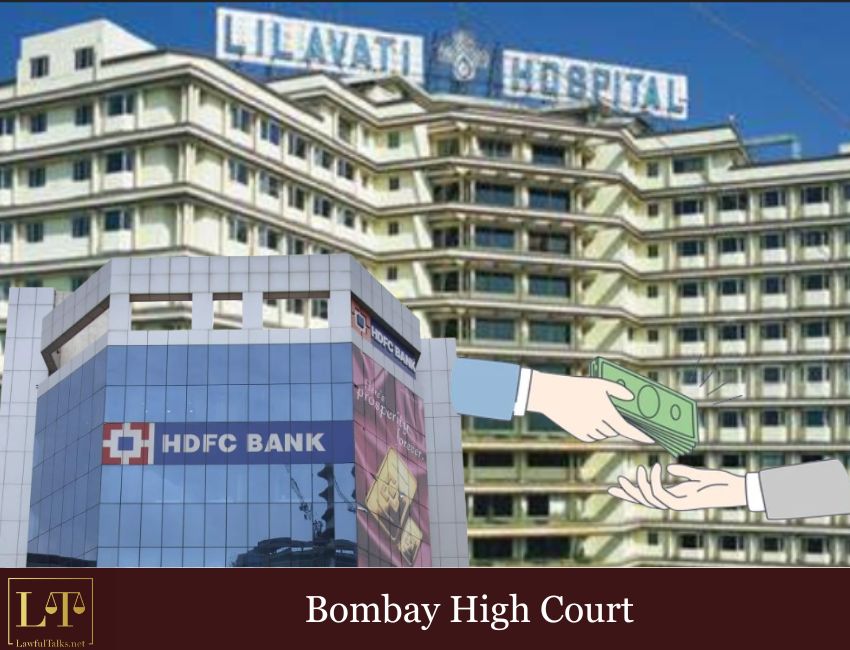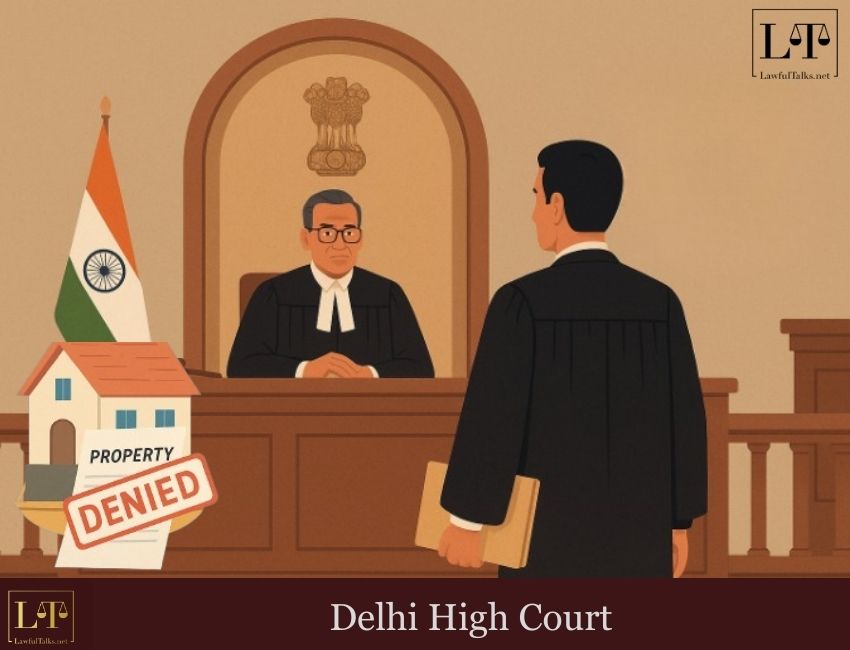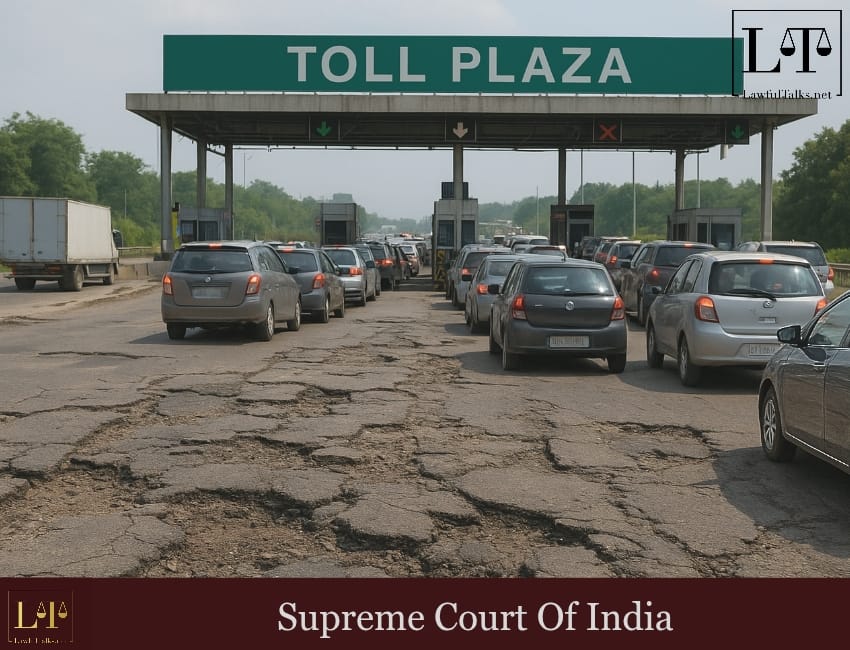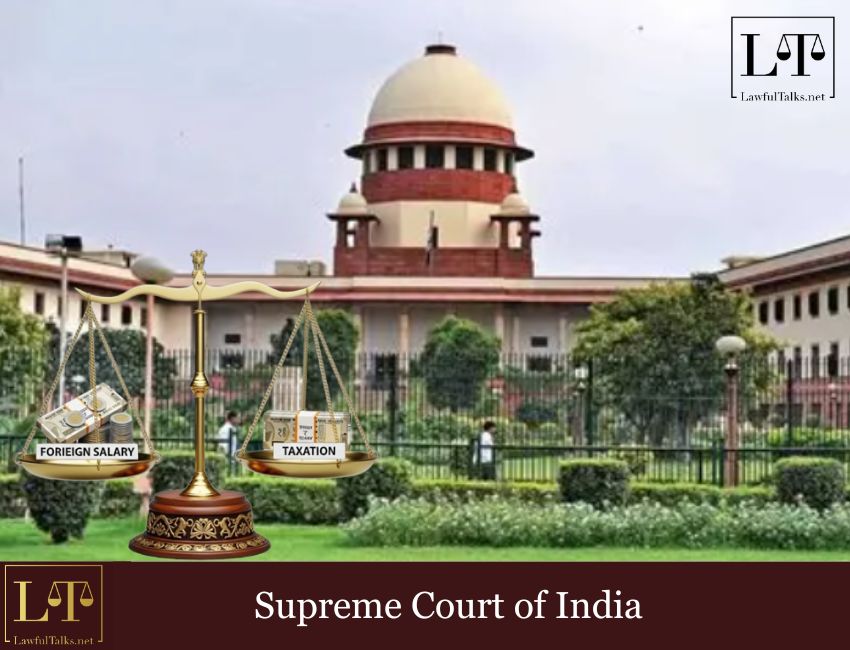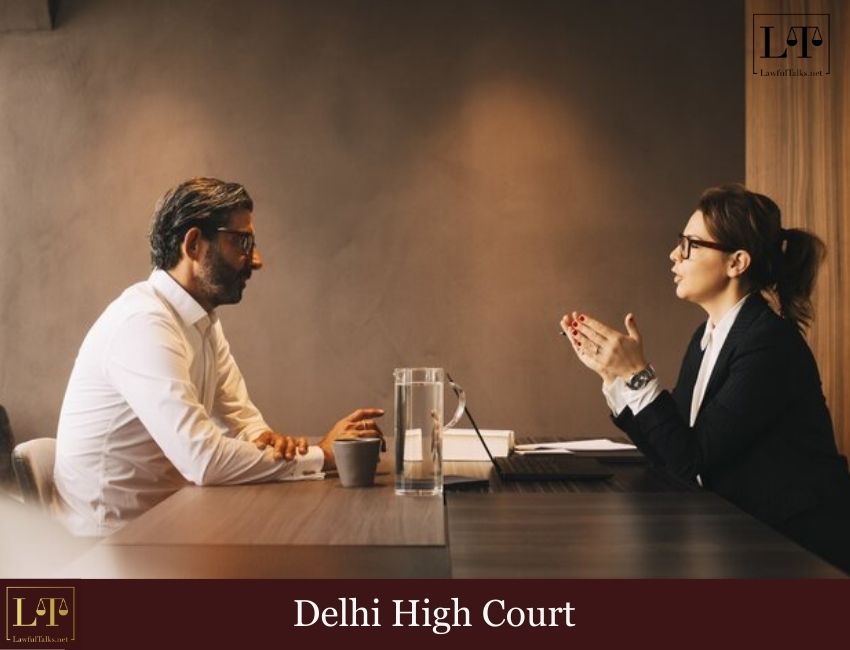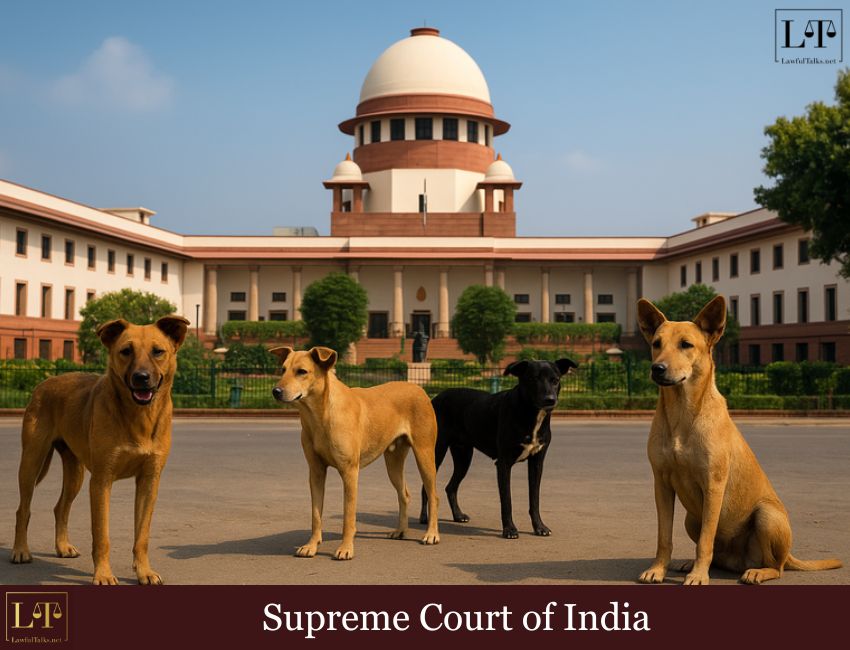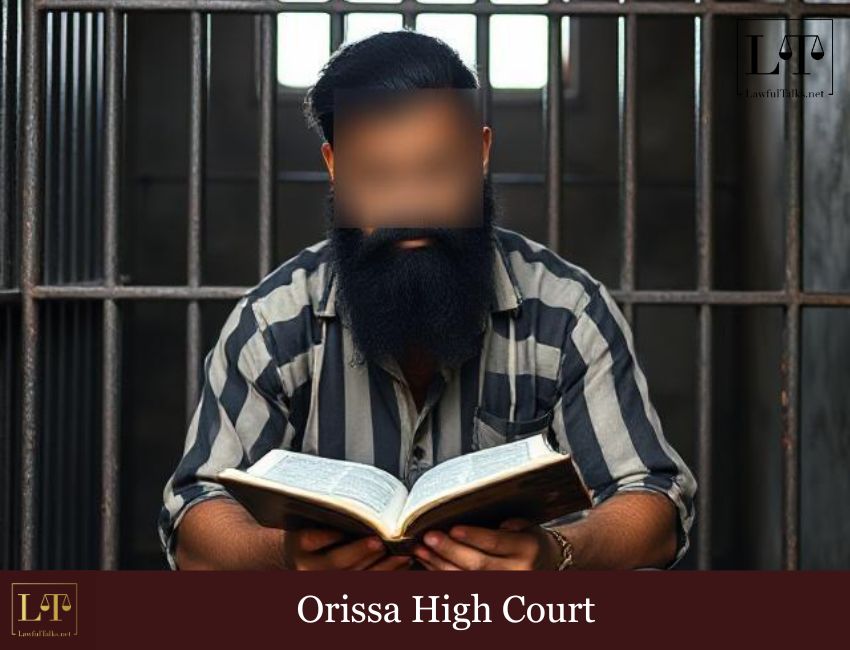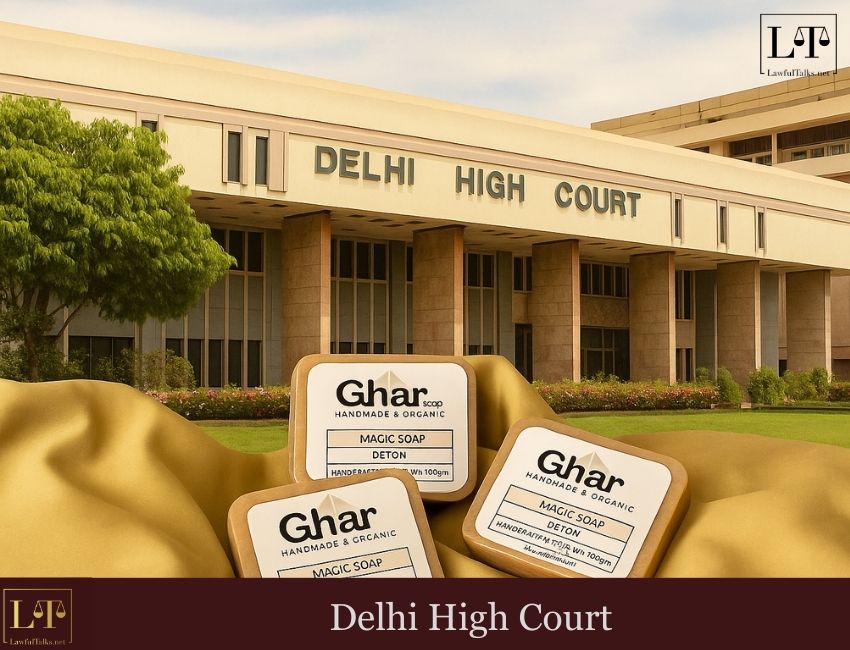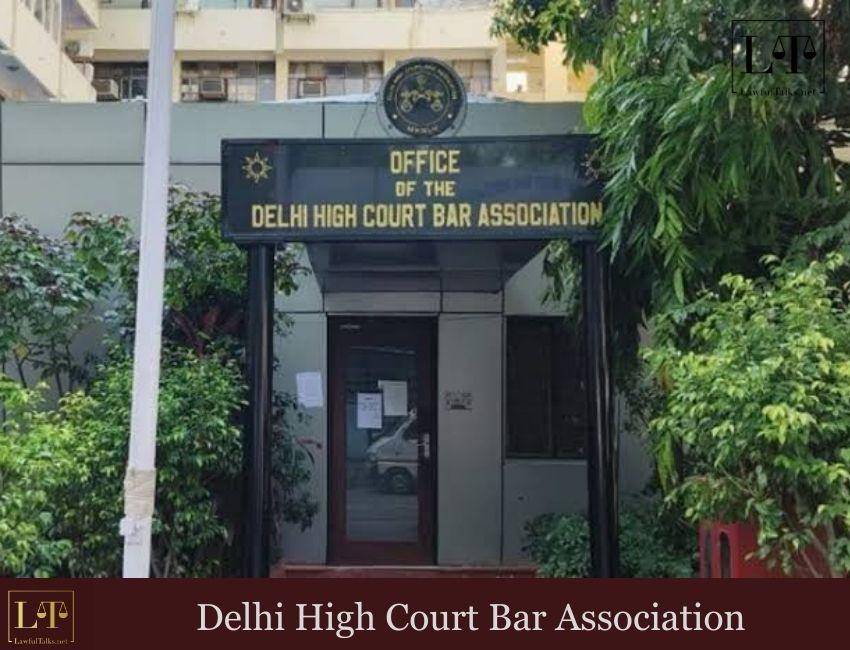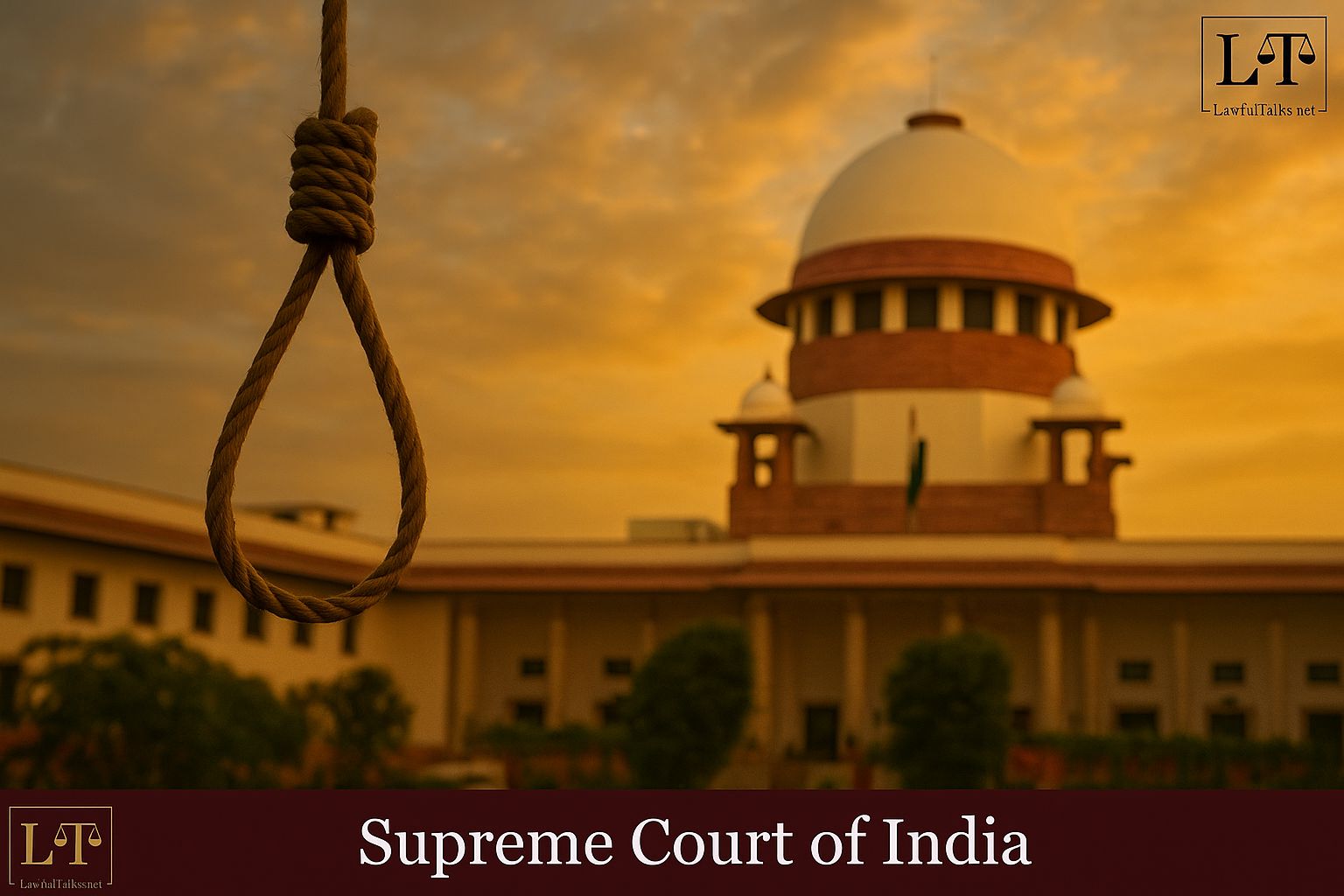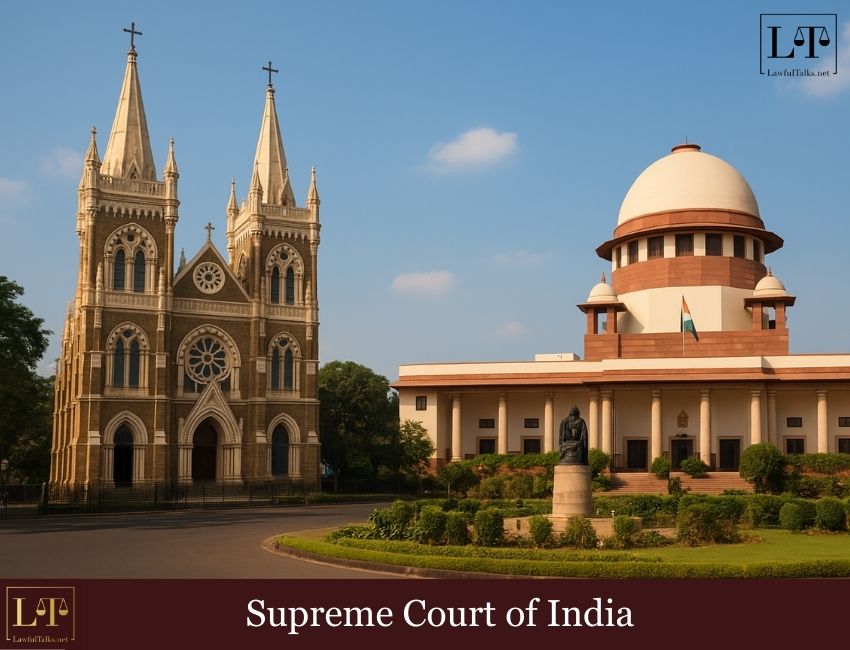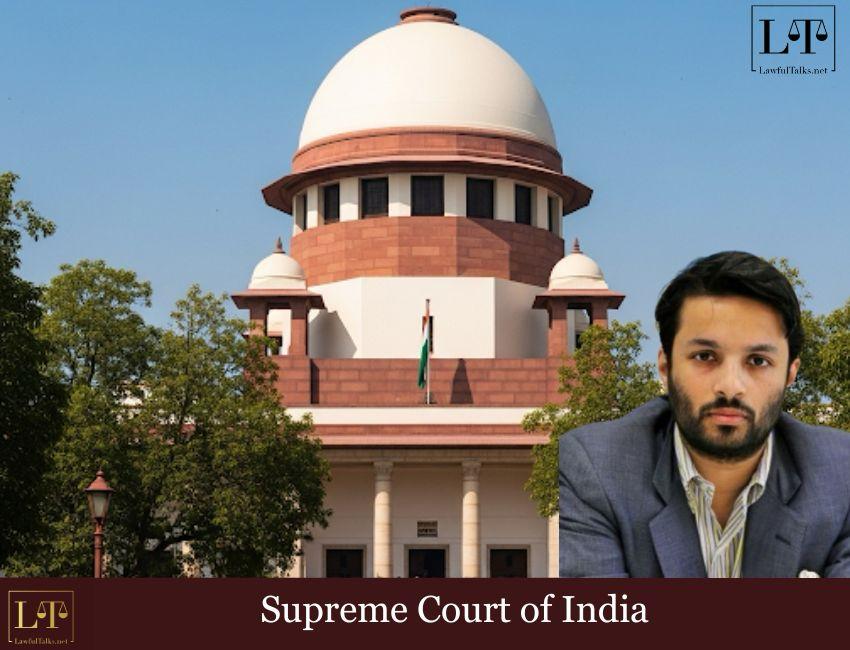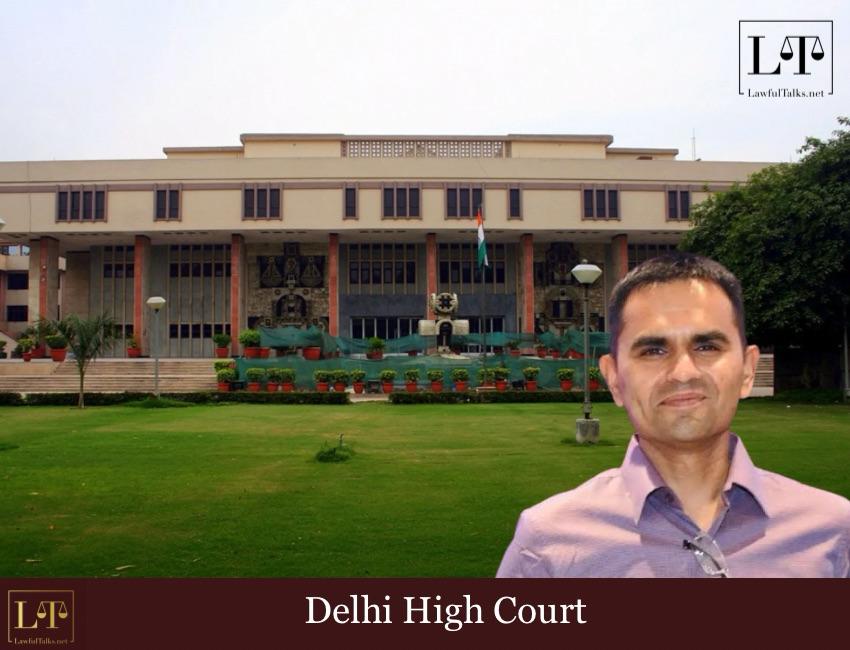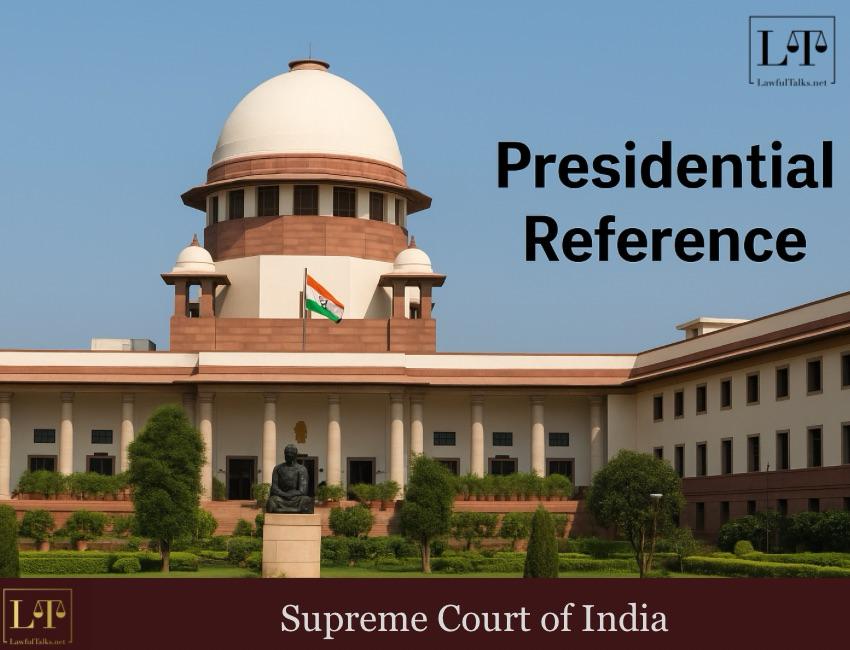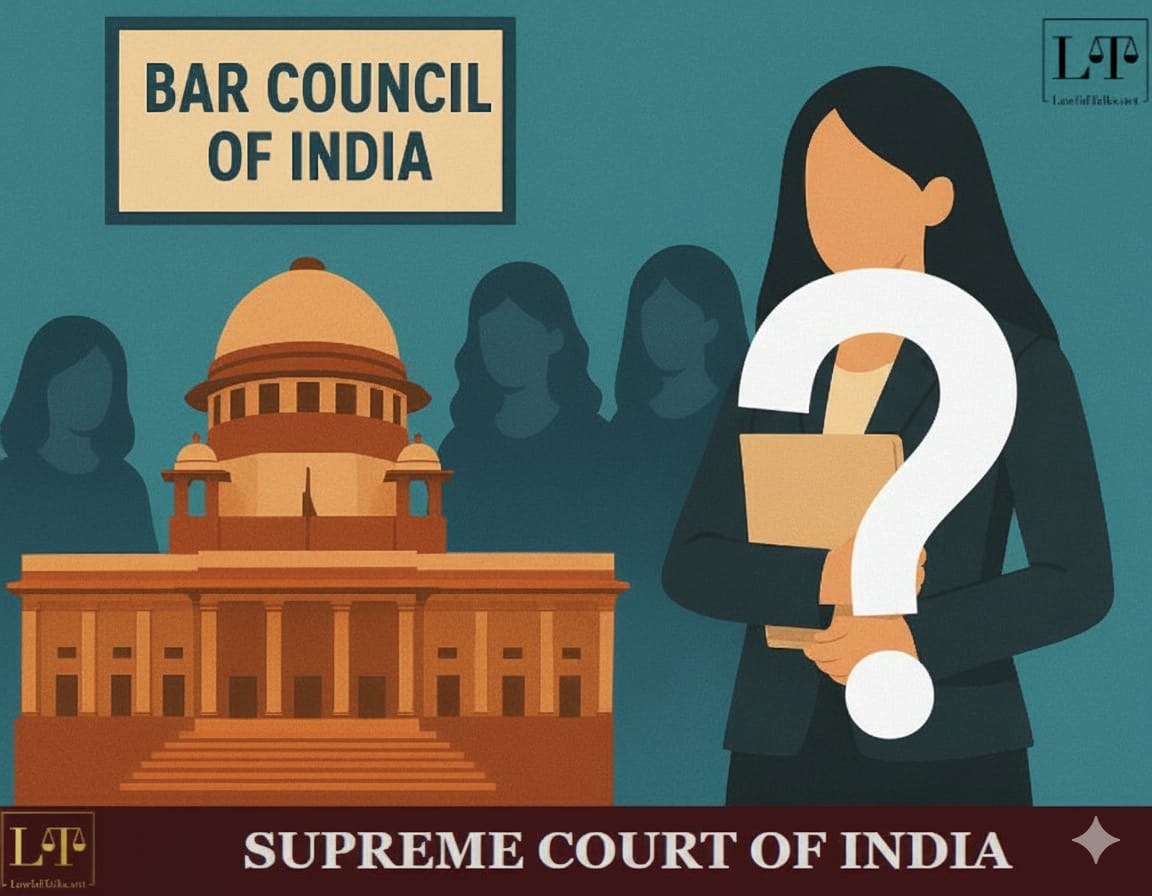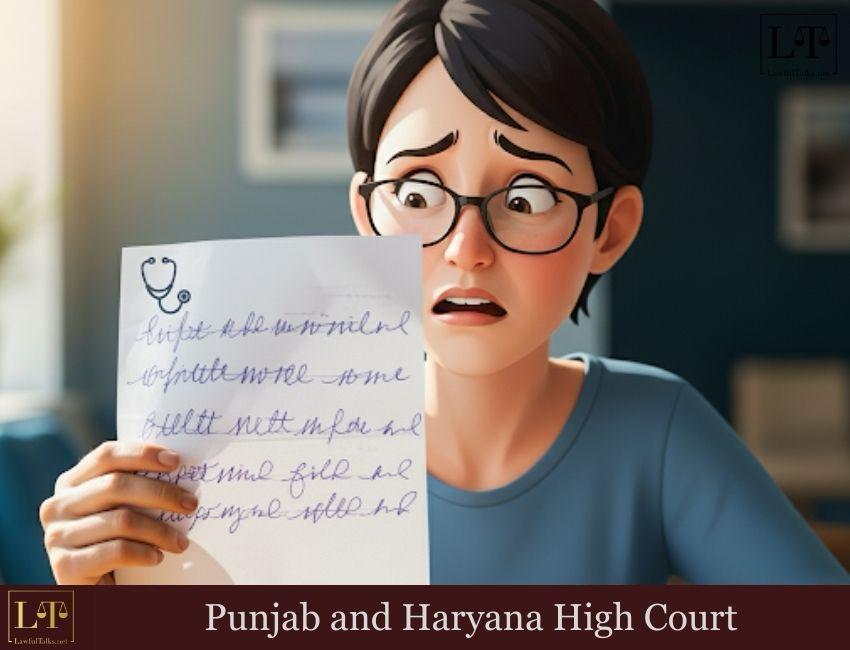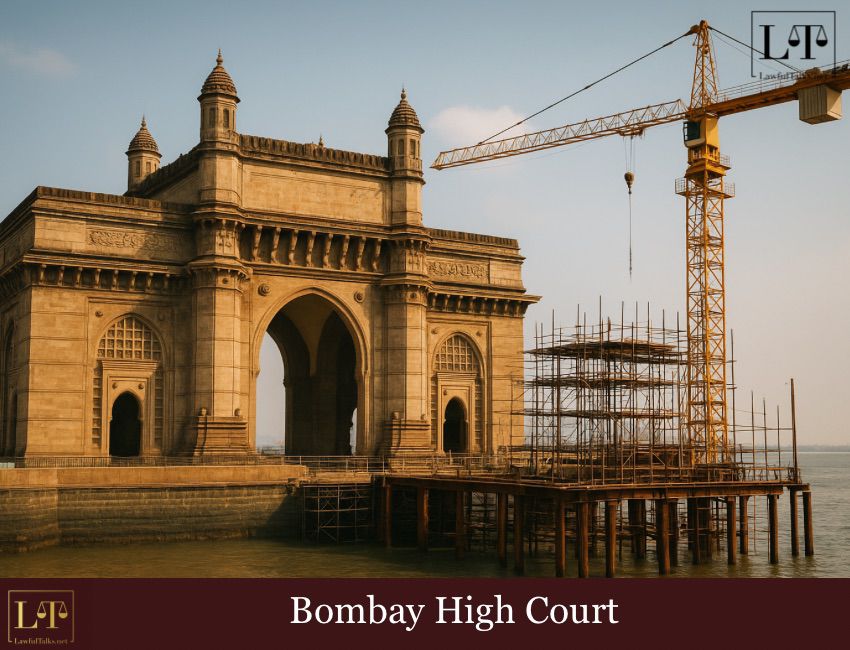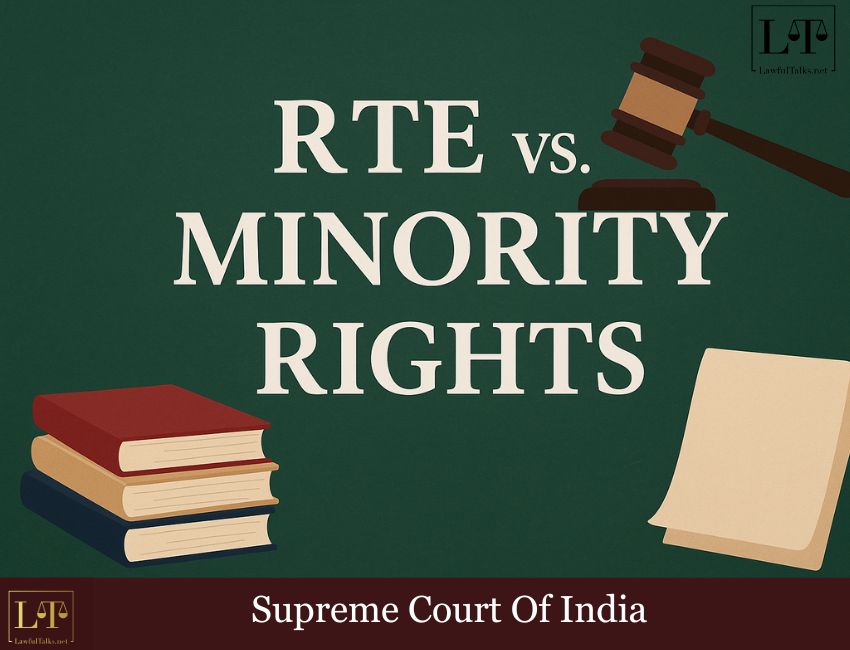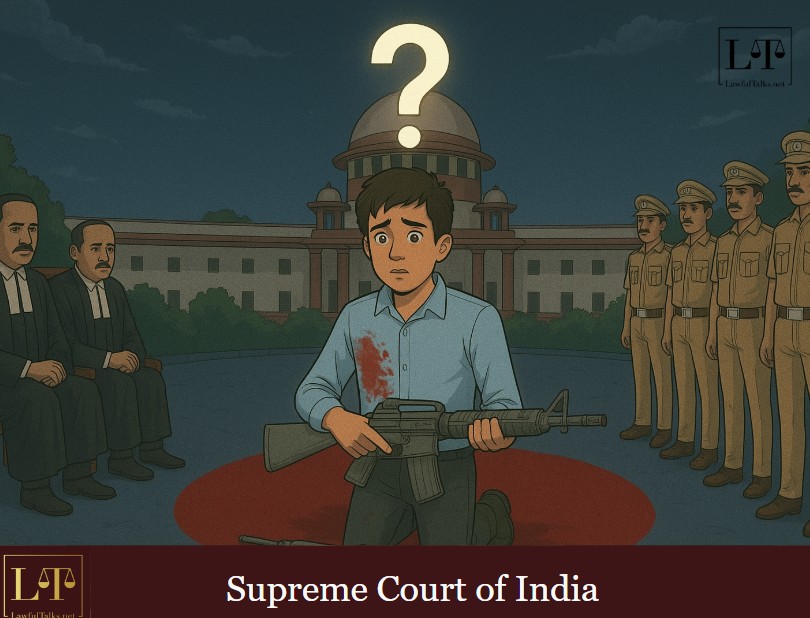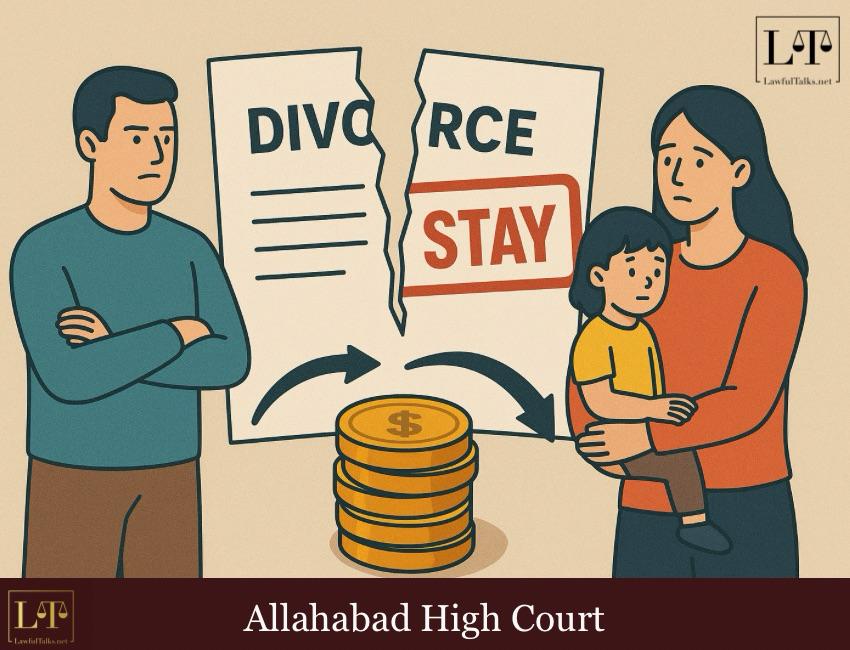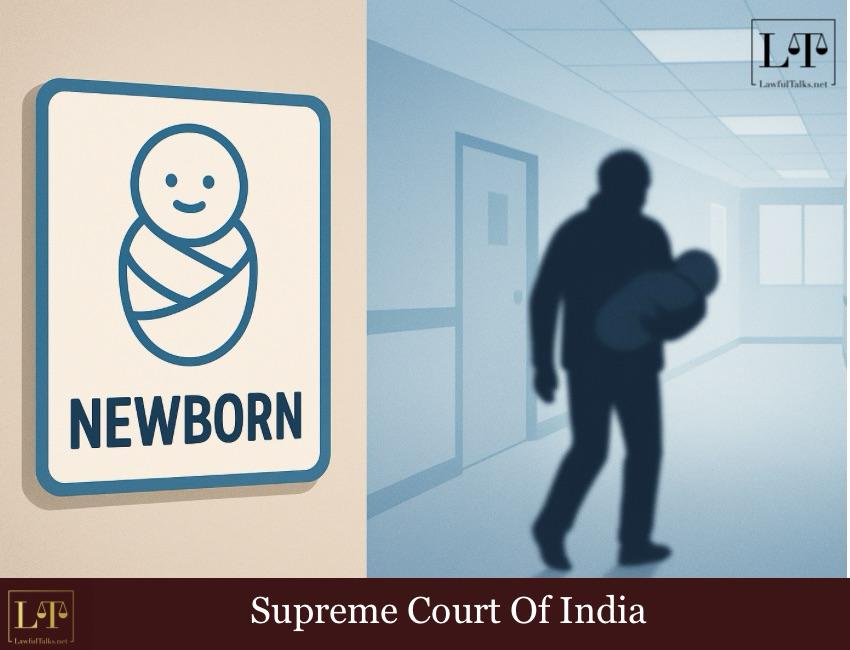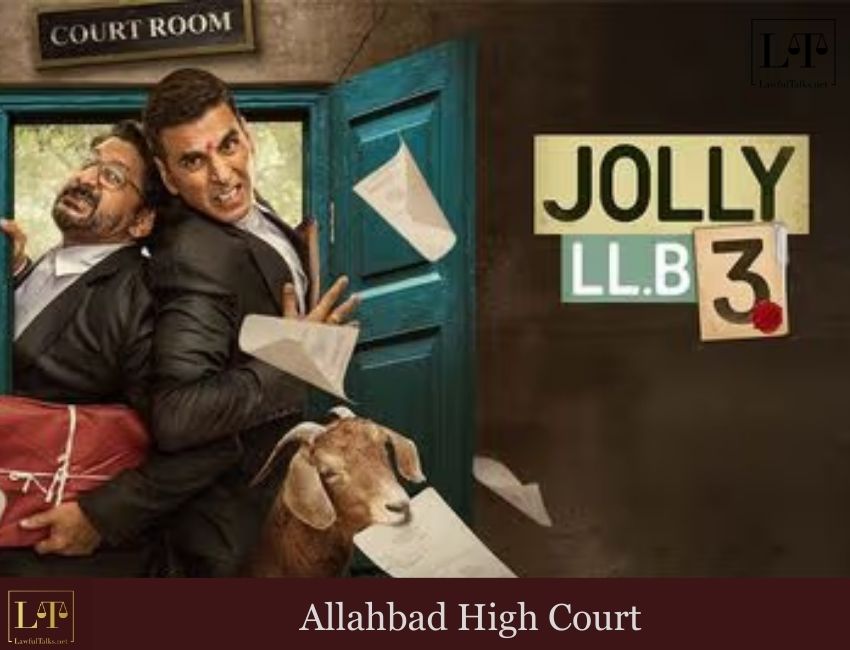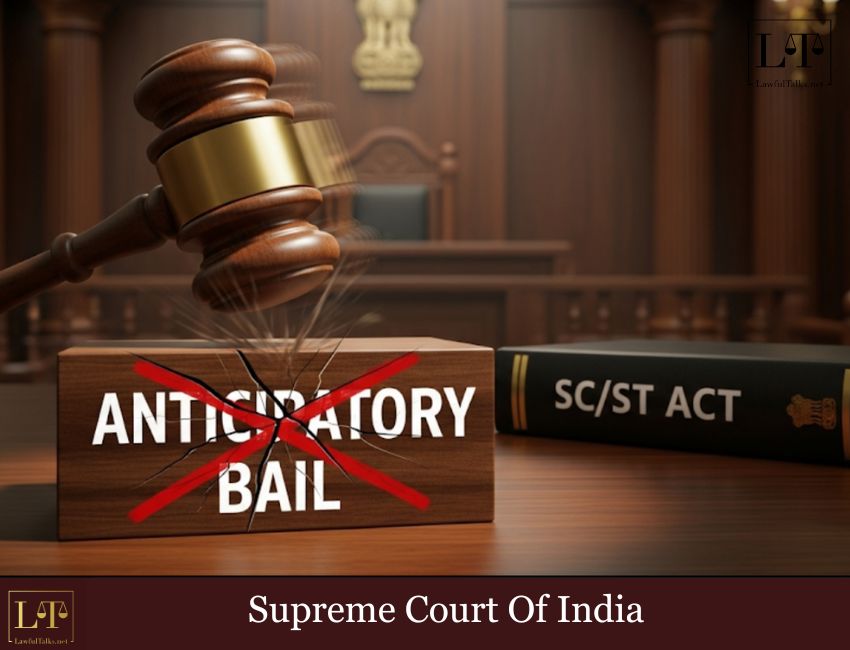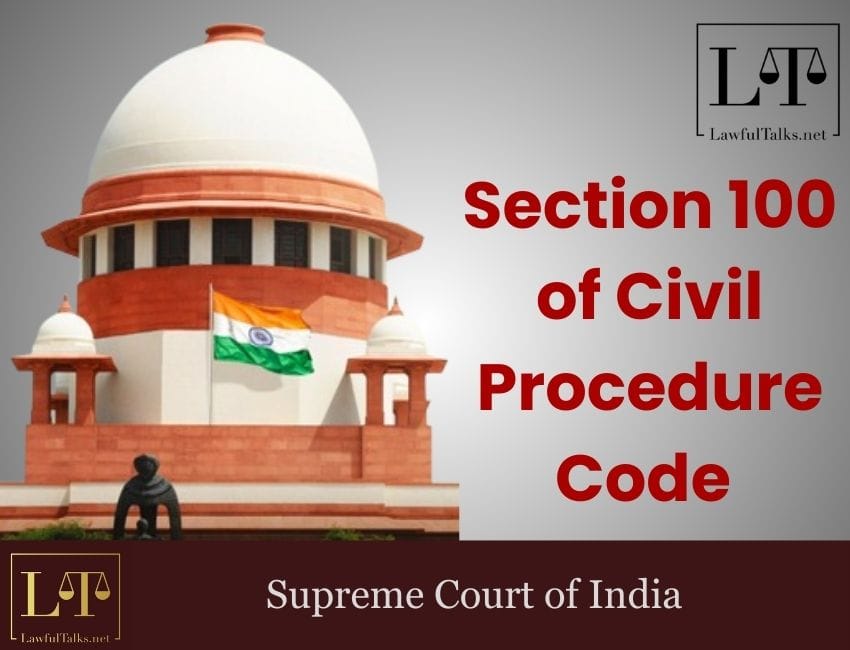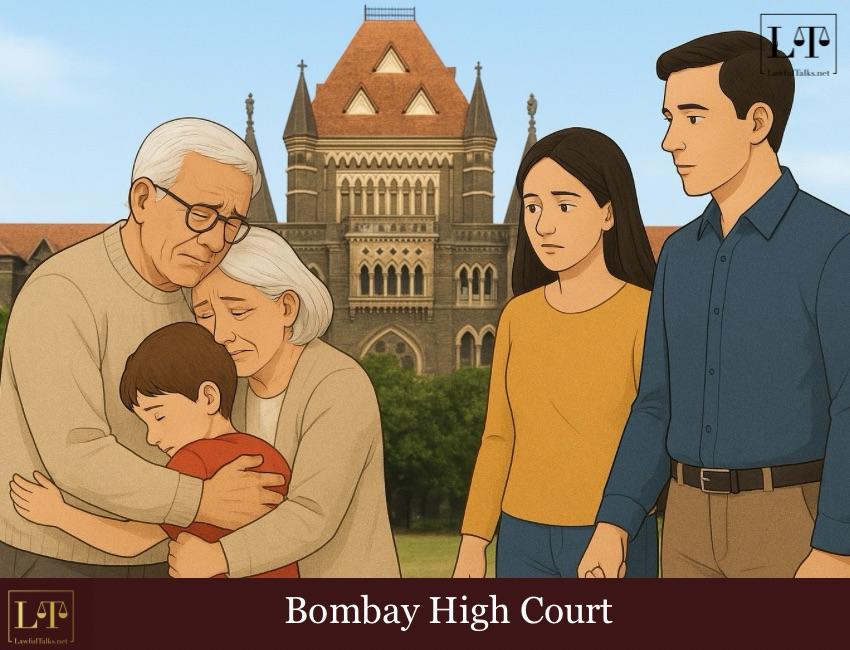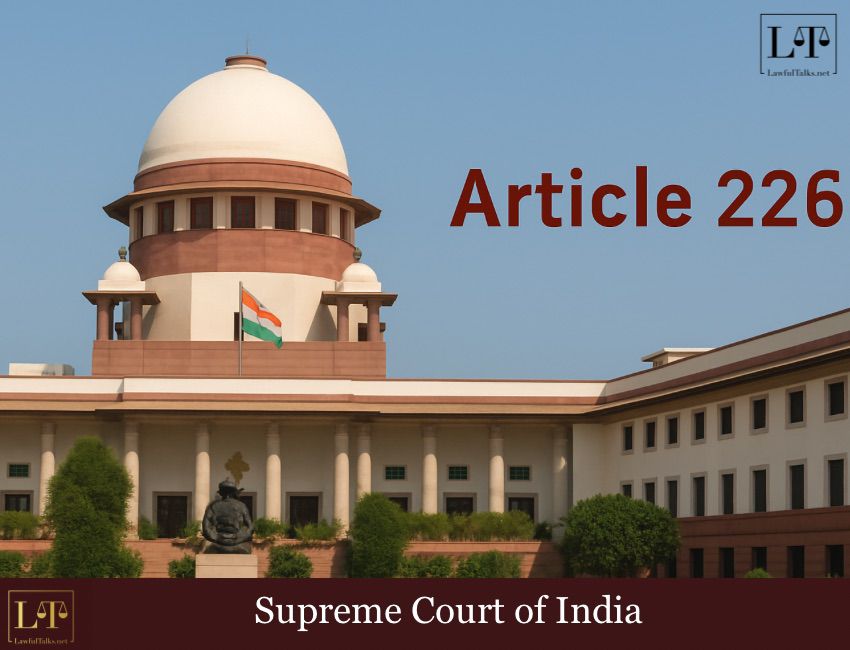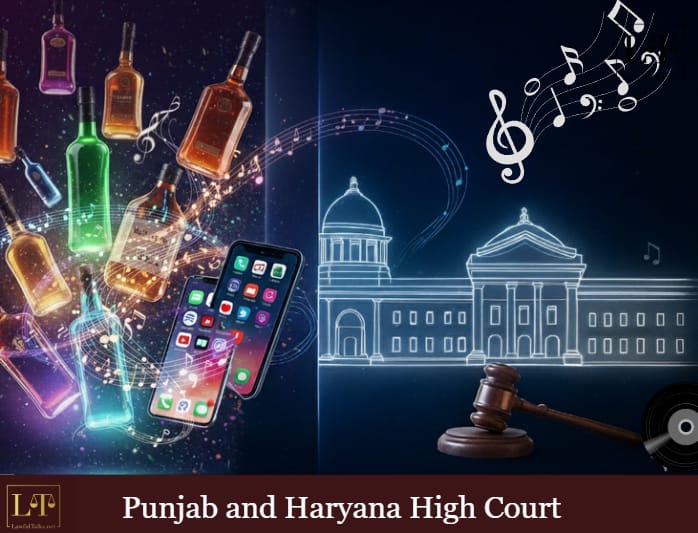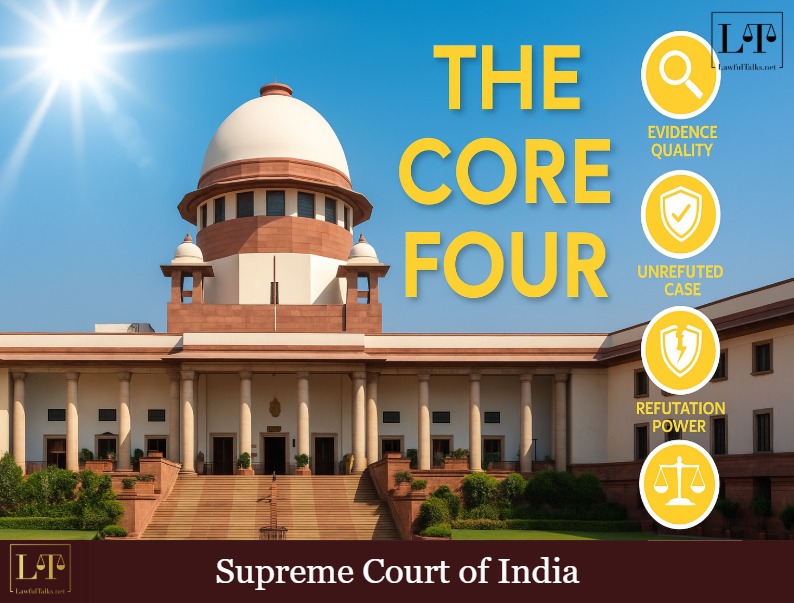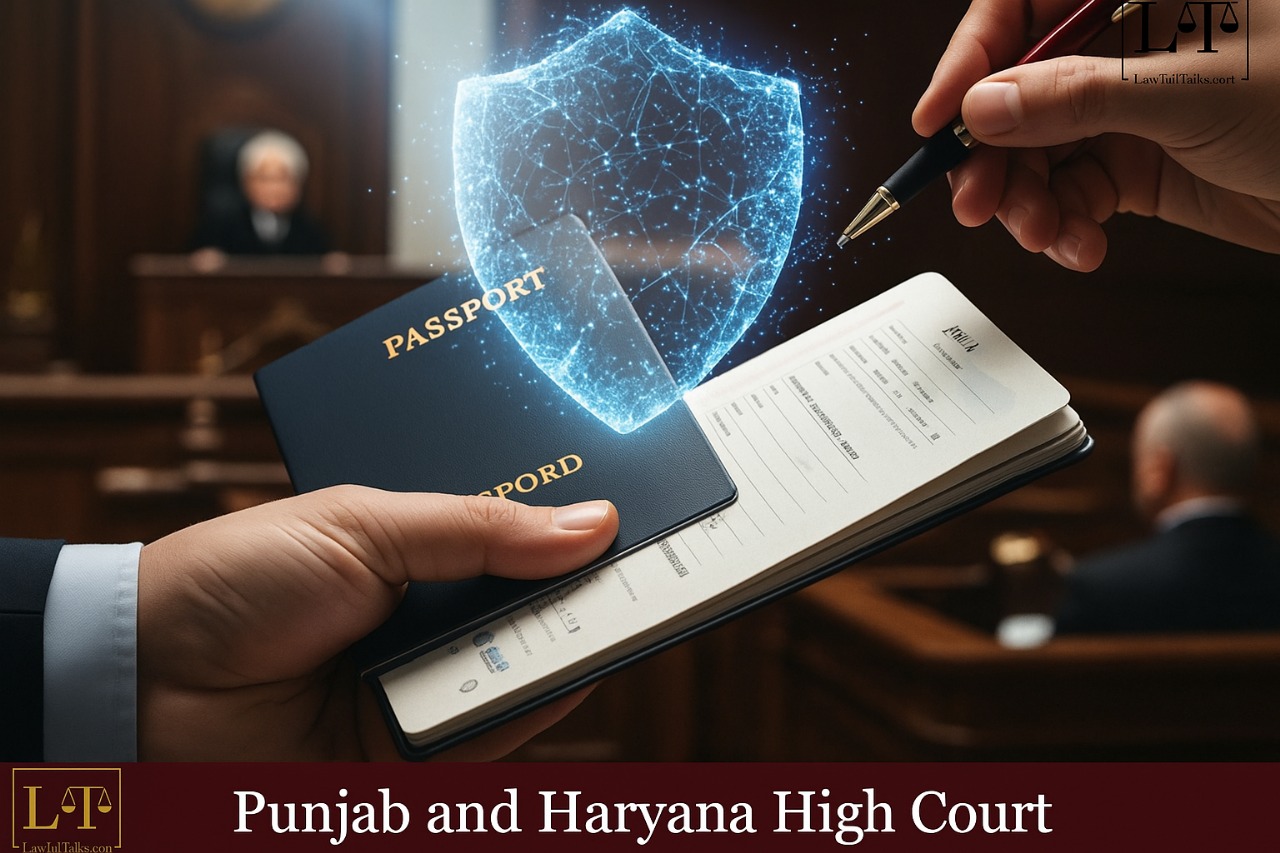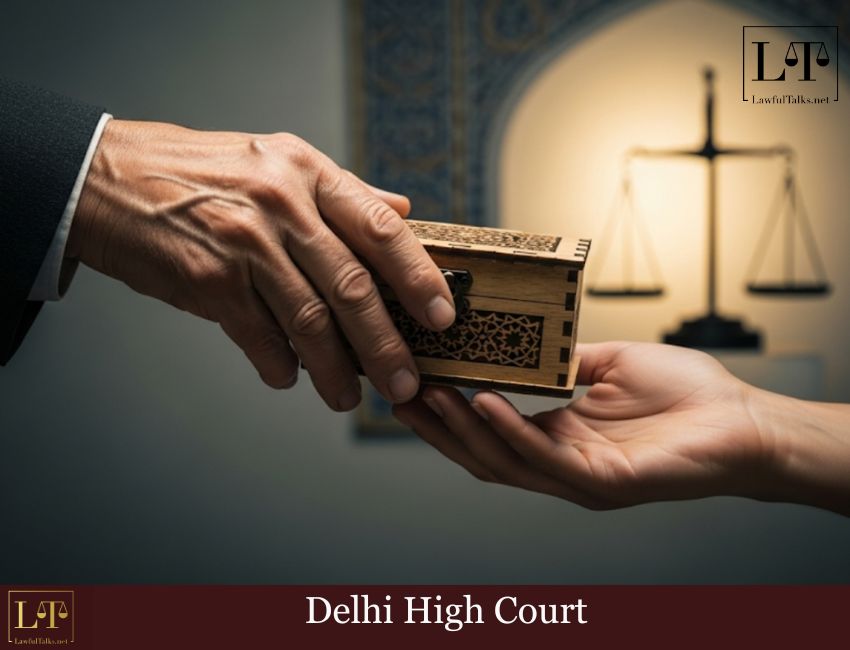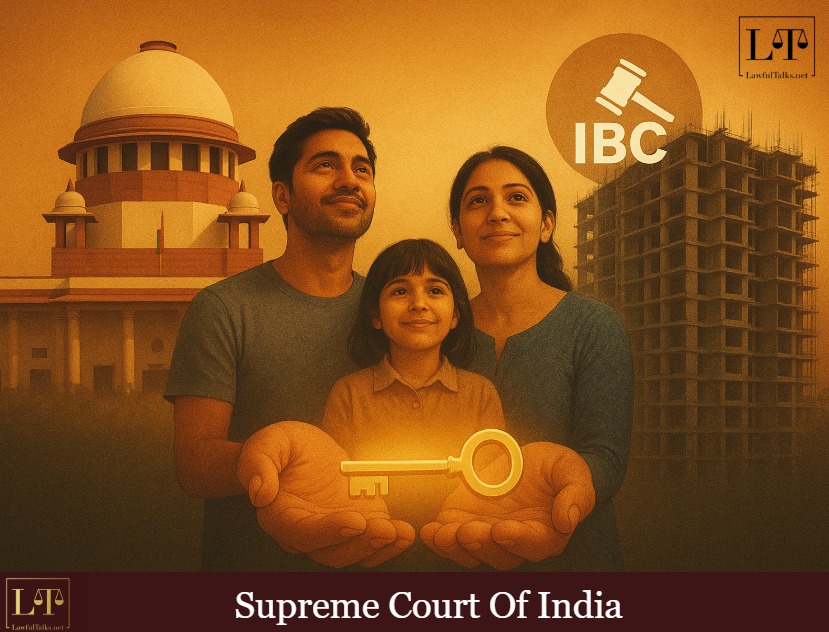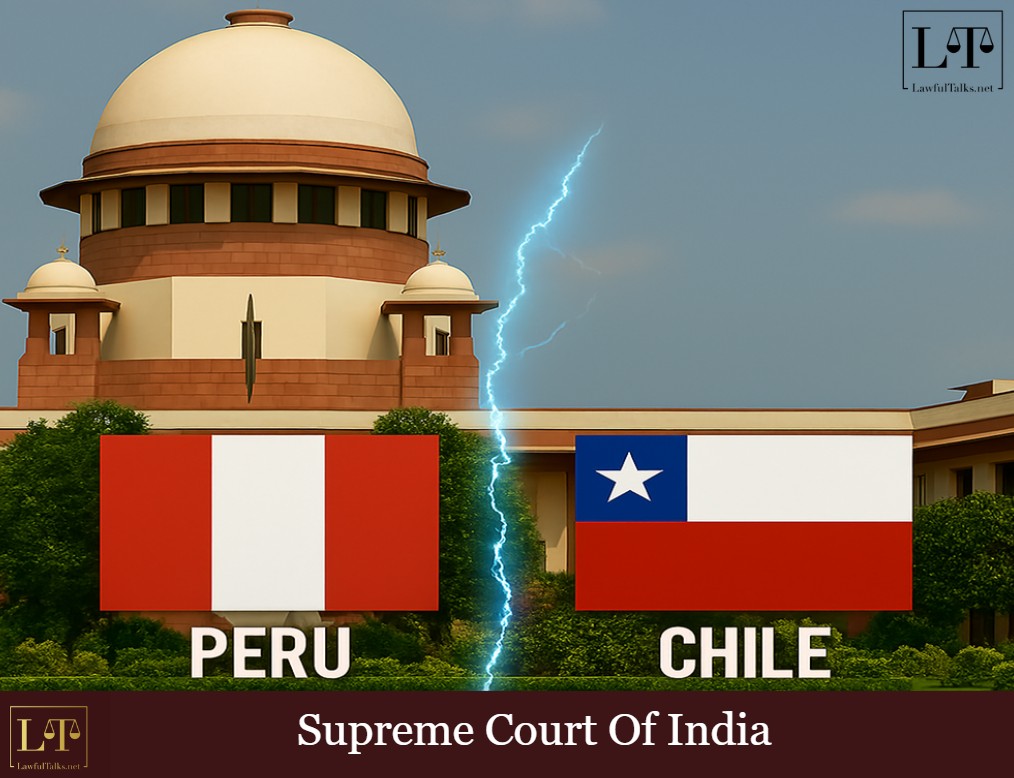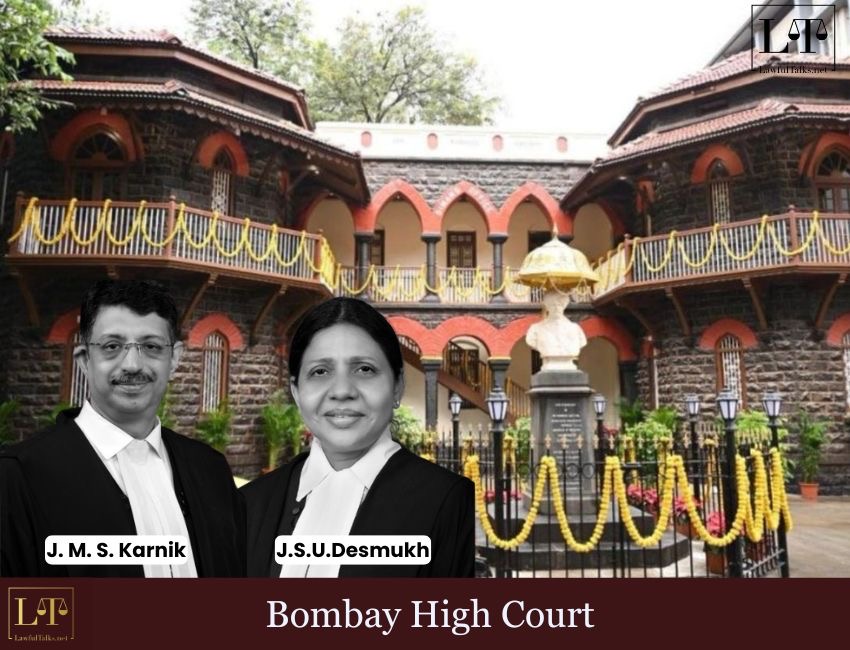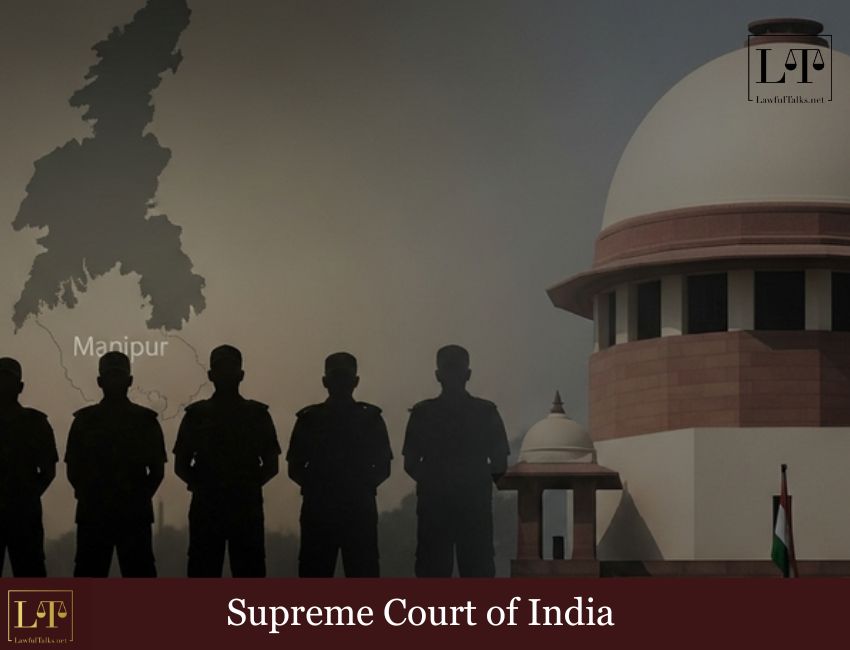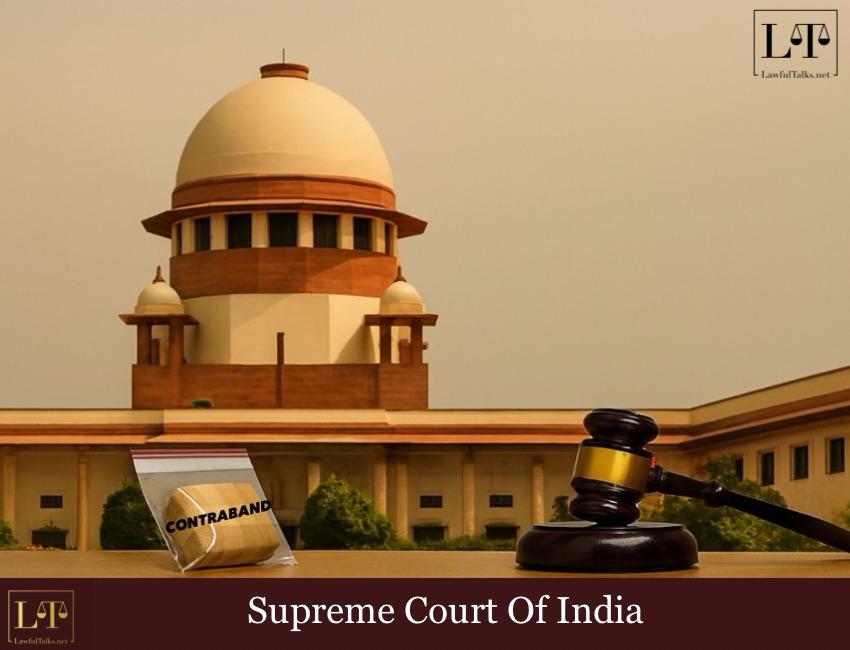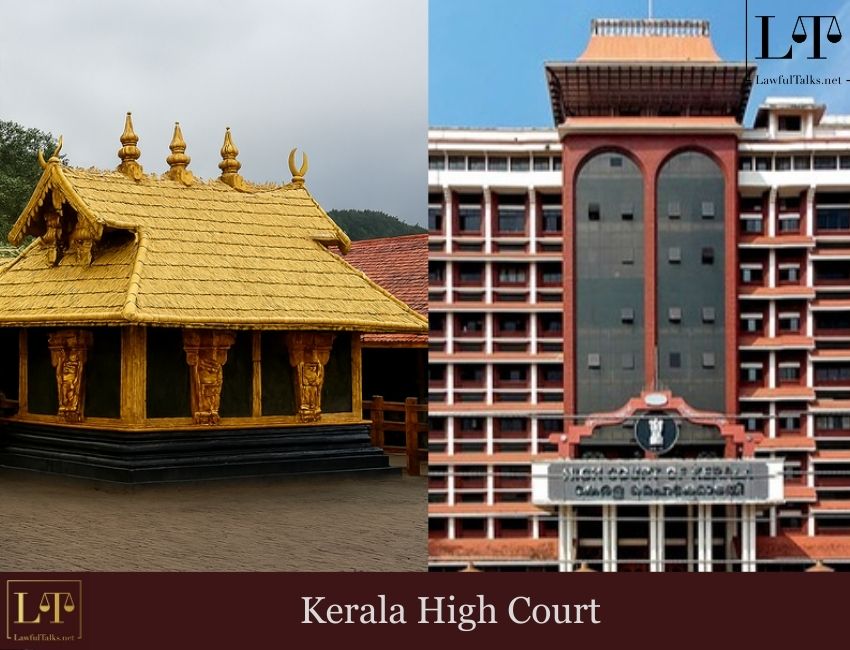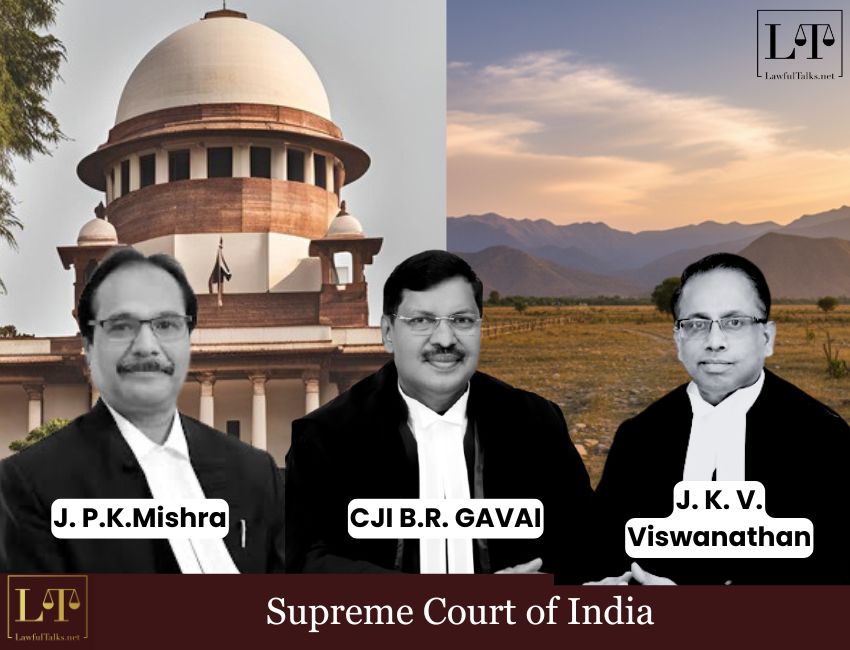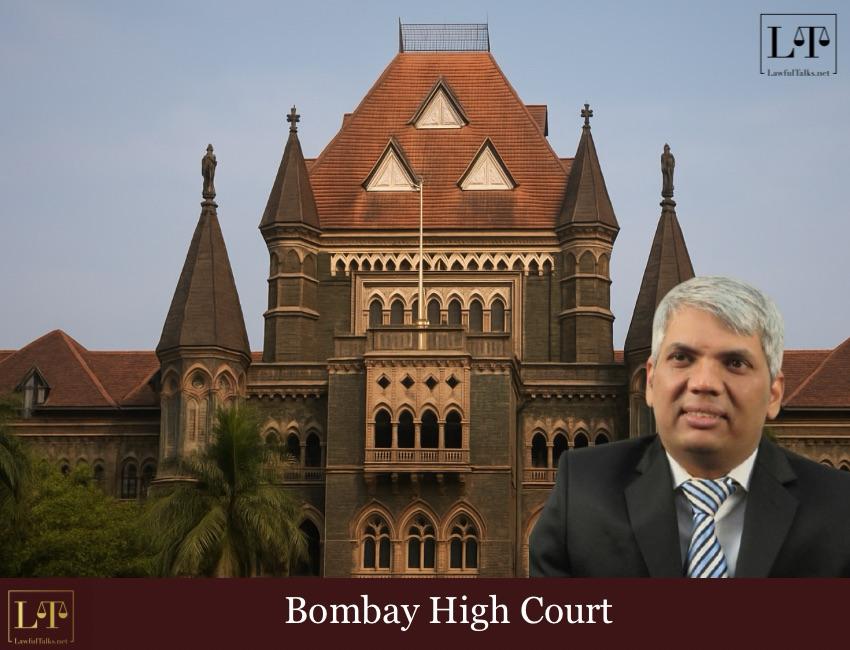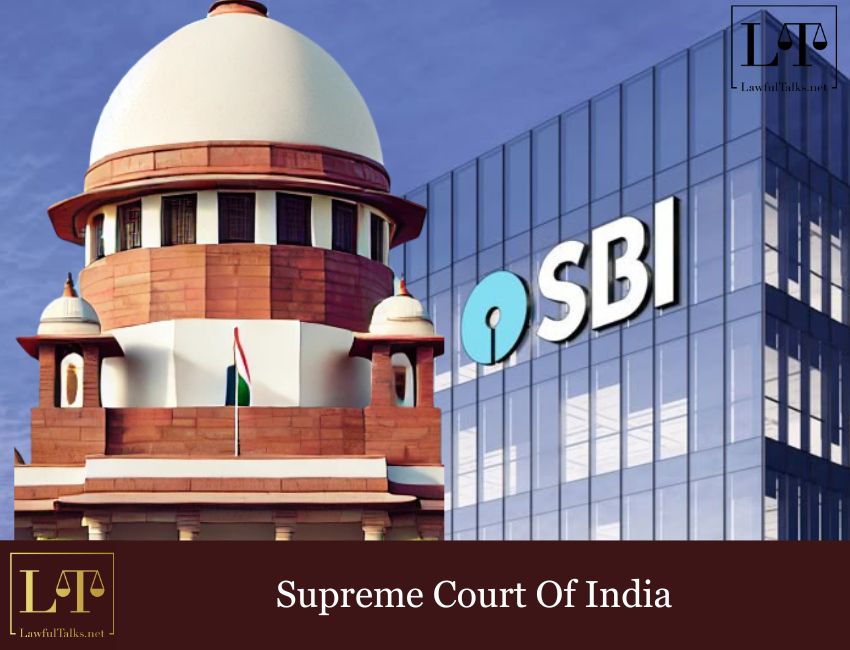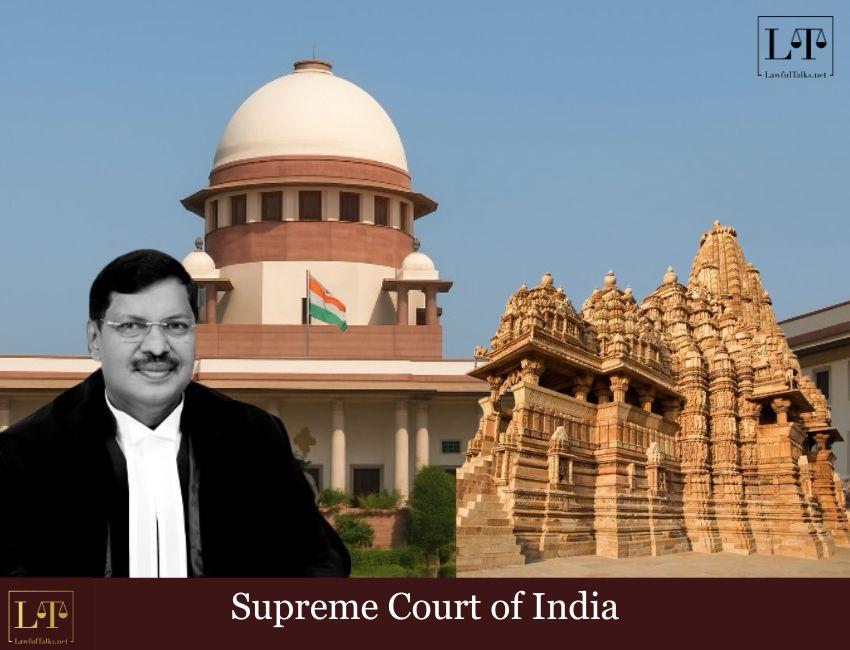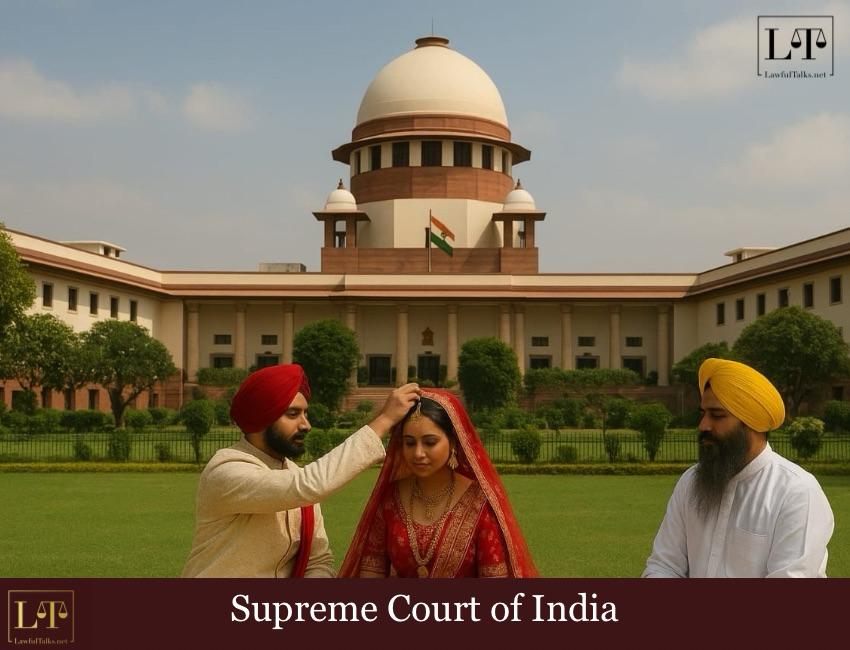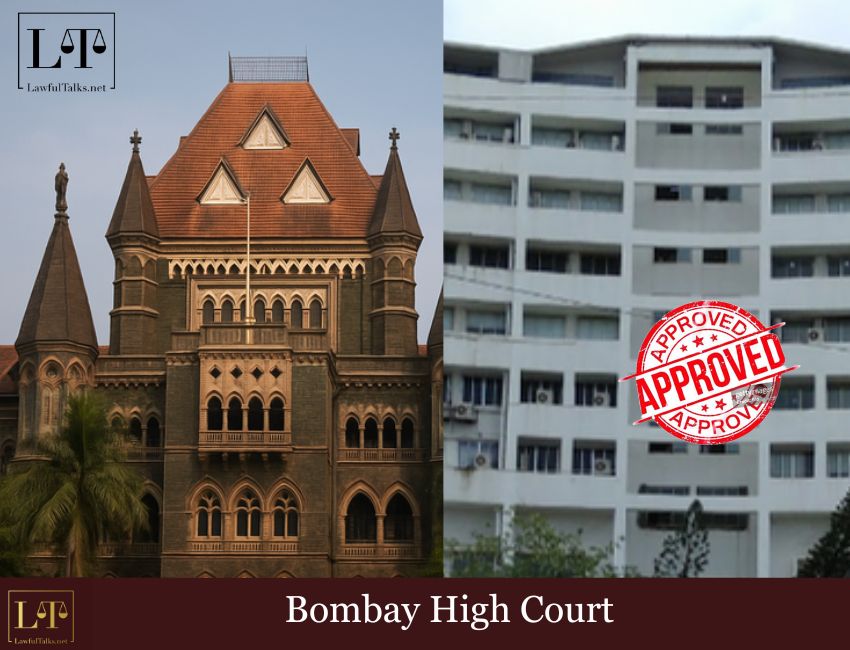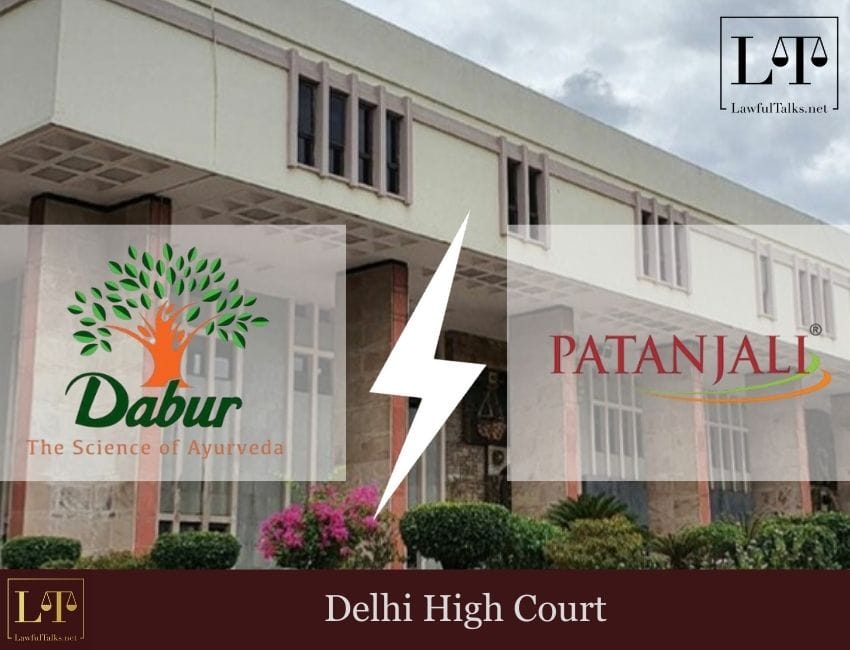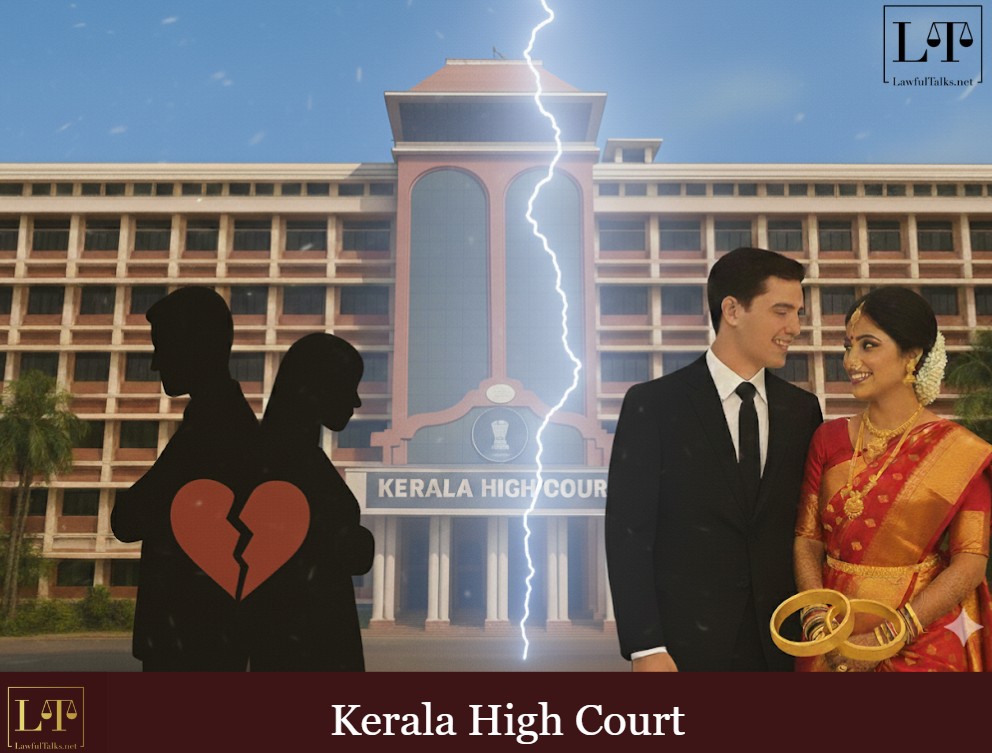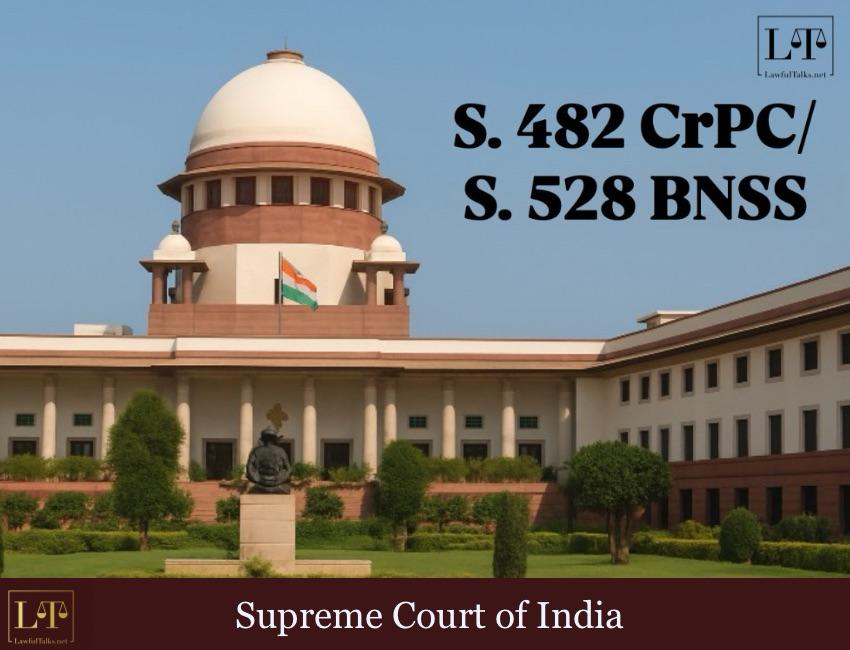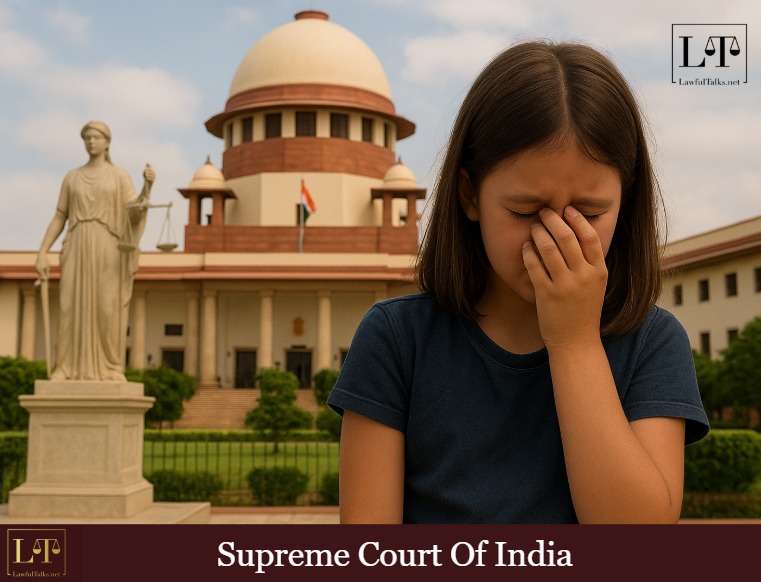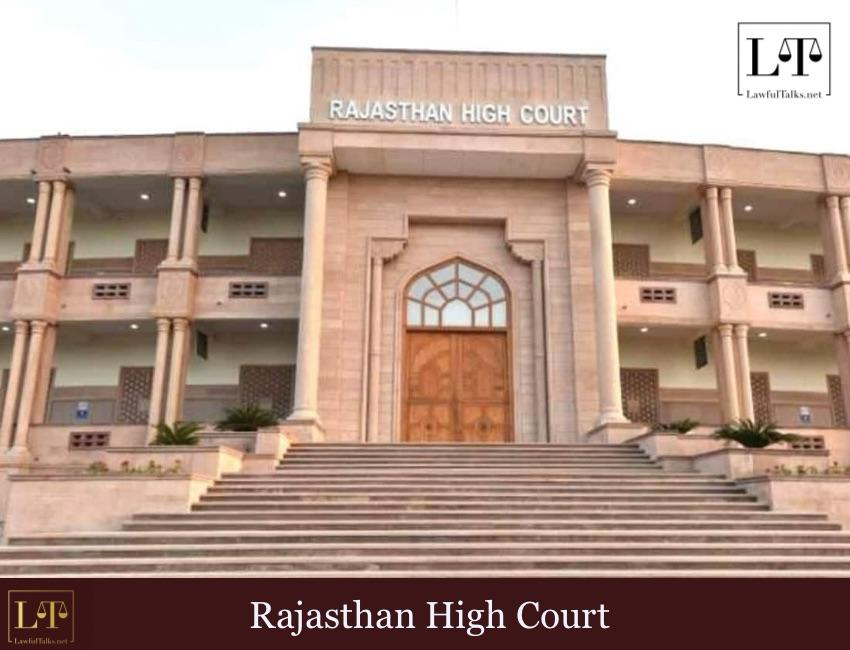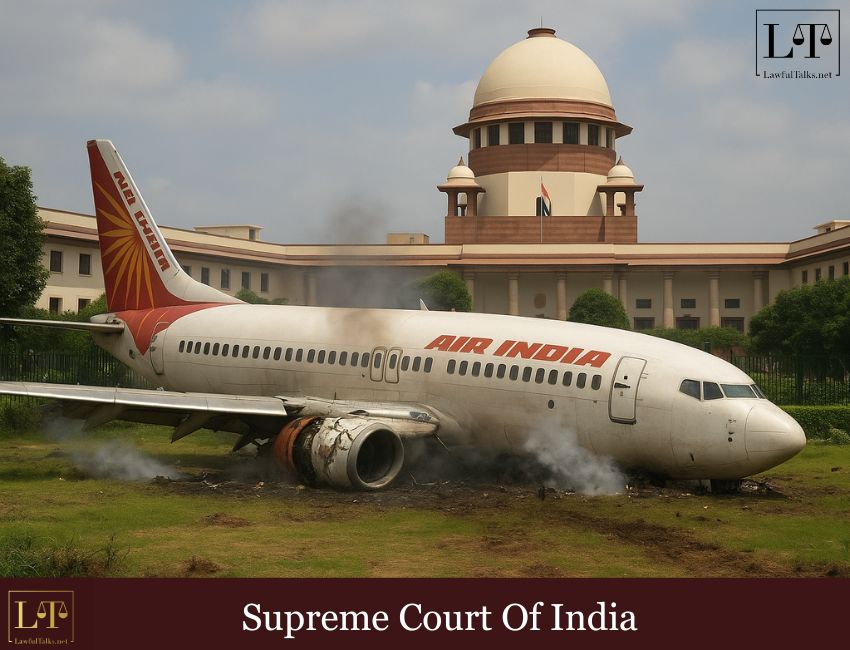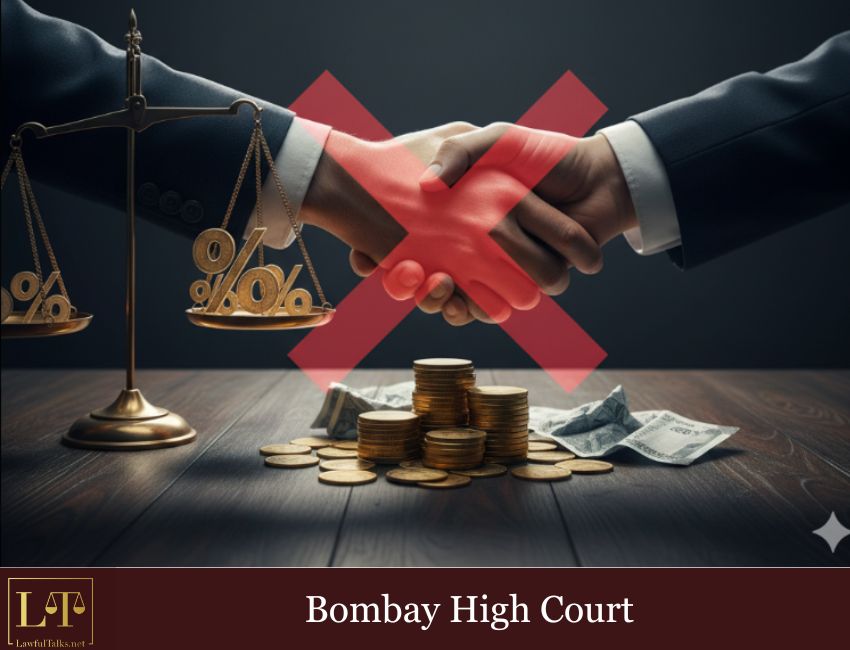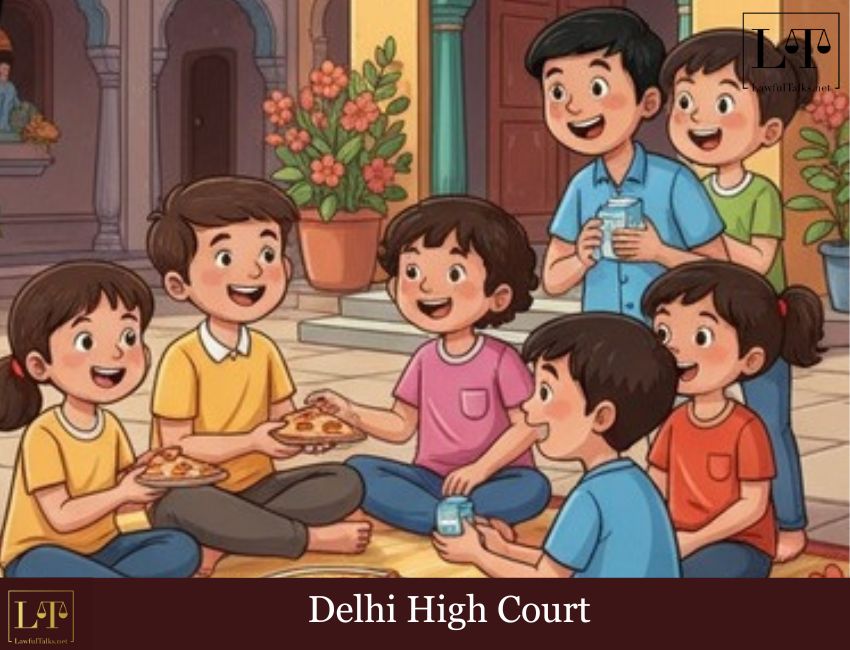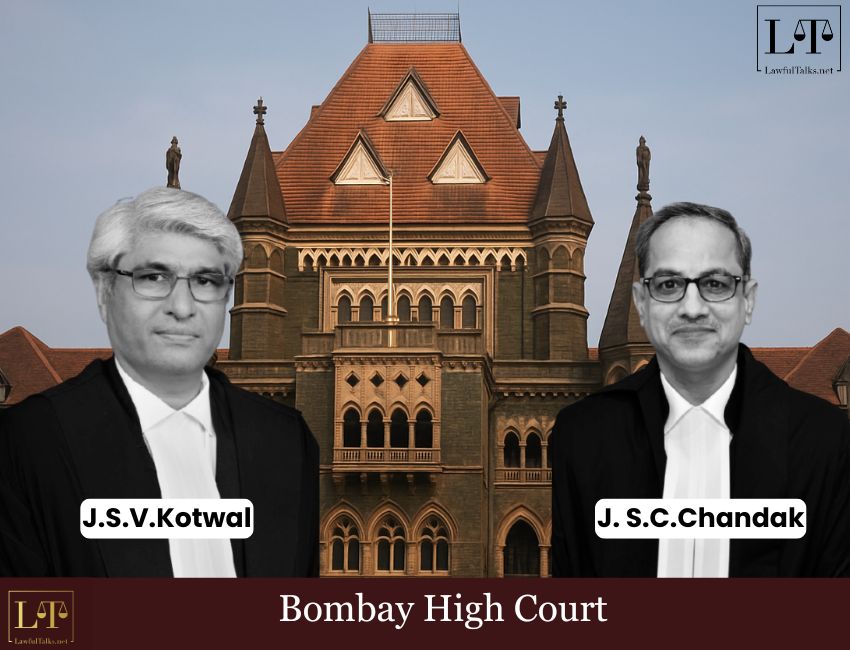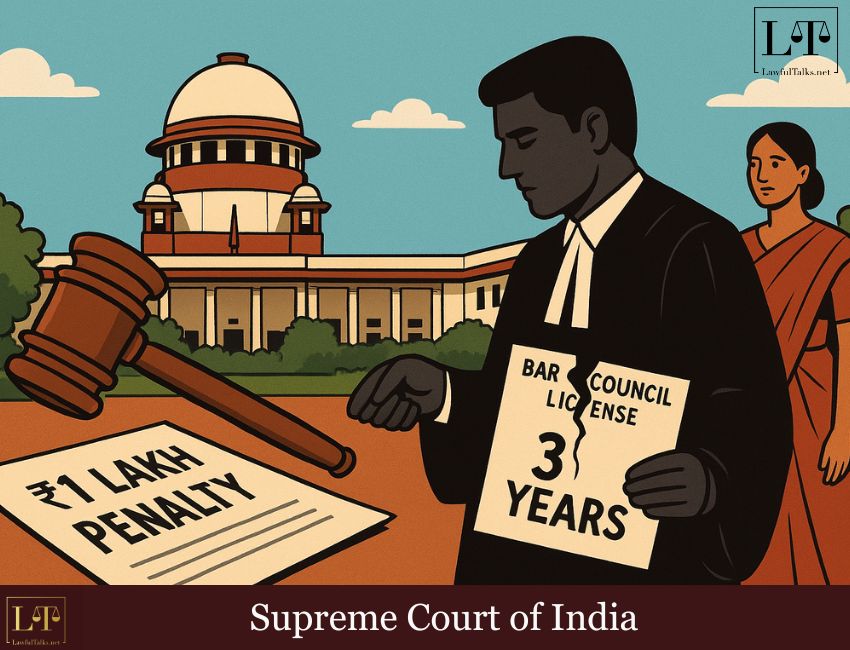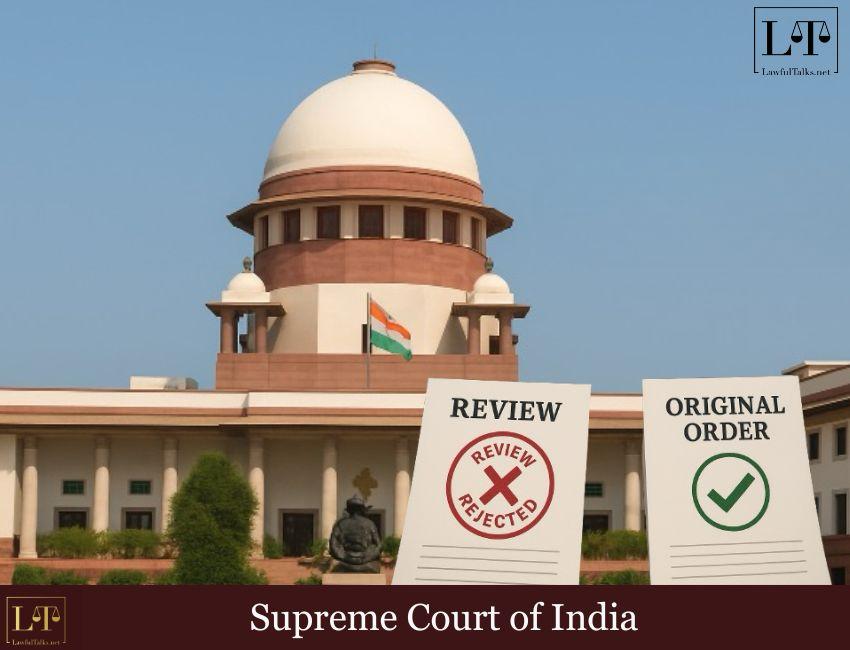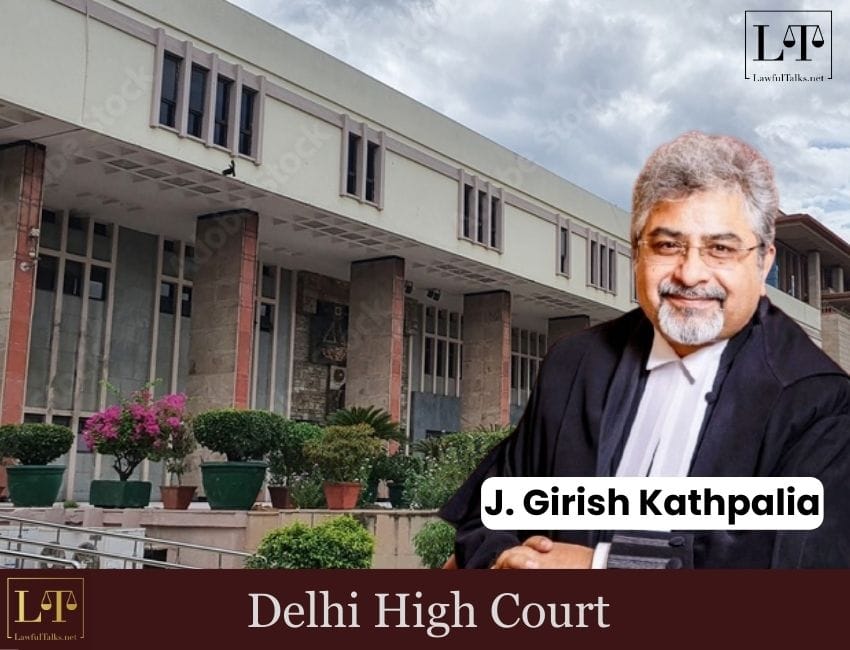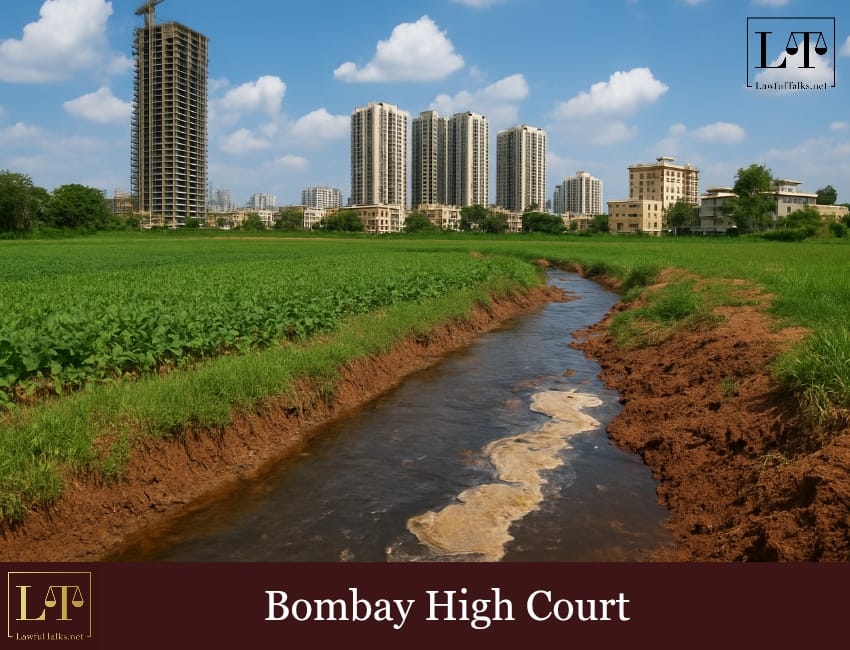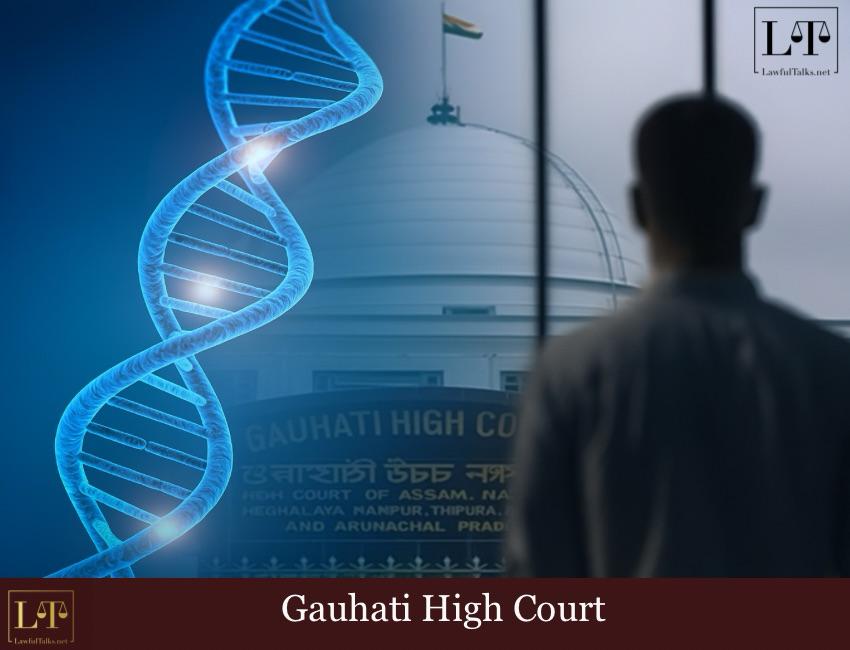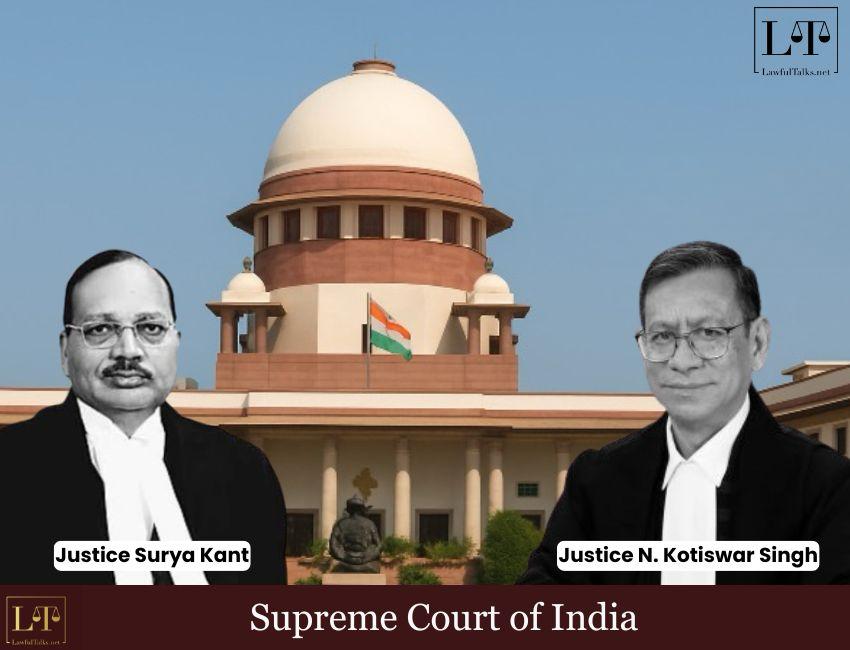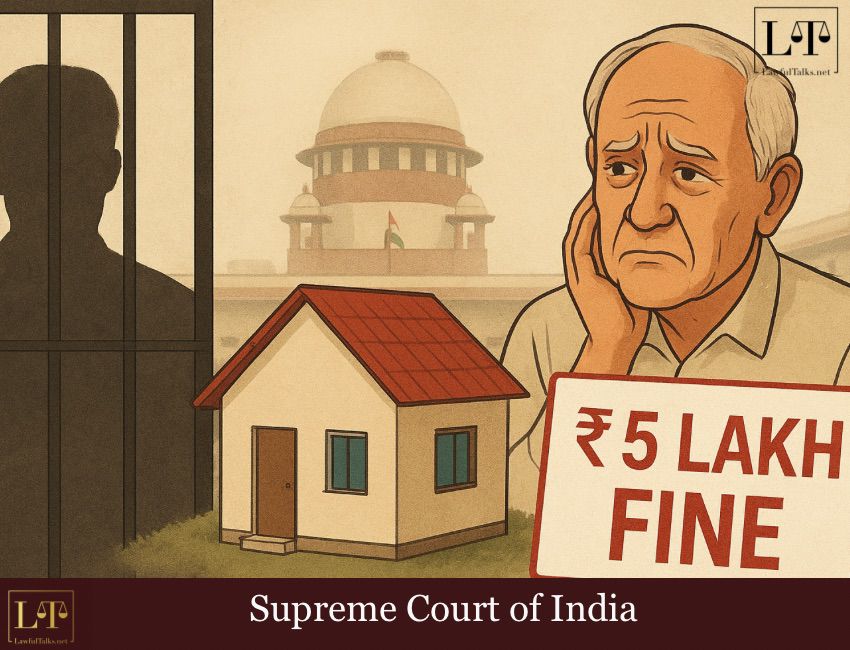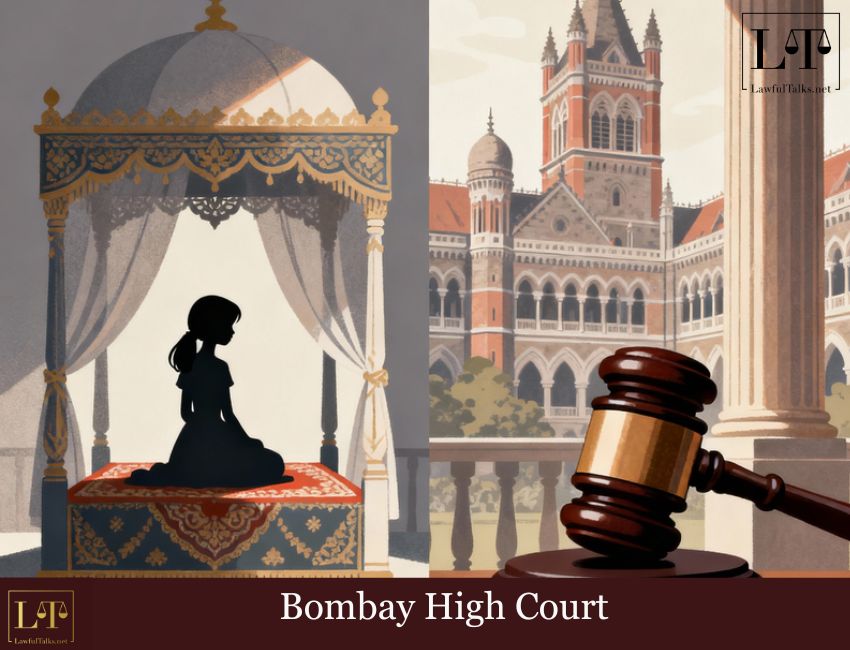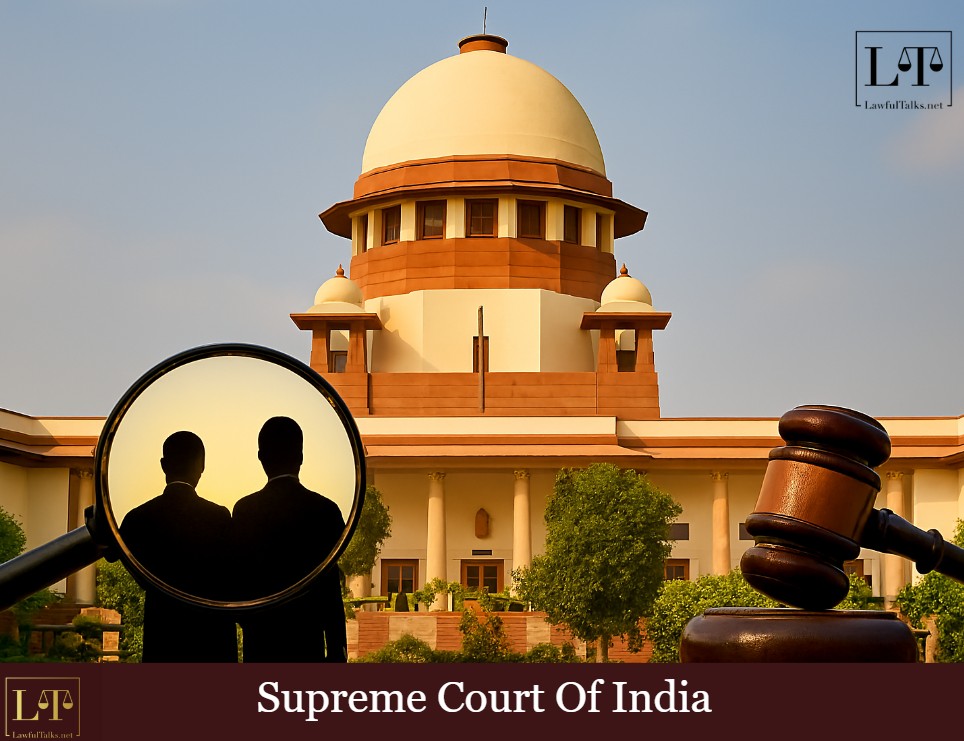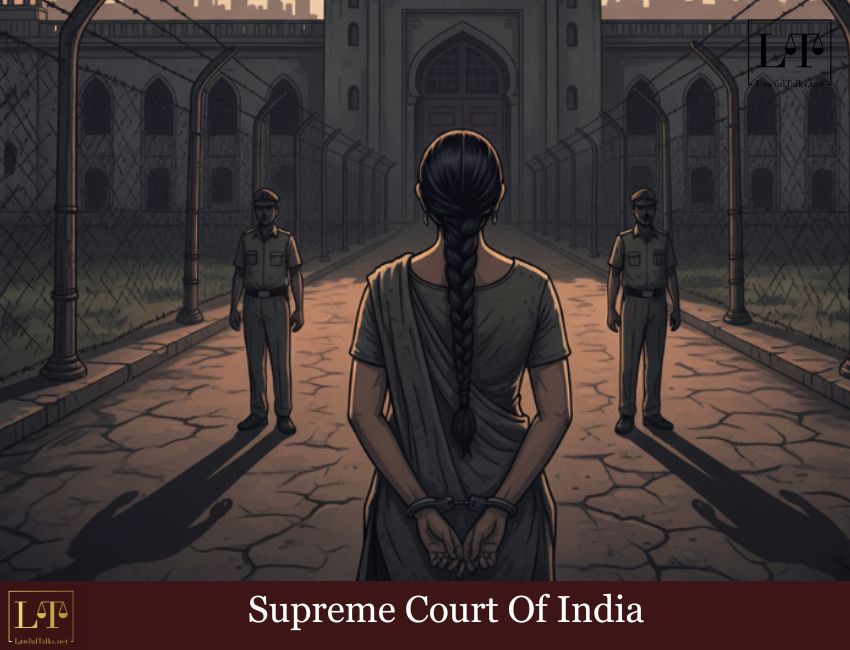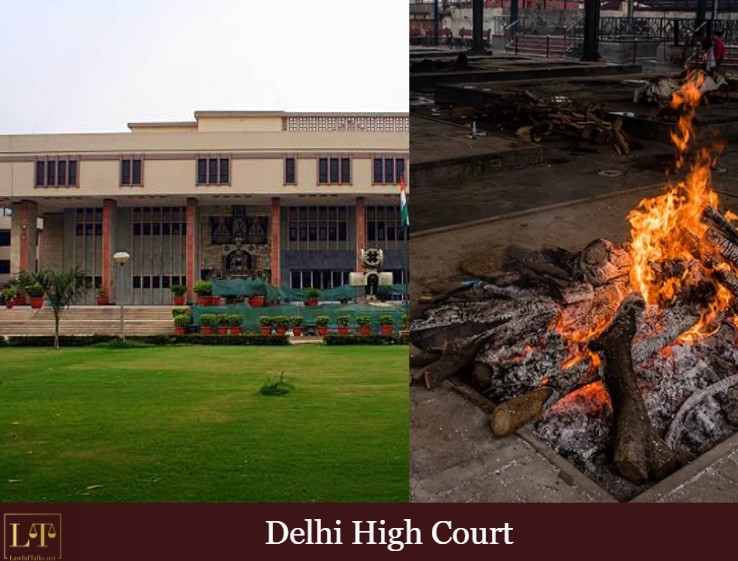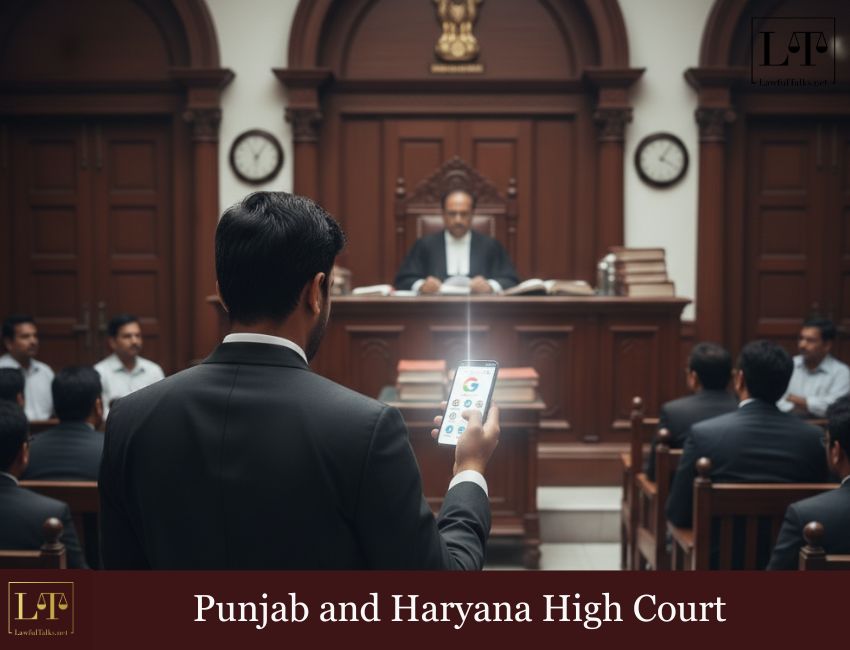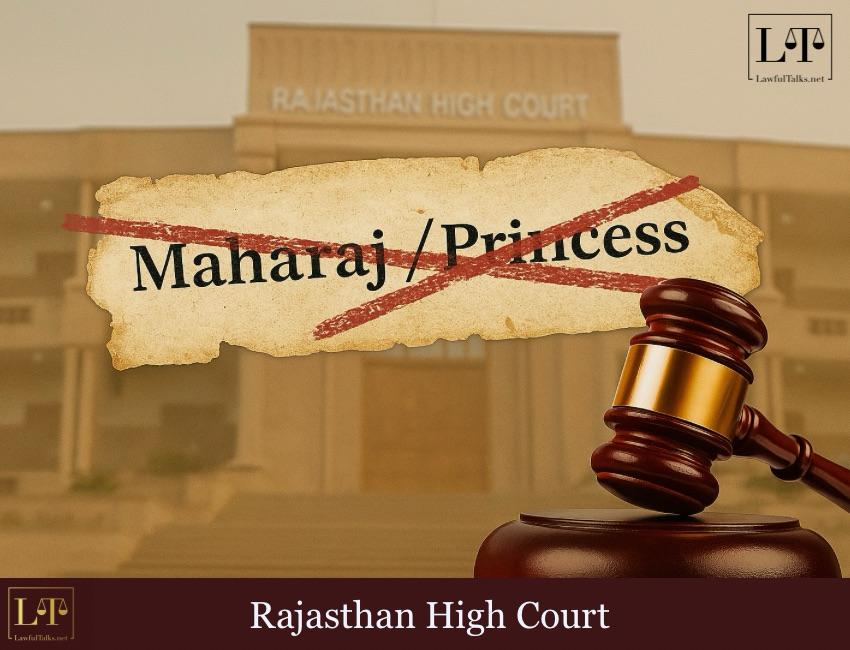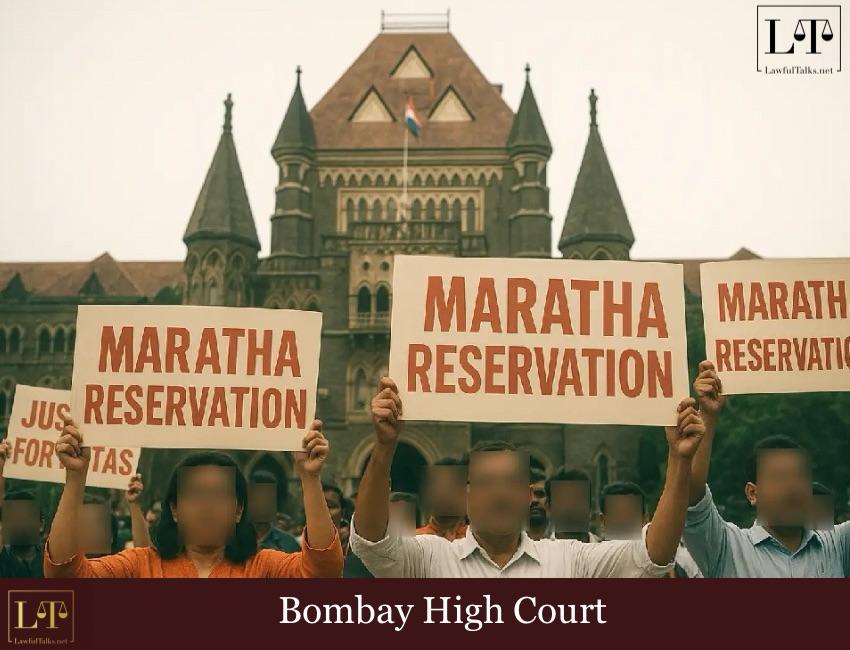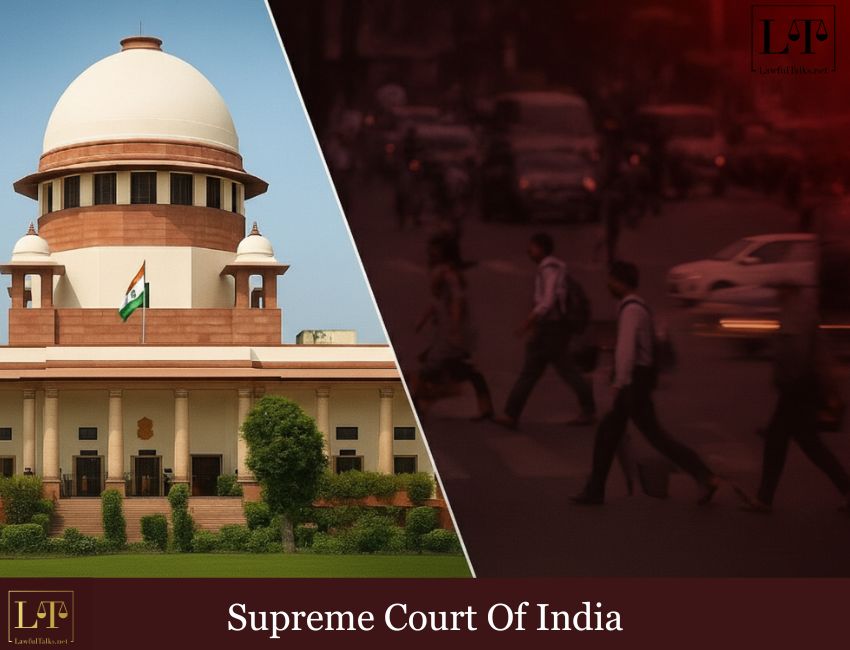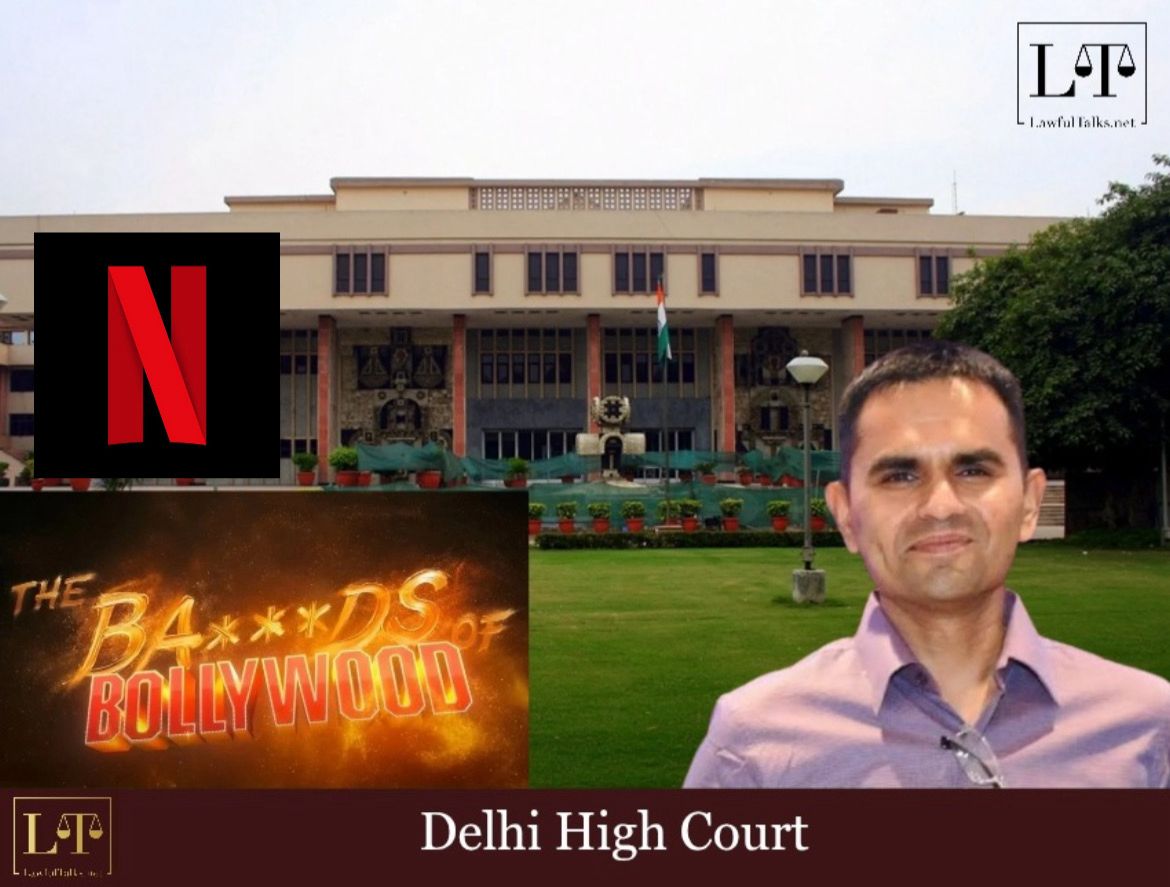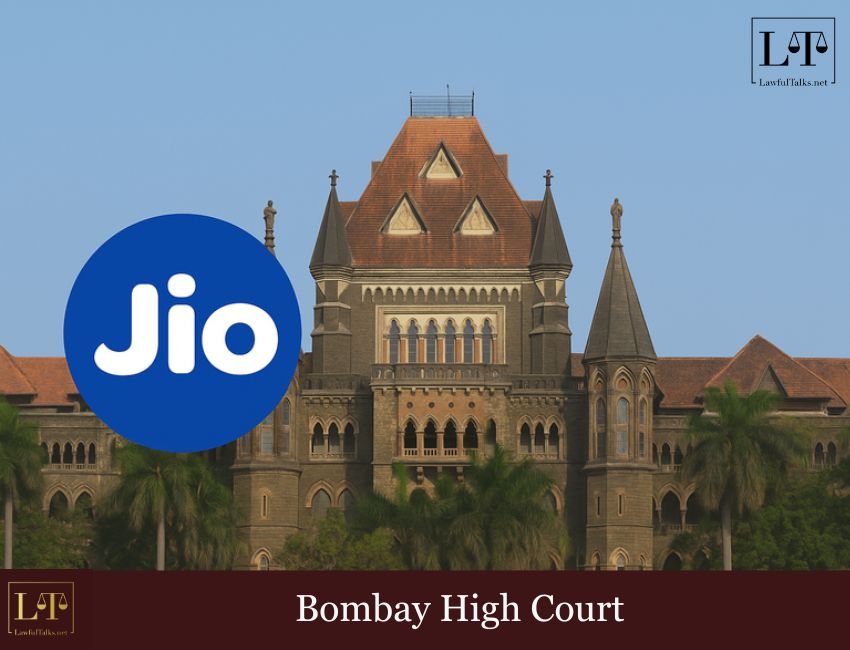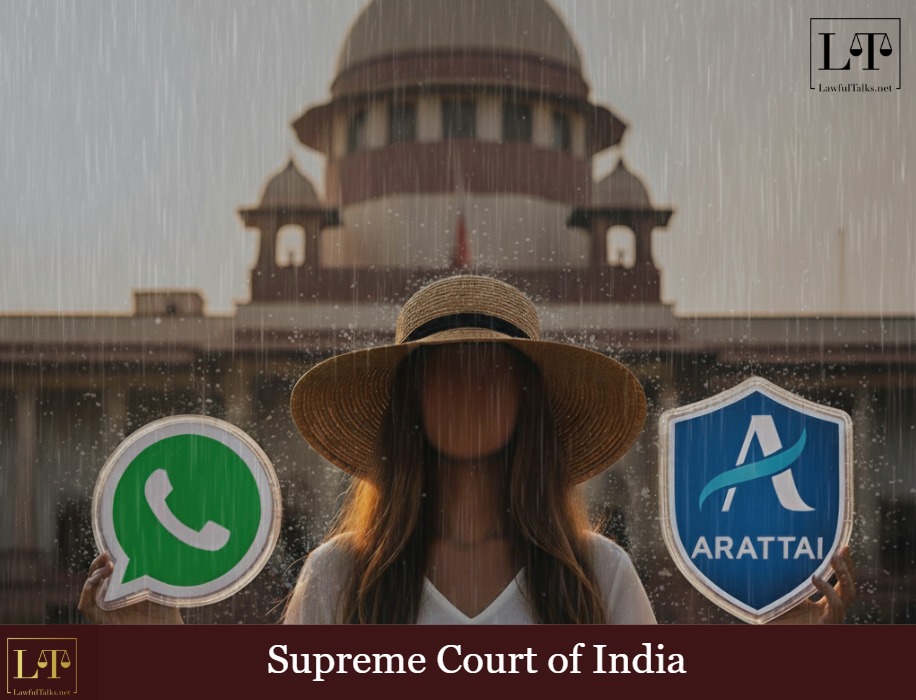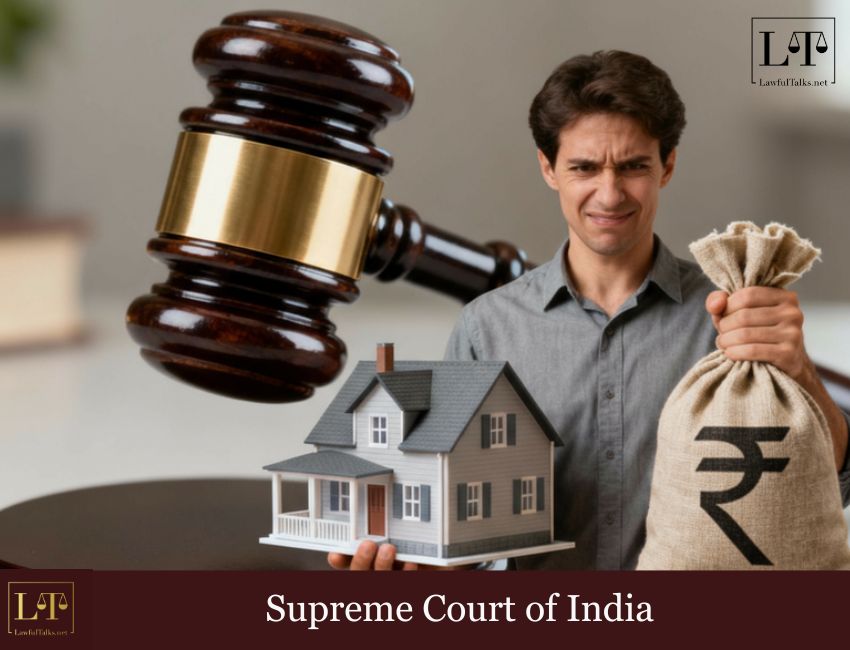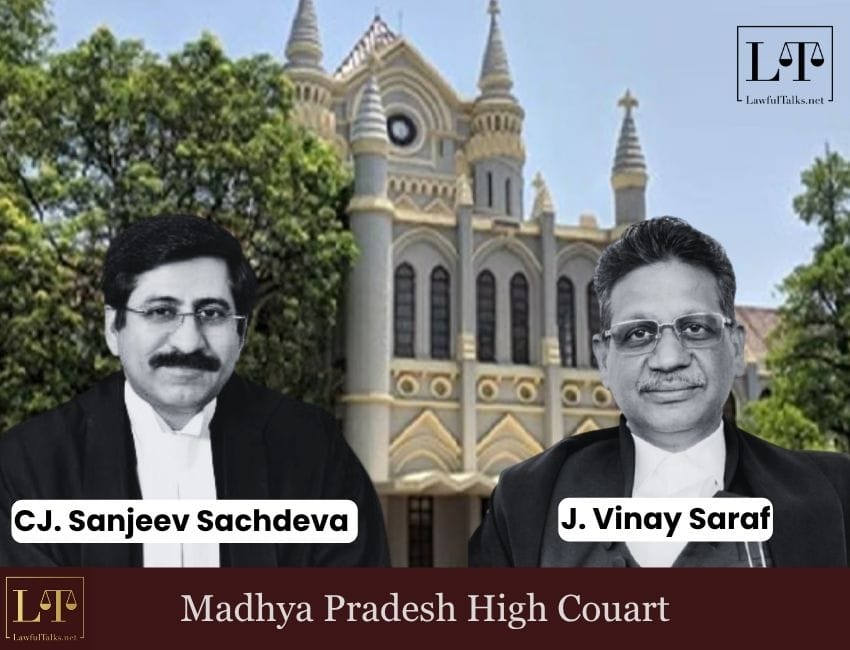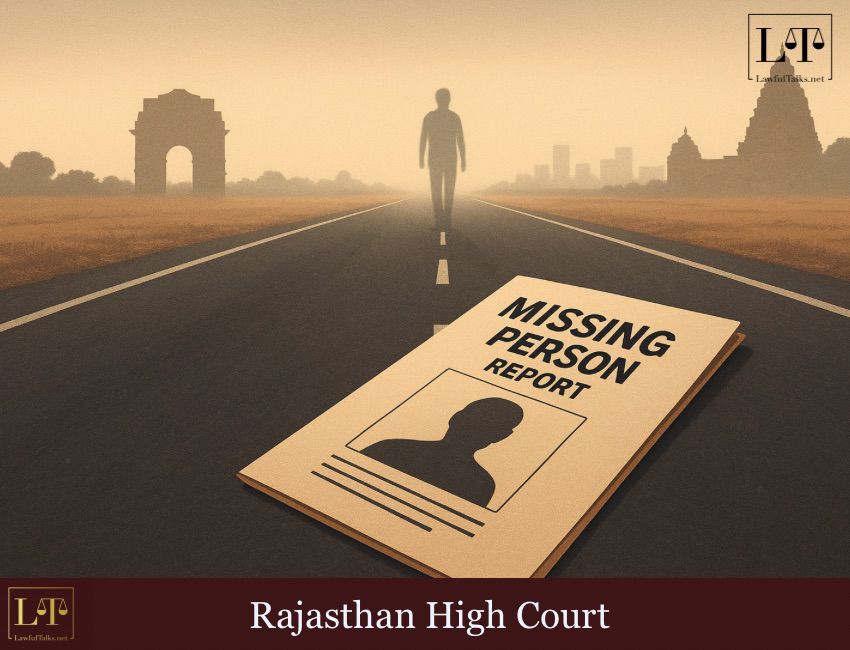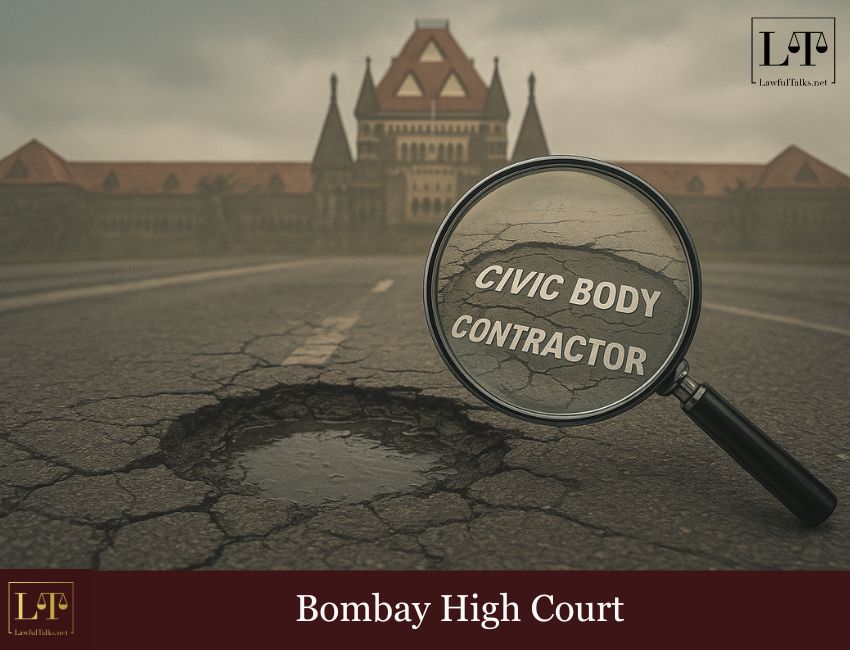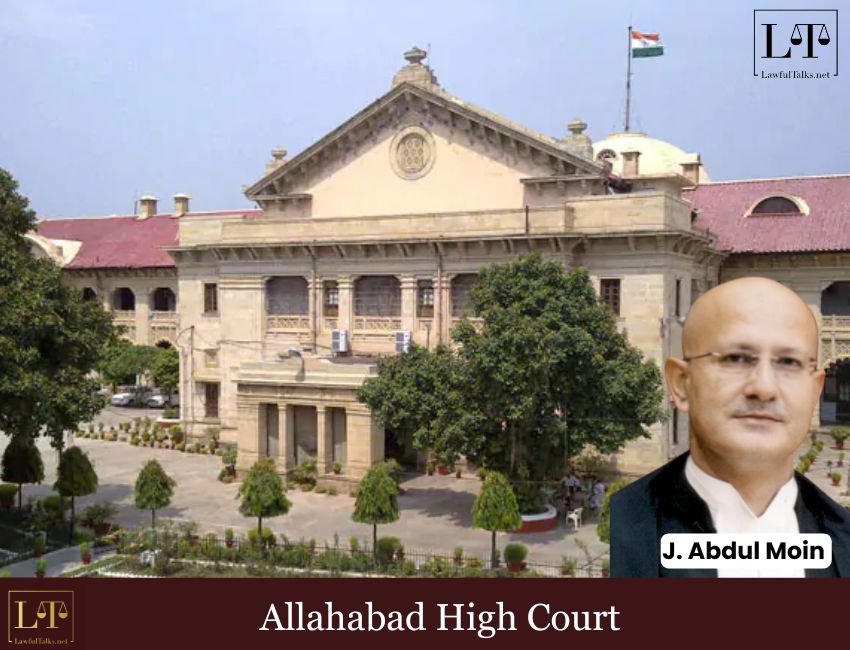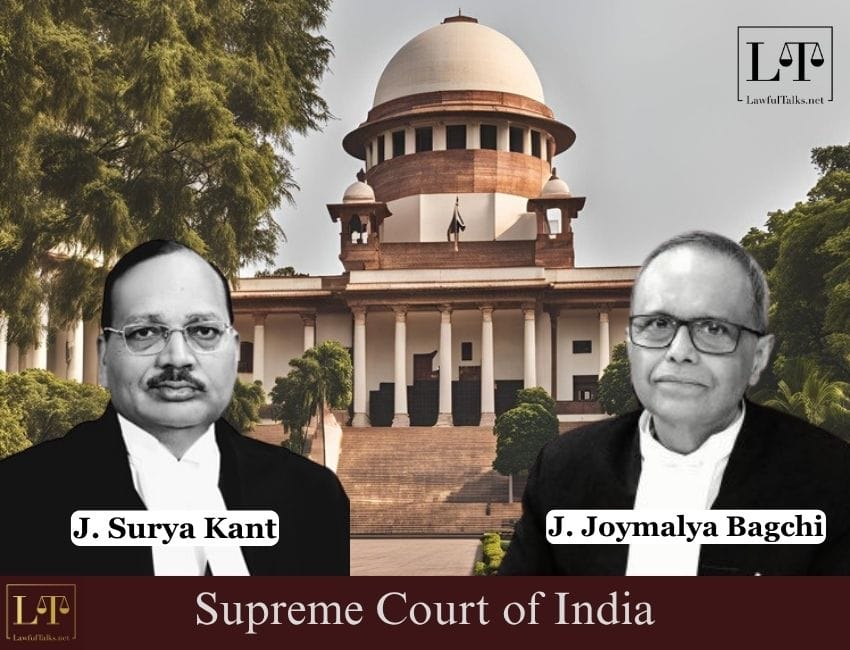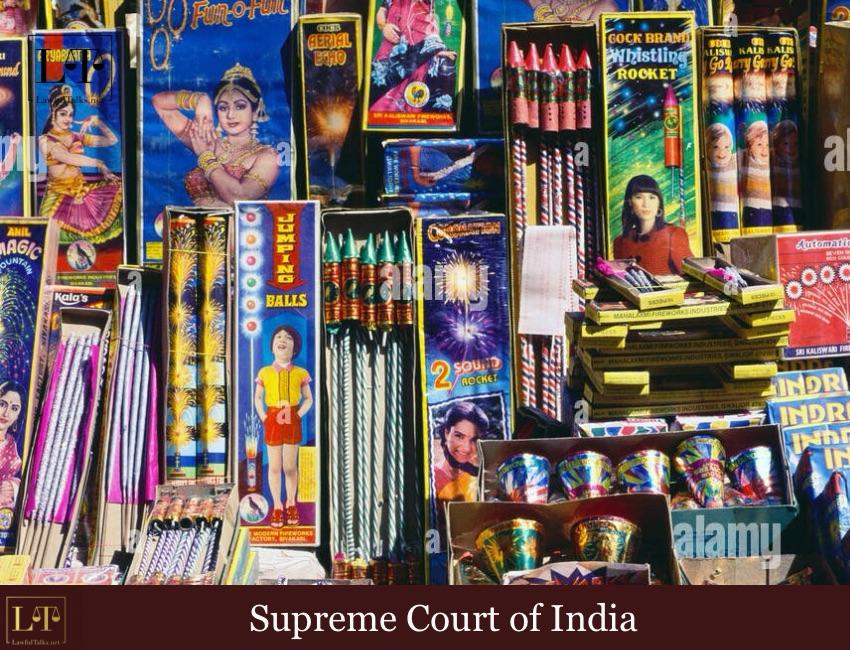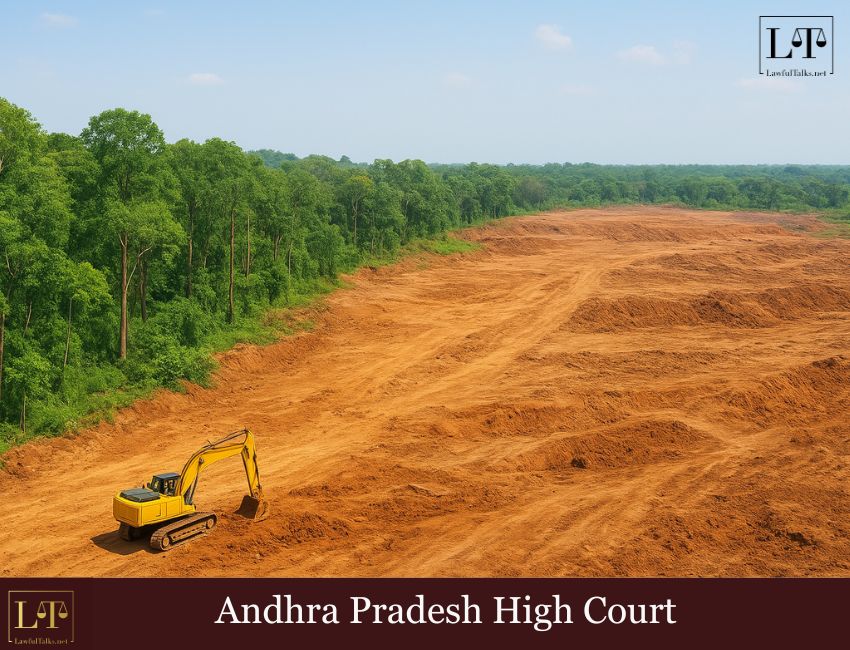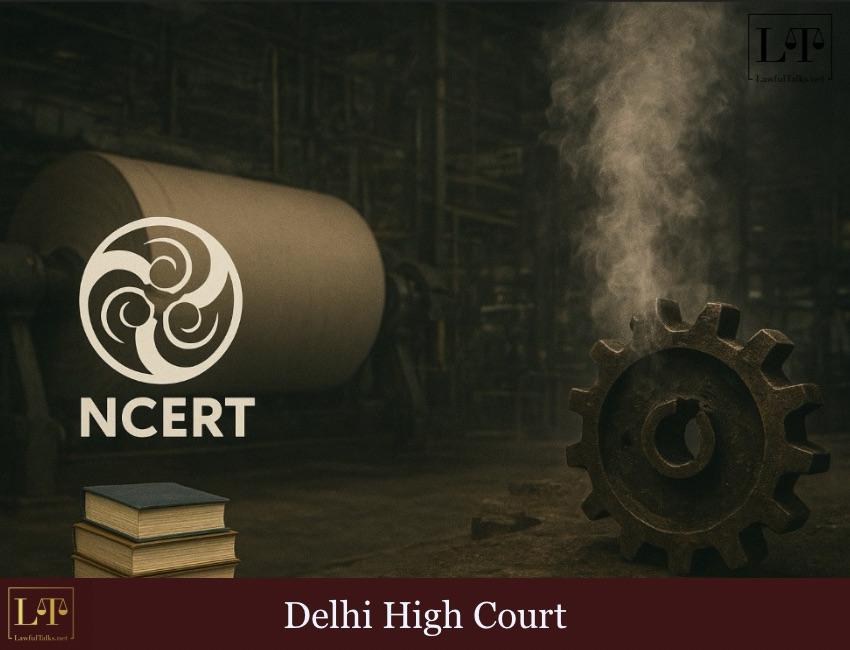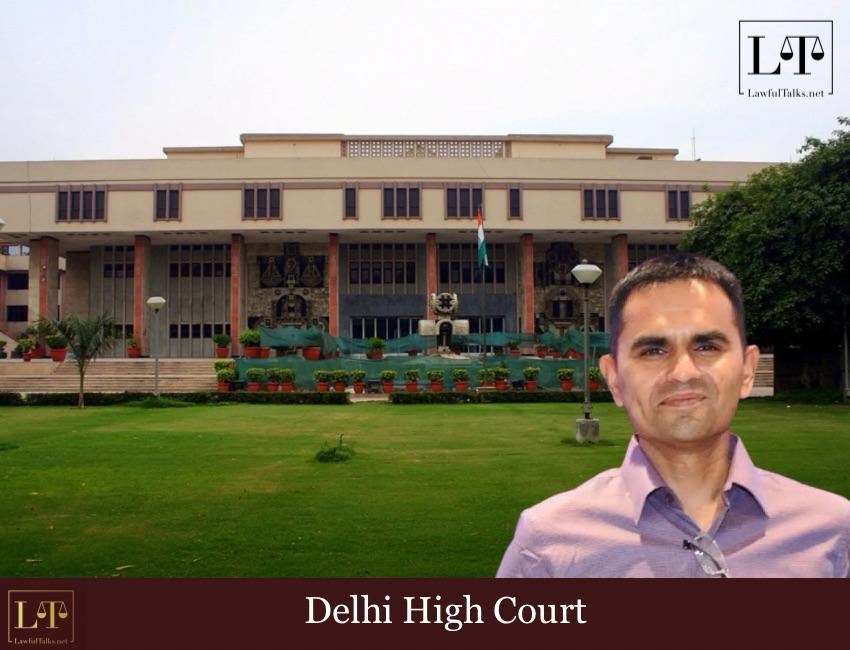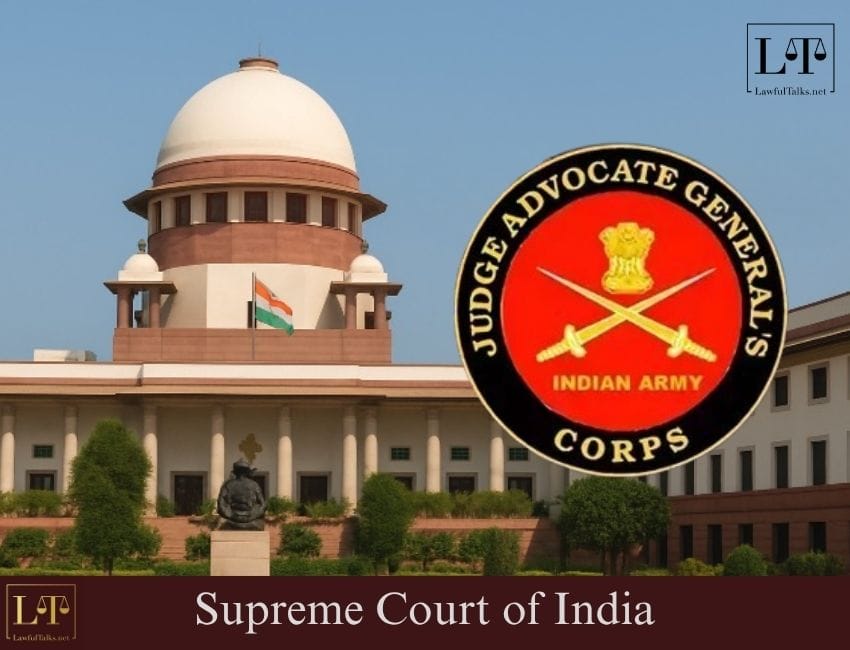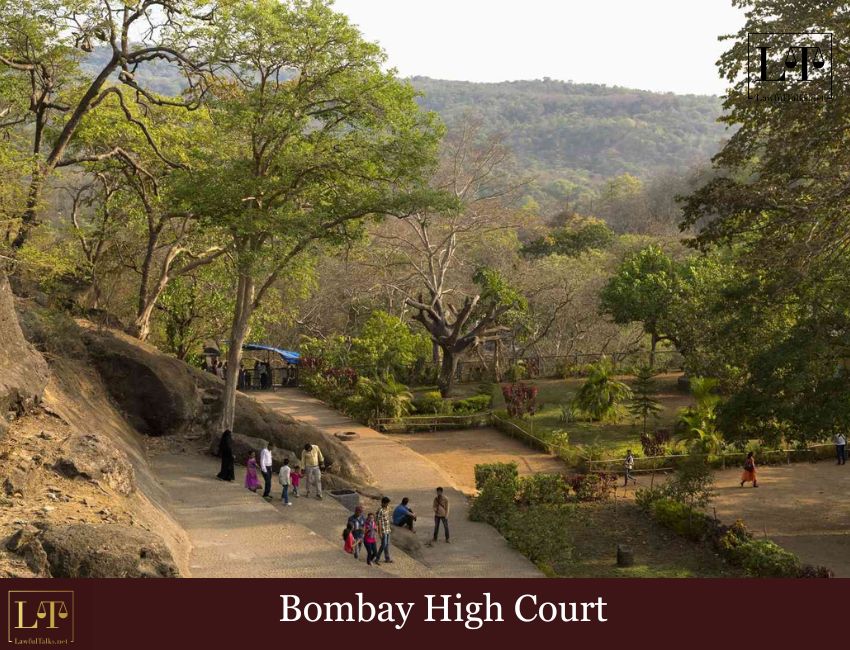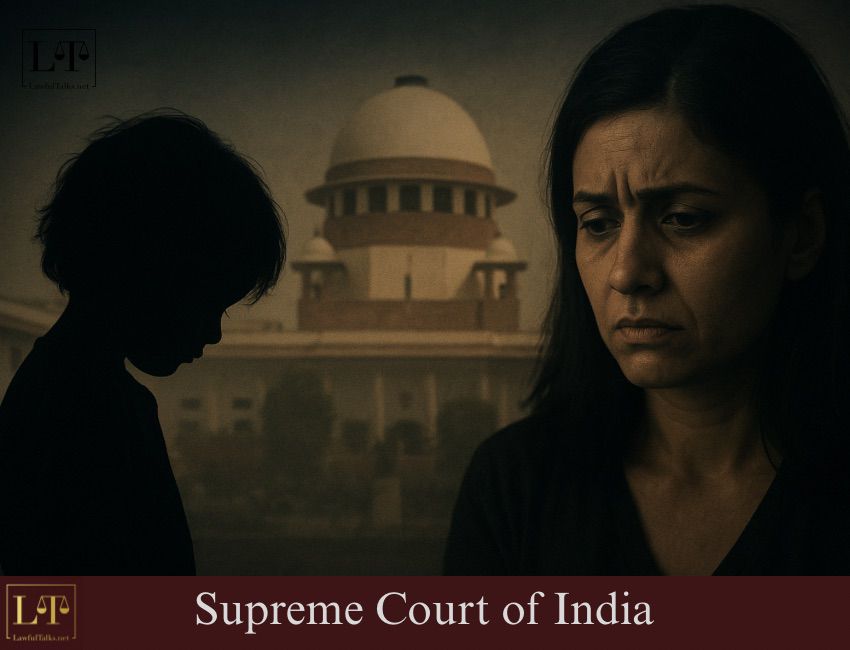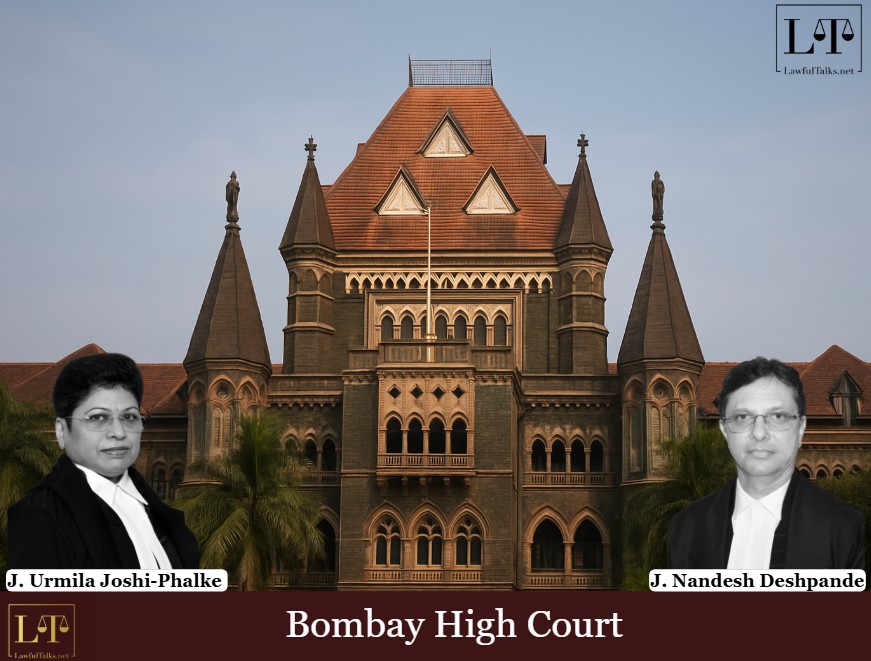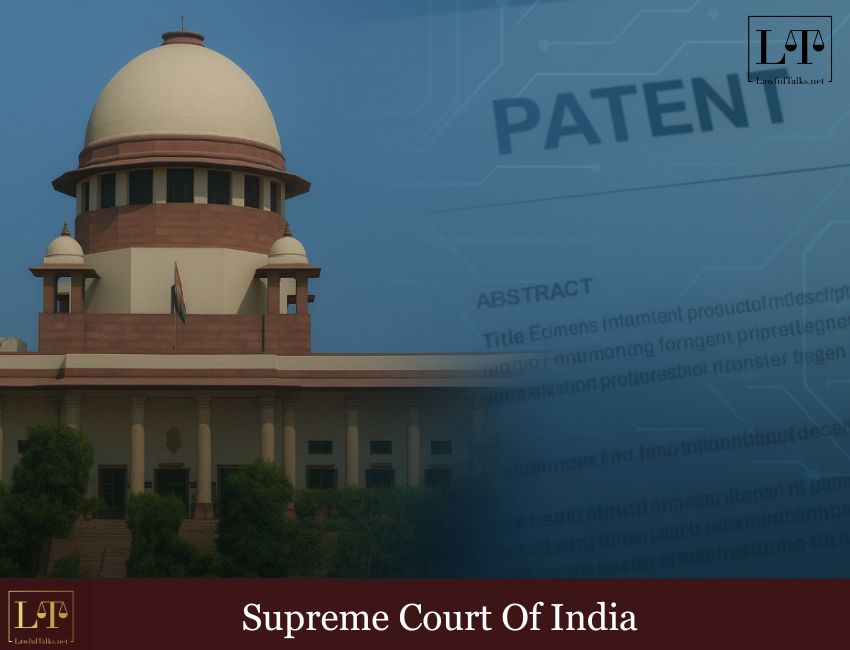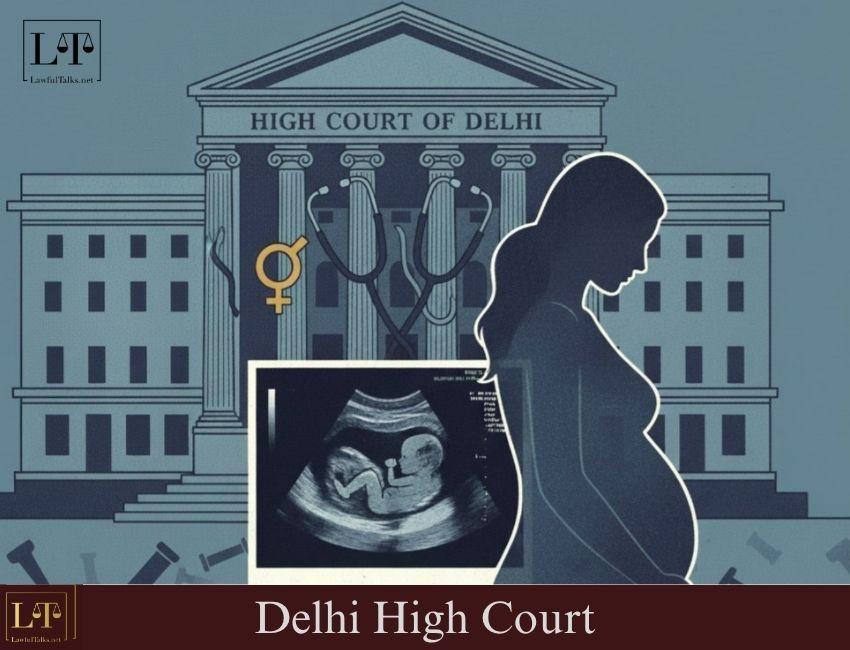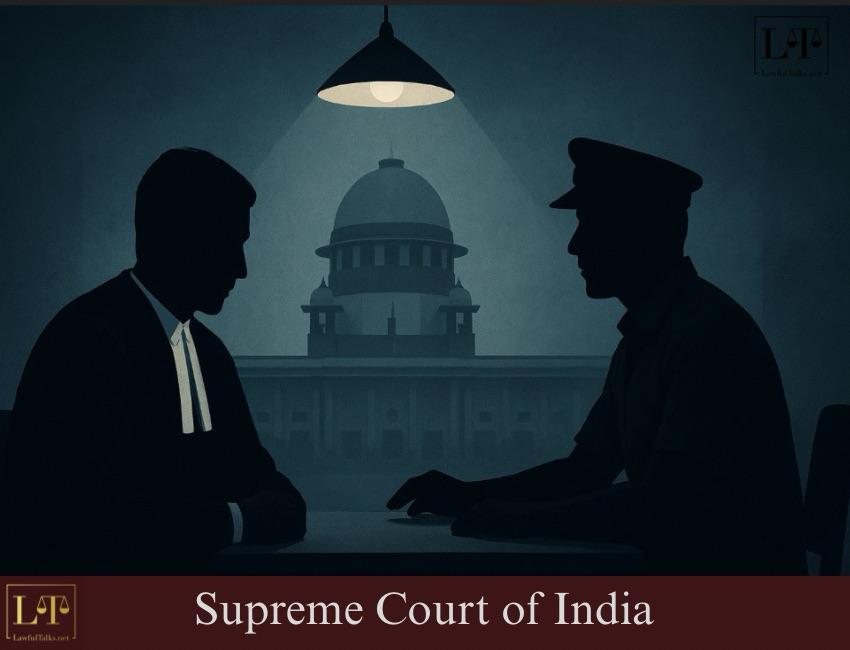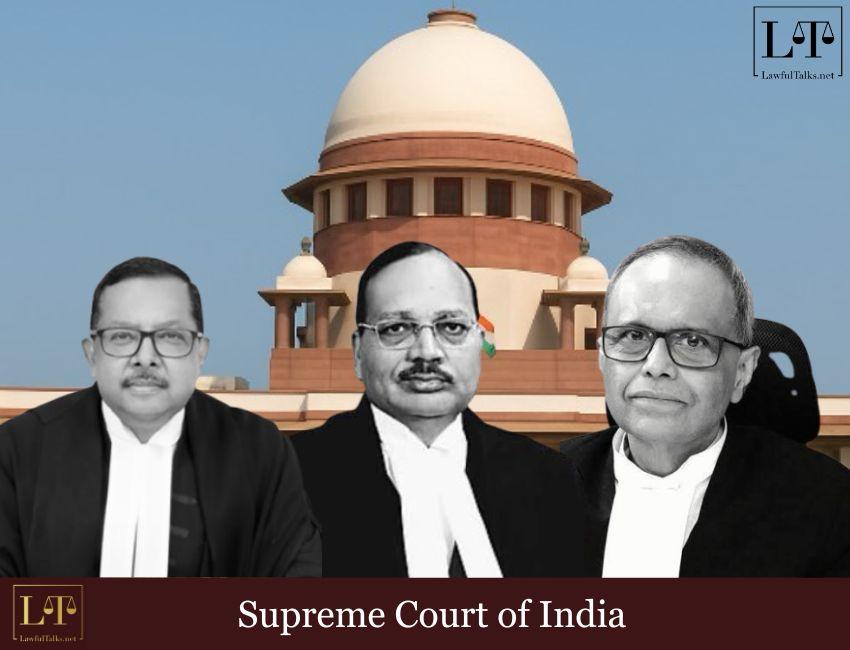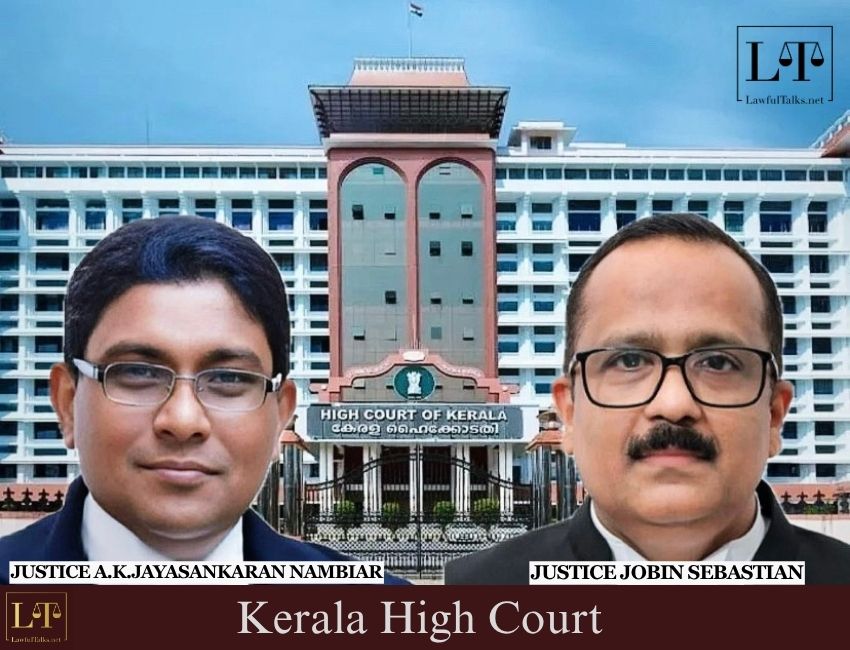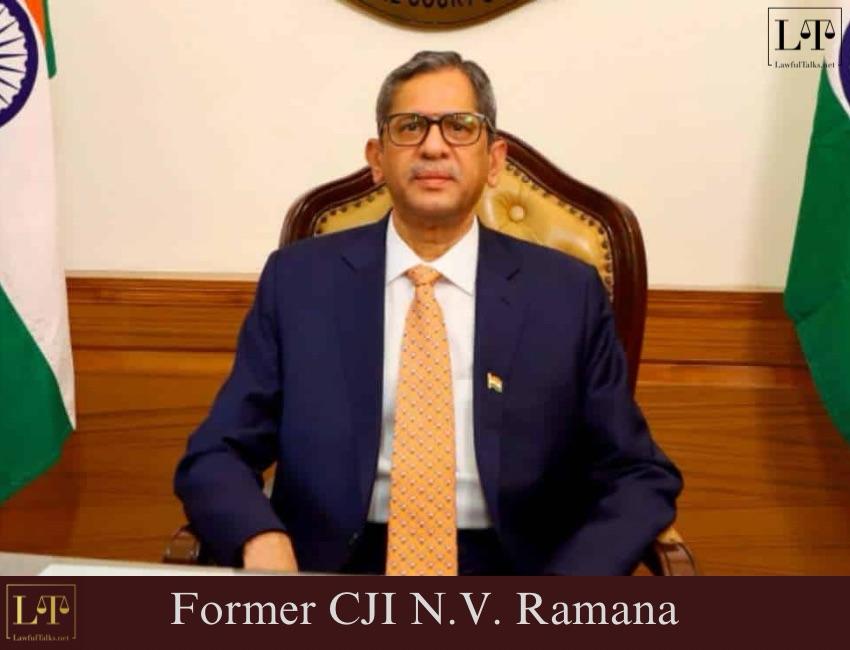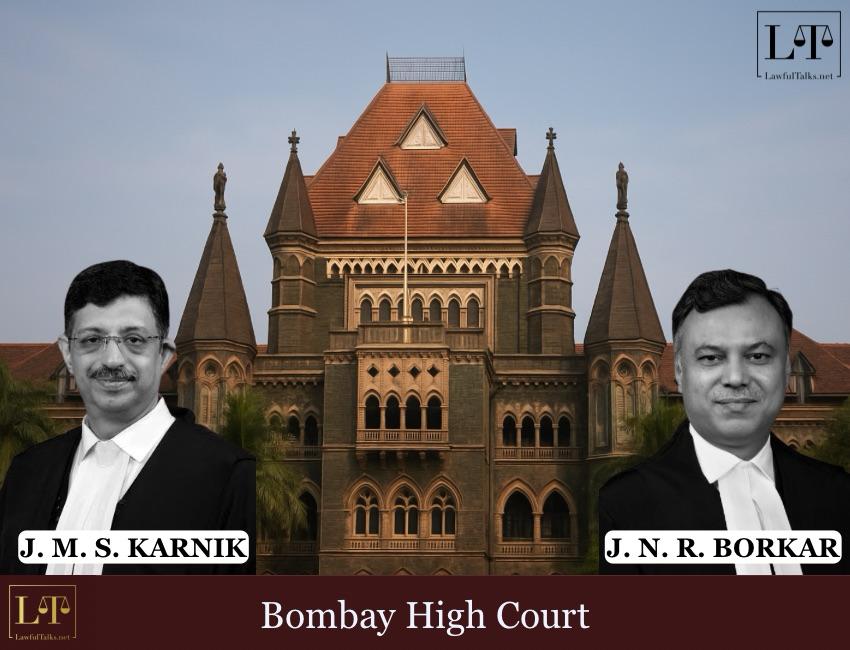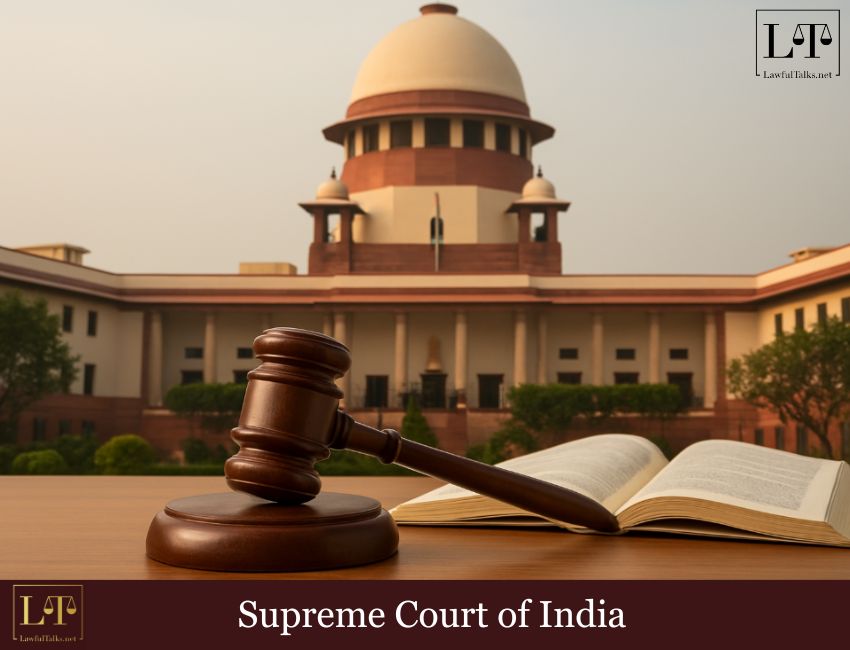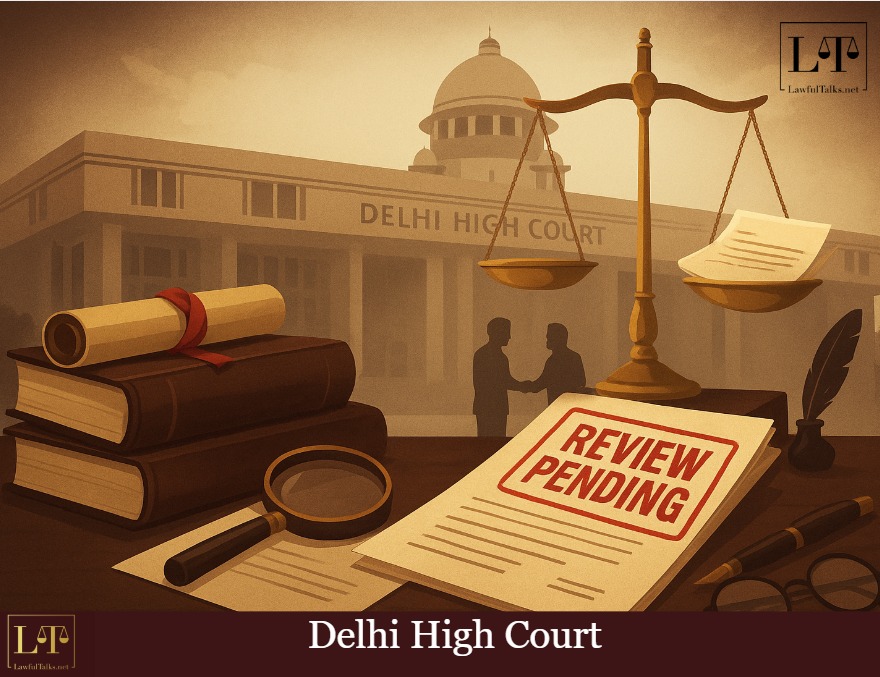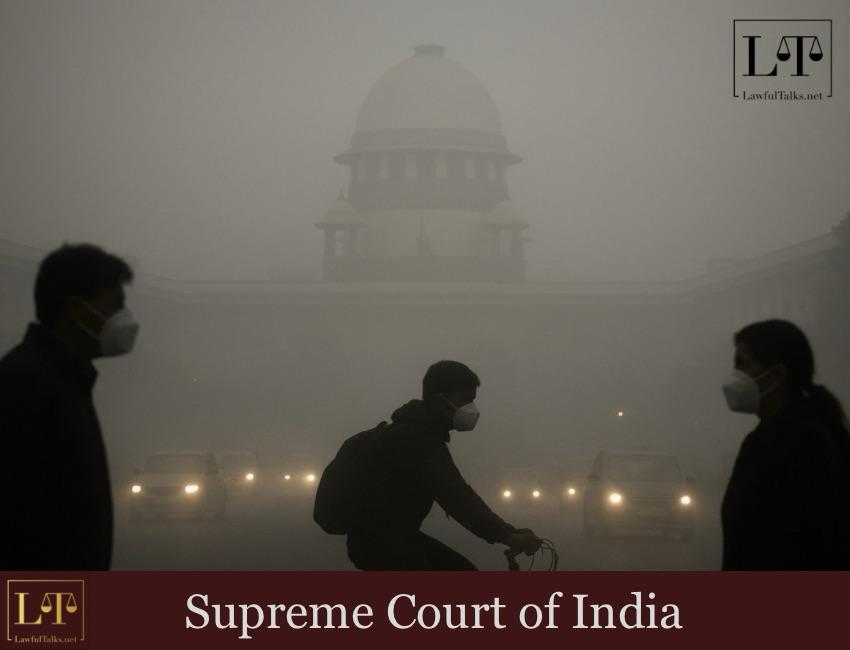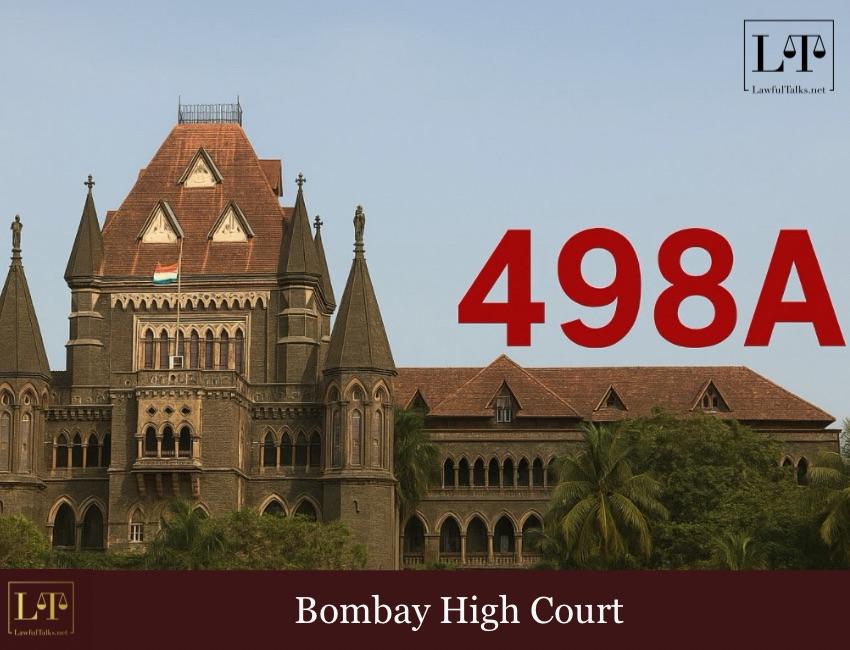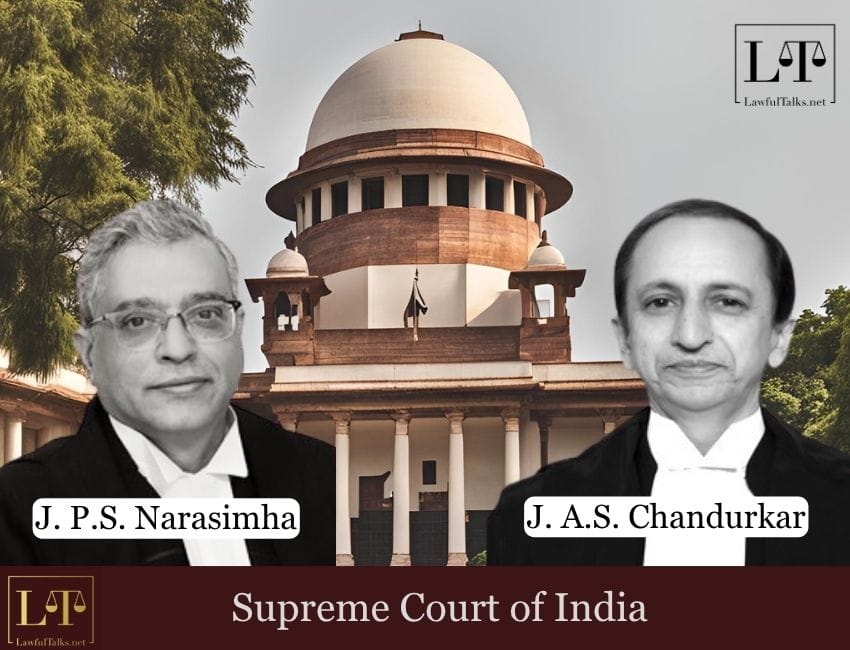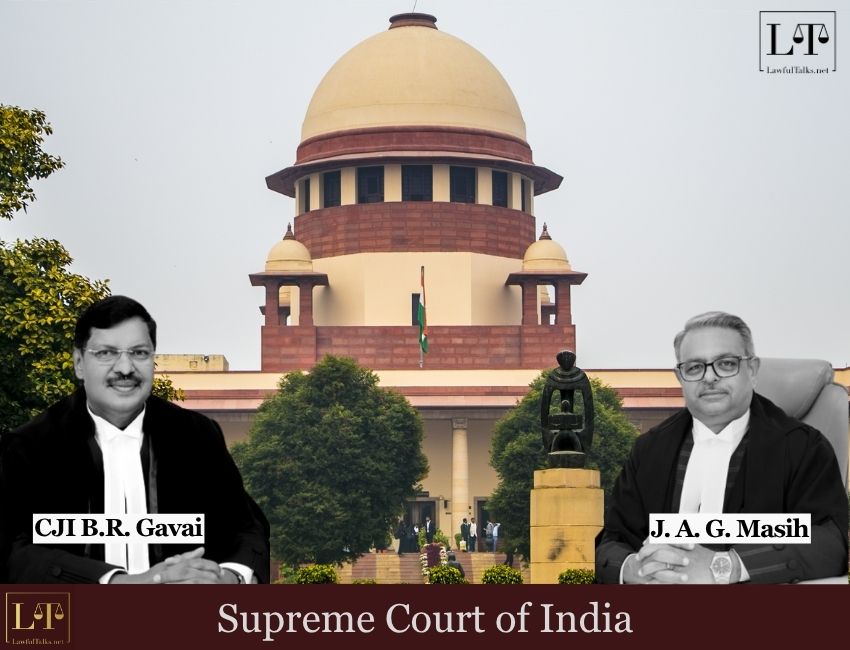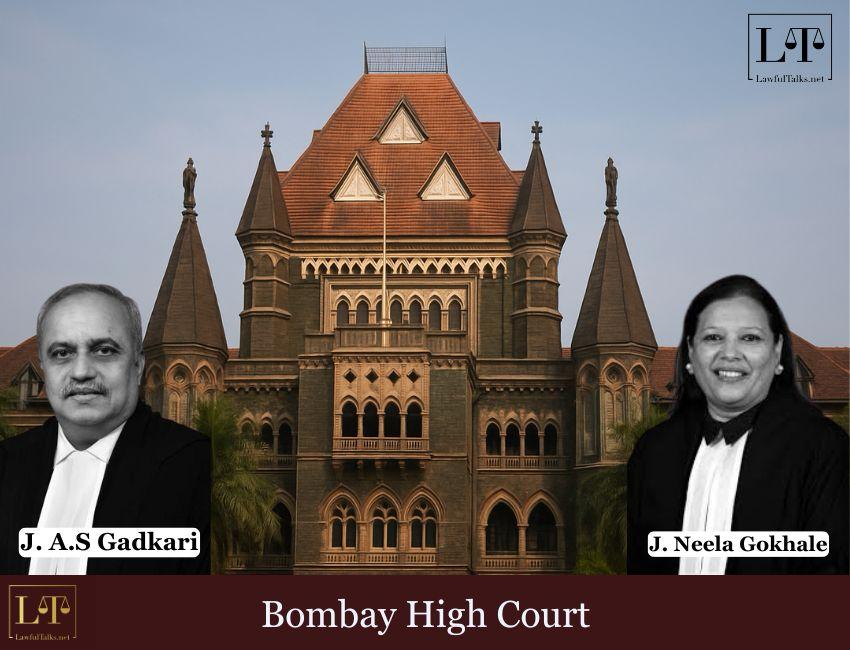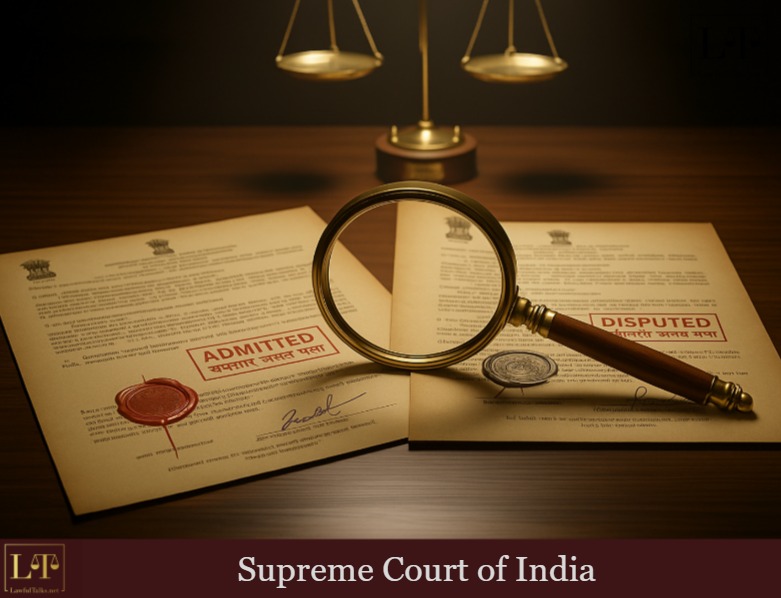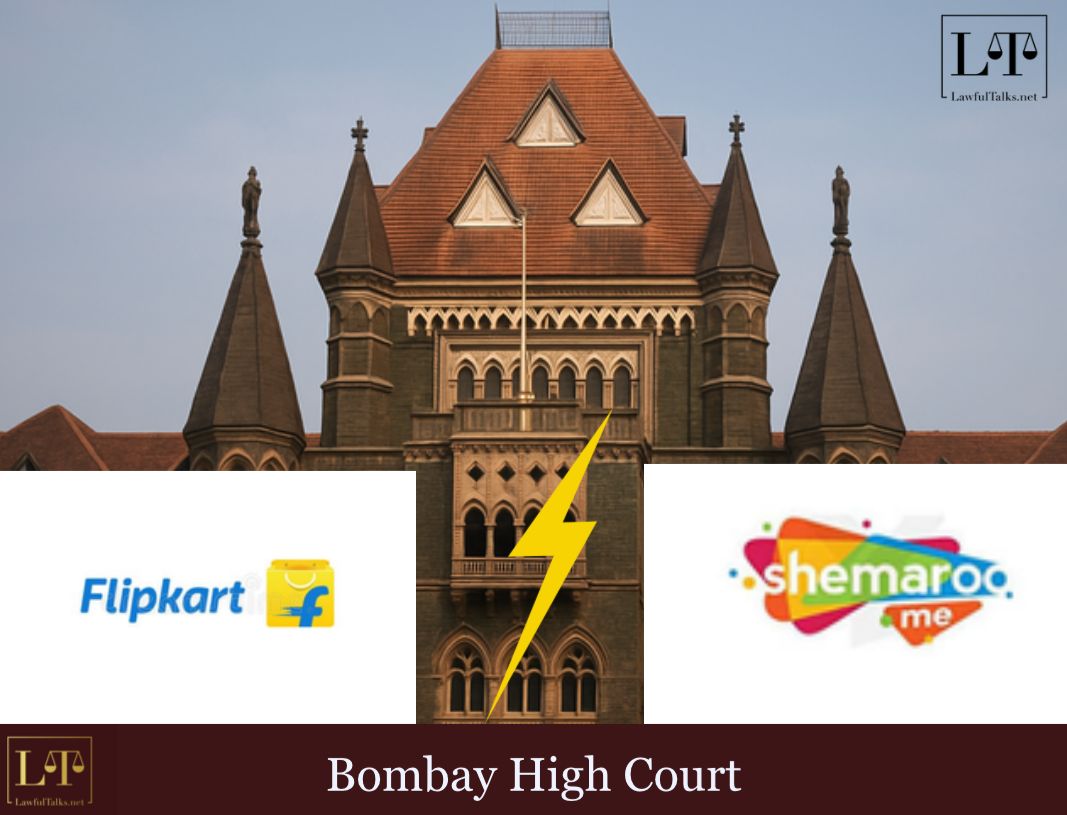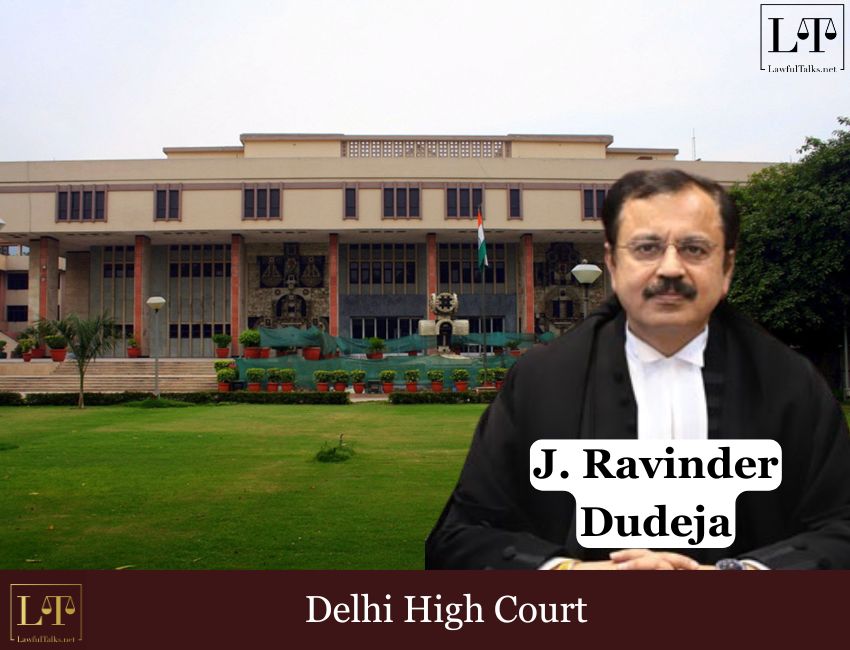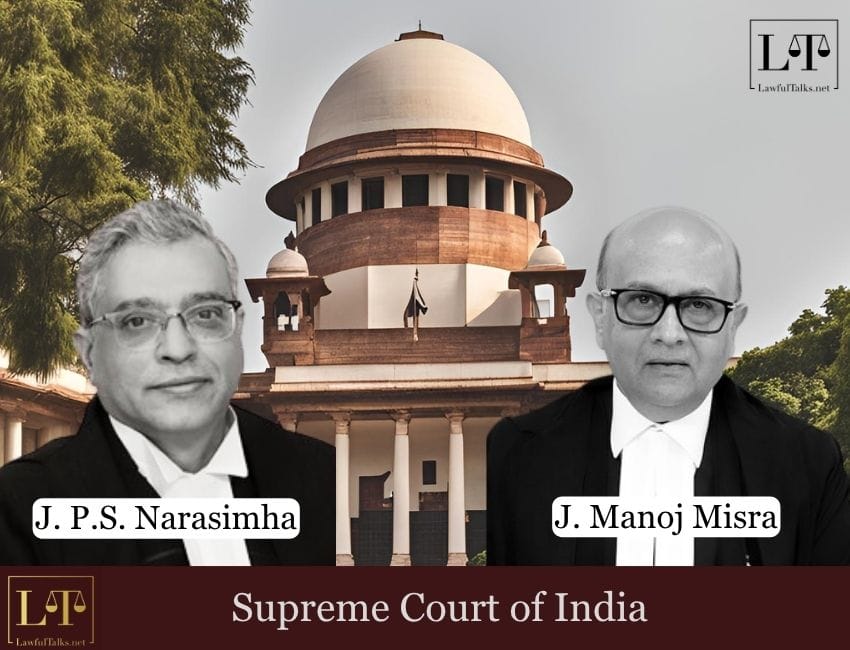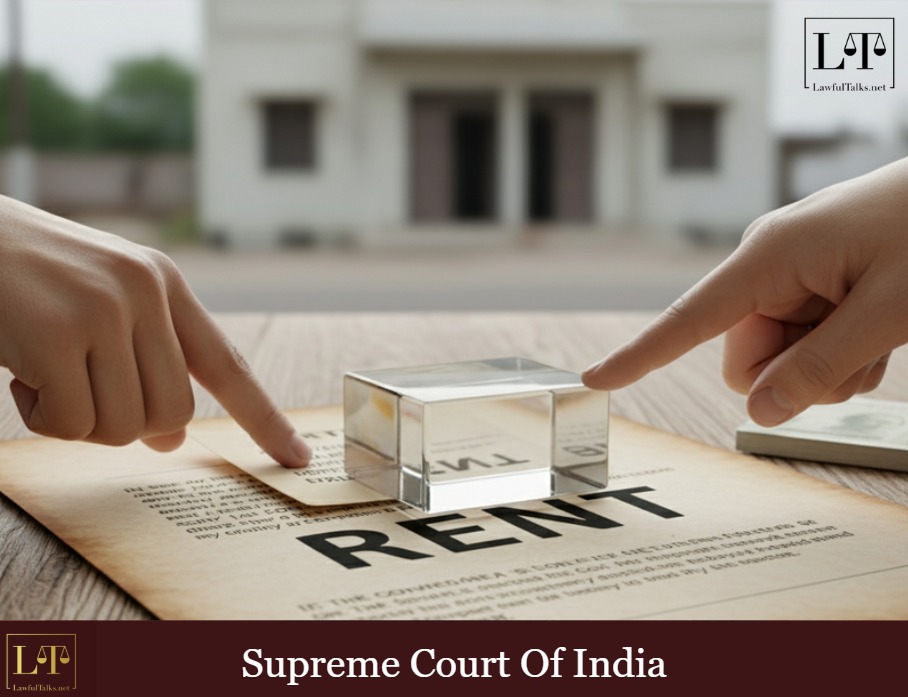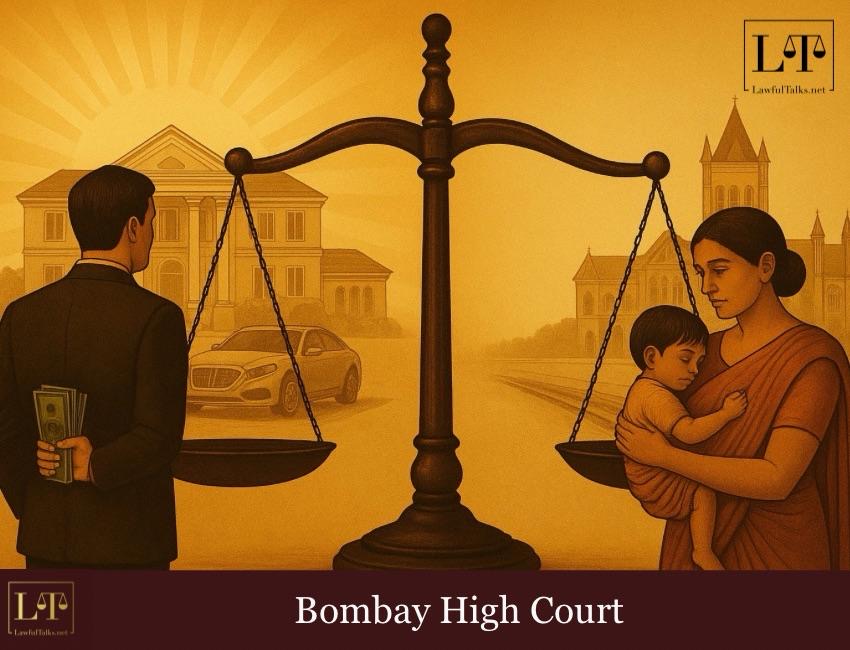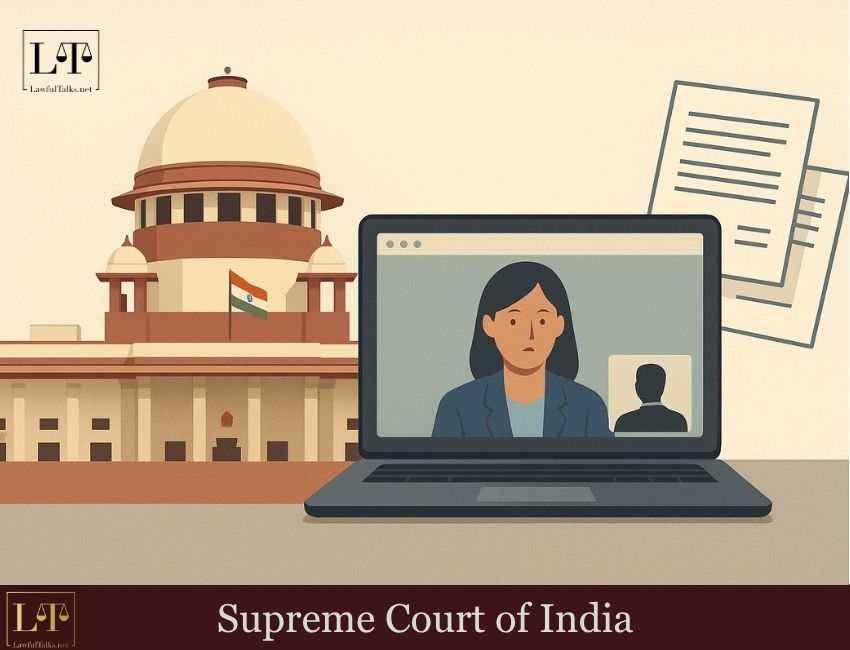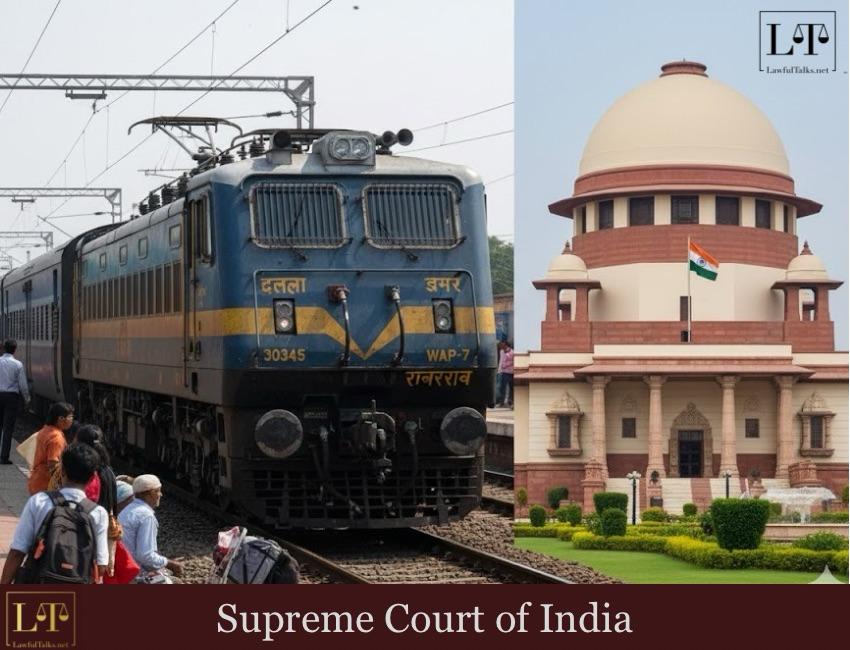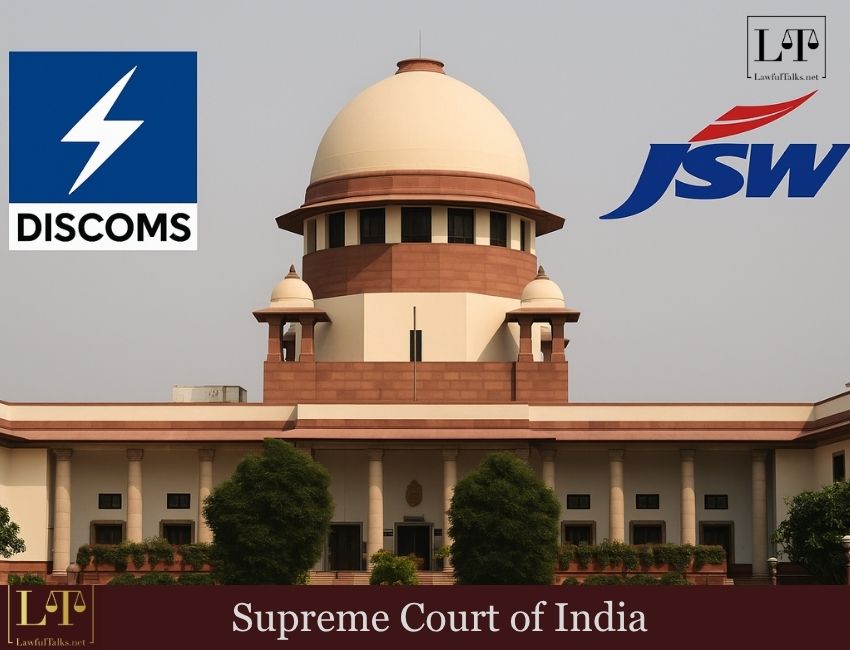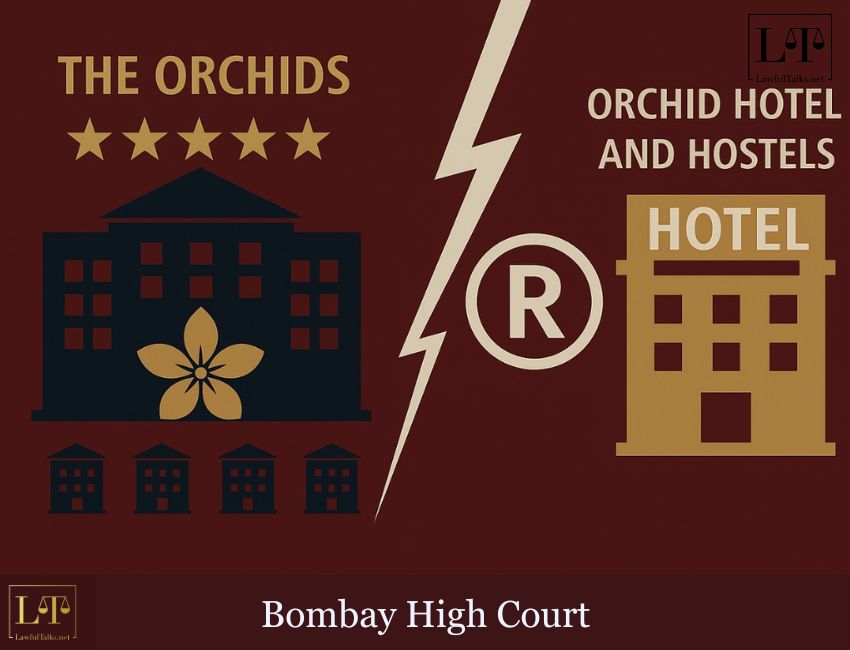Allahabad HC Sets Aside Afzal Ansari's Conviction, Allows Him to Continue as MP

The National University of Study and Research in Law (NUSRL), Ranchi, recently hosted the Justice S. B. Sinha Memorial Lecture, a distinguished event celebrating the Golden Jubilee of the historic Kesavananda Bharati v. State of Kerala case of 1973. Among the eminent invitees was Justice Bhushan Ramkrishna Gavai, sitting judge of the Supreme Court of India, who summed up his reflective note on the case, calling it the “greatest milestone in the constitutional journey of the country” and appreciating the immense labour and intellectual effort that culminated in the landmark judgement. This decision continues to be a cornerstone of Indian constitutional law even after 50 years since its judgement. His keynote address started with fine words about Justice Sinha and thereafter he touched upon a gamut of issues and numerous judgements which were inspiring and informative in their content and are worth a mention.
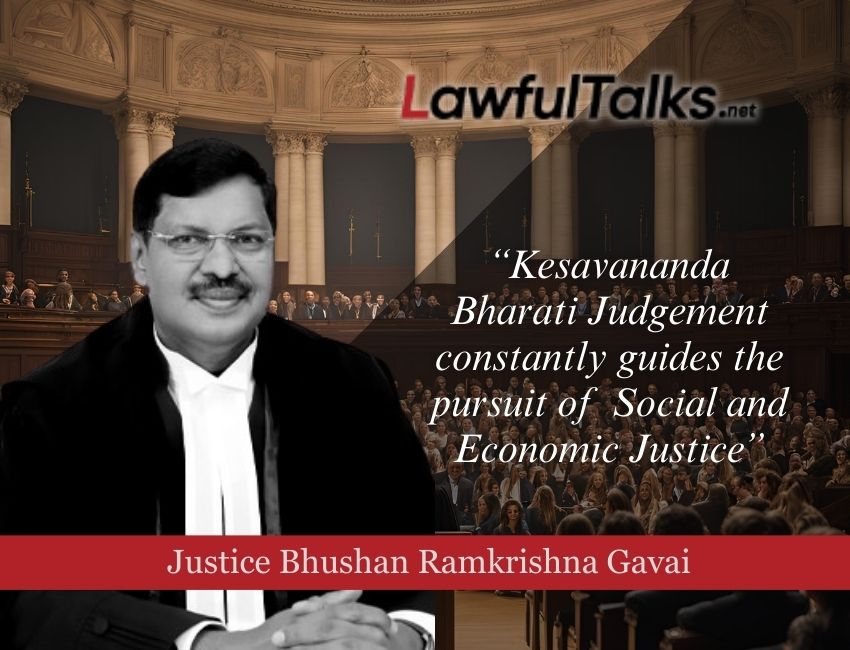
Taking the audience on a journey through India’s constitutional development, from the drafting of the Constitution by the Constituent Assembly to the many amendments leading up to the Kesavananda Bharati case of 1973, Justice B.R. Gavai touched upon the diverse backgrounds of the Constituent Assembly members, representing various walks of life and ideological perspectives. He noted,
“For a country like India, which has vast diversities-geographical, social and economic, it was difficult to chart out a Constitution suitable for one and all. By a herculean task, deep labour put in for a period of more than 2 and a half years we adopted our constitution on November 26, 1949 and brought into effect on January 26, 1950”.
The factual position at the time was that two acts were added to the 9th schedule by way of the 29th amendment to the constitution. The Kerala Land Reforms (Amendment) Act, 1969 (Kerala Act 35 of 1969) and the Kerala Land Reforms (Amendment) Act, 1971 (Kerala Act 25 of 1971) were included in the 9th Schedule. Challenging these amendments, a series of litigations were filed before the Supreme Court; the first case was Kesavananda Bharati v. State of Kerala and thus the case has been referred to by its name.
Recounting the inside story of the judges dilemma in the case, Justice Gavai explained how the validity of amendments to the Kerala Land Reforms Act was deliberated by a 13-judge bench of the Supreme Court, the largest in India’s judicial history. The judgement was nearly evenly split, with six judges, led by the then Chief Justice of India, Sarv Mittra Sikri, asserting that Parliament’s power to amend the Constitution was not absolute. They held that certain inherent limitations existed, particularly regarding fundamental rights. However, Justice A.N. Ray and five other judges of the bench differed with this premise. They opined that Parliament’s power was unlimited, even to the extent of amending or abrogating fundamental rights. "The Parliament had no right to abridge, take away, or abrogate any of the fundamental rights by amending the Constitution,” Justice Gavai explained.
In a bid to resolve the complexity of the issue, Justice Gavai recalled the nuanced position of Justice H. R. Khanna, who partly supported the view of Justice Sikri and partly supported the view of Justice A. N. Ray. It was Justice Khanna’s view that, “the term Amendment postulated that the parliament has no power to Tinker with the basic structure of the Constitution. It (the parliament) cannot amend so that it takes away the basic structure of the Constitution but however he held that the fundamental rights were not the part of the basic structure of the Constitution and the Parliament also had a power to amend the Constitution in a manner that it takes away the fundamental rights of the citizens”.
Justice Gavai affirmed, “the power under Article 368 was not controlled by clause (2) of Article 13. "
The view of Kesavananda Bharati still holds firm after 50 years of its existence and 74 years since the enactment of the constitution.
This interpretation came to be known as the “basic structure doctrine,” which remains the bedrock of the Constitution’s core principles. Justice Gavai took the audience through key principles that emerged from various judgements in the Kesavananda Bharati case, authored by different judges of the bench. These principles he explained, included the supremacy of the Constitution, the separation of powers between the executive, legislature, and judiciary, the protection of individual dignity, an aspiration to build an egalitarian society, and the preservation of parliamentary democracy. He avowed that the Supreme Court had definitively ruled that “fundamental rights and directive principles together are the soul of the Constitution.” The concept of basic structure doctrine he explained, has been further followed by various judgements of the Supreme Court. Quoting a few:
- In the case of Indira Nehru Gandhi v. Shri Raj Narain & Anr 1976 2 SCR 347, the 39th Amendment to the Constitution was set aside and it was held by the Constitution Bench that, free and fair elections were also part of the basic structure; therefore, parliament had no power to amend it in a way that interfered with the right of free elections.
- In the case of Maneka Gandhi v. Union Of India, 1978 AIR 597, the Supreme Court held that travelling abroad was also part of fundamental rights. The scope of fundamental right was expanded in this case, the court held that not only the rights which are enumerated in Part III will be fundamental right, it is not restrictive but anything which could be culled out from the golden trinity of Article 14, 19 and 21 can be a fundamental right.
- The validity of the 42nd Amendment to the constitution was determined in cases of Minerva Mills Ltd. & Ors v. Union Of India & Ors 1980 AIR 1789, where the 42 Amendment to the constitution was challenged vide which Article 31C was amended to expand the scope, it was held by the Constitution Bench that all the laws made in furtherance of the directive principle will have the protection of Article 31C and they could not be challenged in the ground of being violative of fundamental rights. The Constitutional Amendment was set aside through majority.
- A Contrasting Stance was taken in the case of Sanjeev Coke Manufacturing Company v. Bharat Coking Coal Ltd. And Another 1983 AIR 239, where it was held also by the Constitution Bench that the view taken in Minerva Mills to be an erroneous view. The court held that the Constitutional Amendment is valid.
India’s pursuit of social and economic justice has been constantly guided by the Kesavananda Bharati judgement he stated. Since 1973, the constitutional “trinity” of Articles 14, 19, and 21 has expanded citizens’ rights, furthering the vision of the Constitution’s framers. Over the past five decades, the case has not only preserved the basic structure doctrine but also prevented Parliament and the executive from undermining it. Moreover, the judgement has helped advance social and economic justice as envisioned in the Preamble of the Constitution.
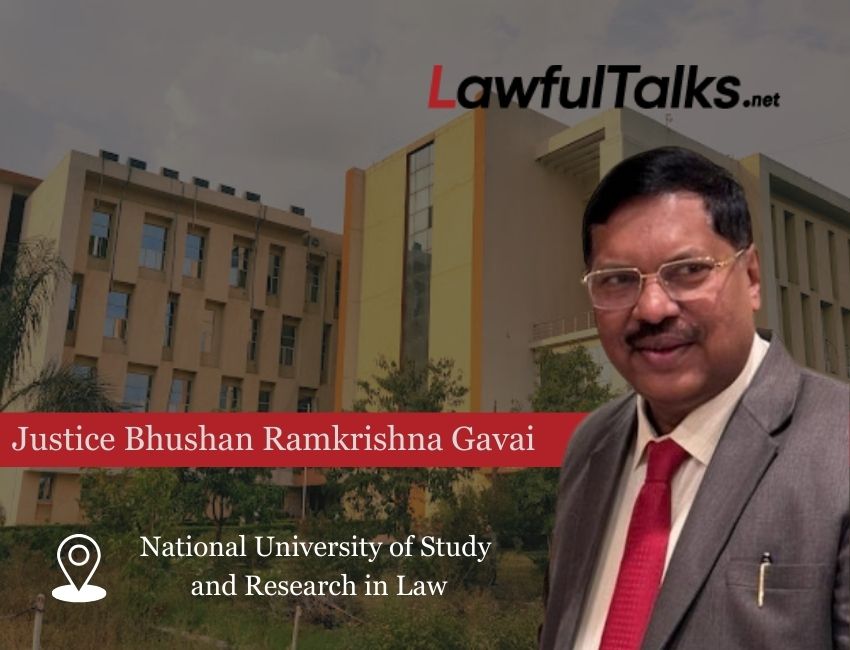
Lauding the vision and foresight of Dr. B.R. Ambedkar and social reformers like Mahatma Phule and Savitribai Phule, he informed the gathering that these epoch makers had warned about the historical marginalisation of women and the only way forward they deemed was to champion the cause of their education. India over the years has seen progress on many fronts and women occupying the highest offices of the country is a marker of its progress. He quoted that one became a former prime minister and another a tribal woman who is today the President of our Republic. This he said is testimony of India making strides towards an equal society. Lauding our constitution, Justice Gavai explained how India’s success story compares with it's neighbour countries like Pakistan, Sri Lanka, Nepal and Bangladesh.
India over the years has seen many internal and external challenges but we successfully surmounted these. Reiterating that India draws its strength from a constitution so outstanding that we continue to remain a united and resilient country compared to our neighbours. The success of this, he stated, goes to Dr. B.R. Ambedkar whose foresight, vision and incisiveness gave us a constitution to be proud of. This, he said, is the reason for our stability. “In spite of so many differences, so many difficulties faced in the neighbouring country, our country has been successful in remaining united, remaining strong at the time of War and Peace.” Crediting the Kesavananda Bharati judgement likewise, which he said, played a crucial role in preserving our national unity.
Justice Gavai’s tribute to Justice S.B. Sinha was noteworthy. Describing the former Judge as a tireless jurist who made significant contributions across all branches of law, including constitutional, criminal, arbitration, and commercial matters, Justice Gavai shared anecdotes of the late judge’s relentless work ethic, often working late into the night.
Justice Sinha’s profound influence on Indian jurisprudence was evident in his landmark judgments. His decisions were frequently published in law journals, highlighting his expertise across various legal disciplines. Justice Gavai commended his contributions to commercial law, where he advocated for the business efficacy theory, promoting fairness and pragmatism in business practices. Among Justice Sinha’s most notable contributions was his balanced approach between capital punishment and life imprisonment. Previously, life imprisonment typically meant 14 years, often followed by remission.
However, Justice Sinha introduced a "middle path" between life imprisonment and the death penalty, advocating for sentences longer than 14 years but short of capital punishment, depending on the case. This approach was applied in cases like Swamy Shraddananda v. State of Karnataka, where life imprisonment without remission for a specified number of years was deemed an adequate alternative to the death penalty. Even after his retirement, his influential roles at Telecom Disputes Settlement and Appellate Tribunal (TDSAT) and in arbitration contributed to his lasting legacy and commitment to justice.
Concluding his speech, he urged the audience to embody constitutional values in their daily lives, asserting that this would be the most fitting tribute to both Justice Sinha and the legacy of the Kesavananda Bharati case.
Leave a Comment
Asmi Desai
Advocate, High Court
Latest Posts
Categories
- International News 19 Posts
- Supreme Court 306 Posts
- High Courts 318 Posts















